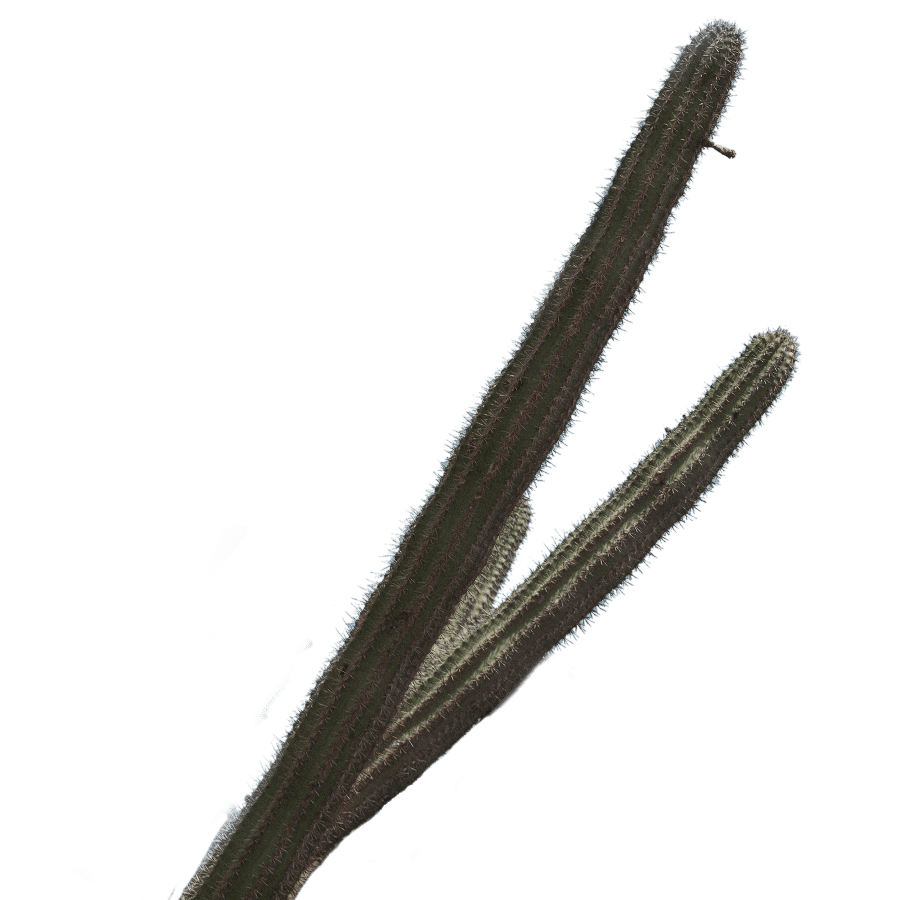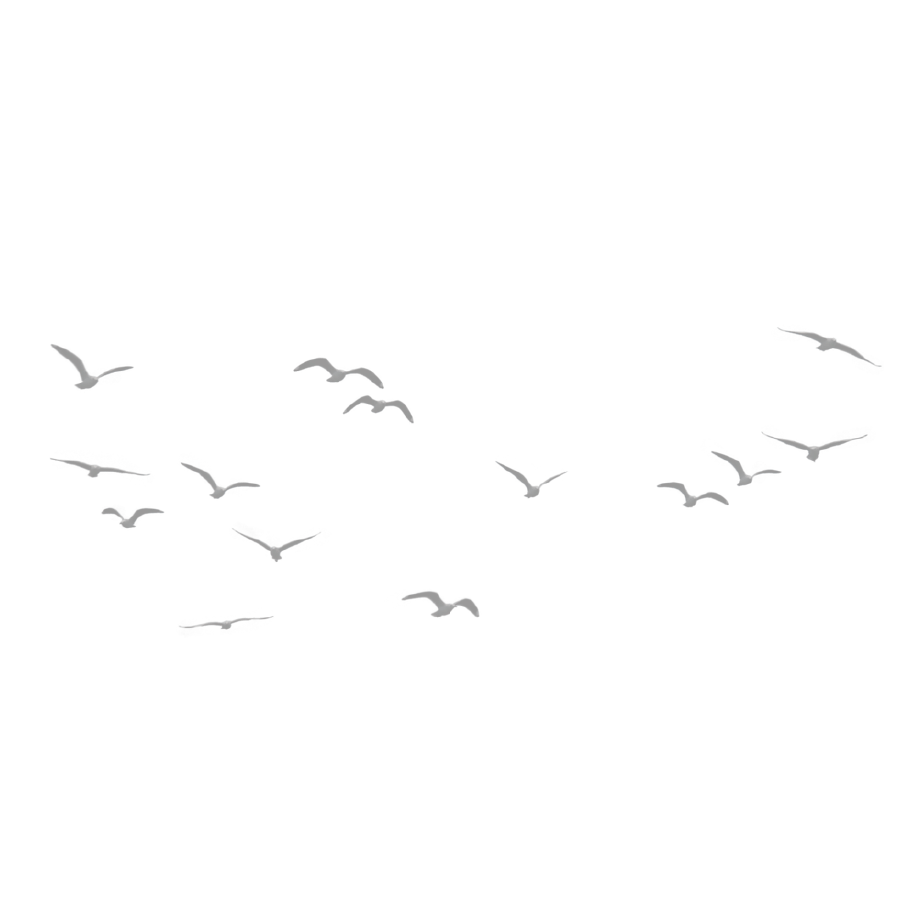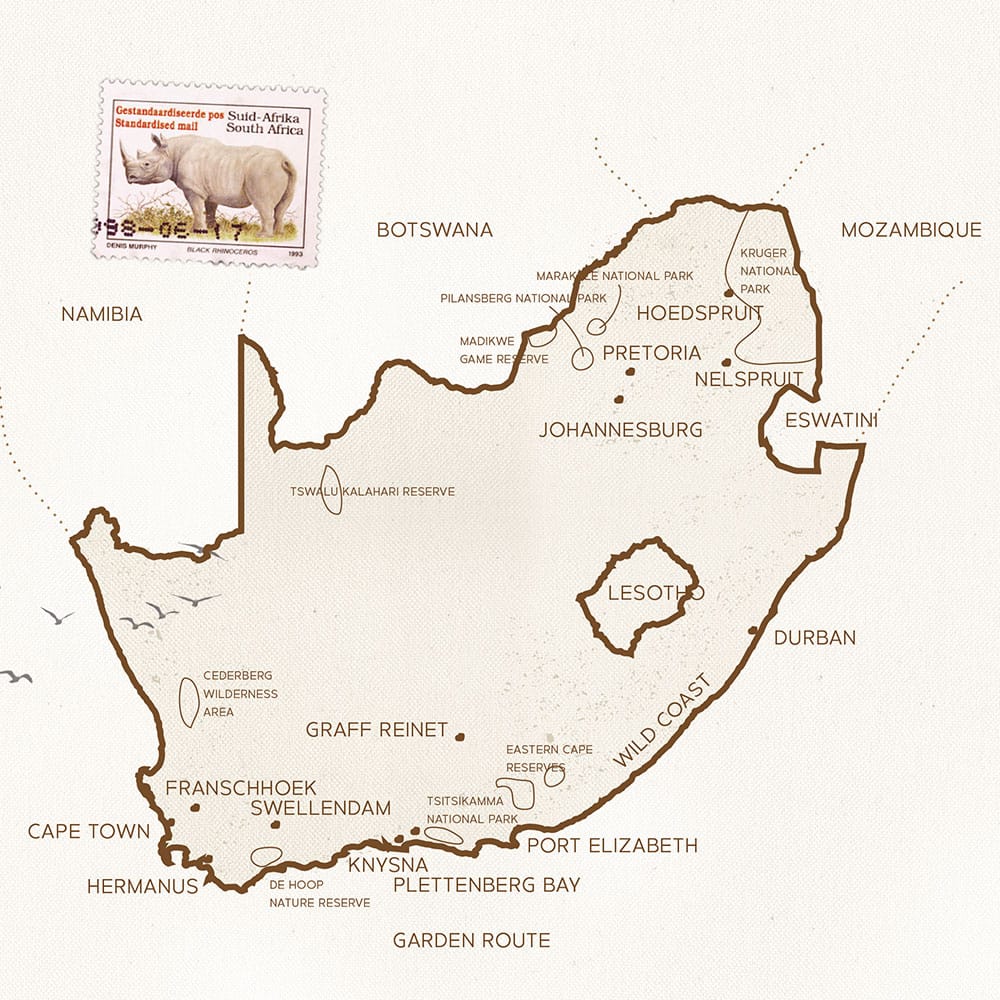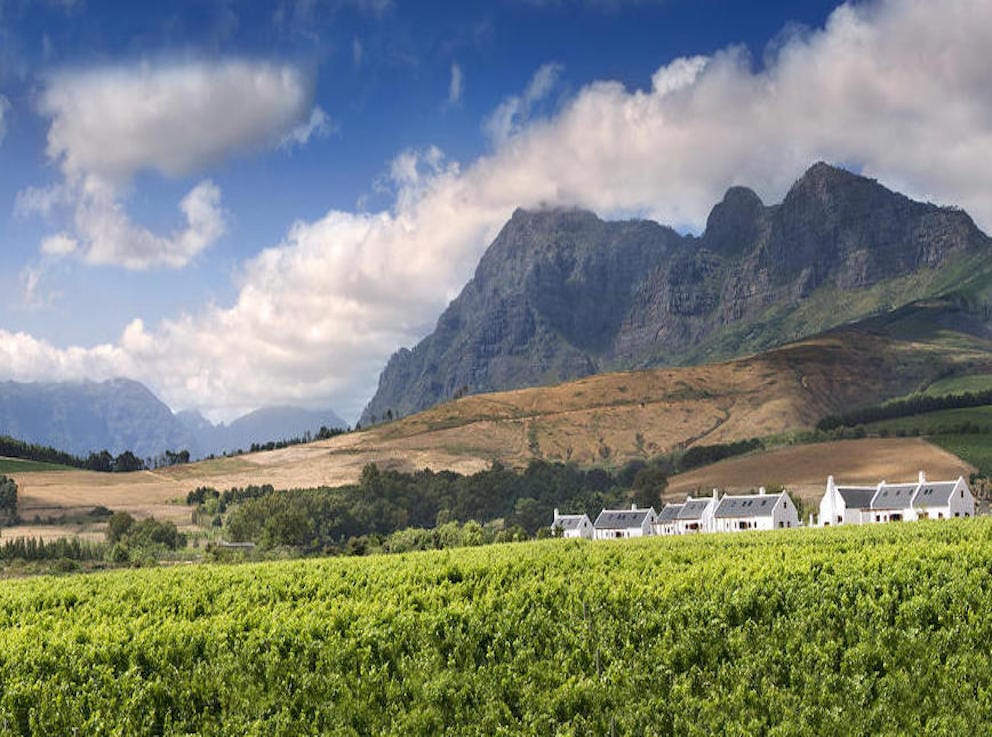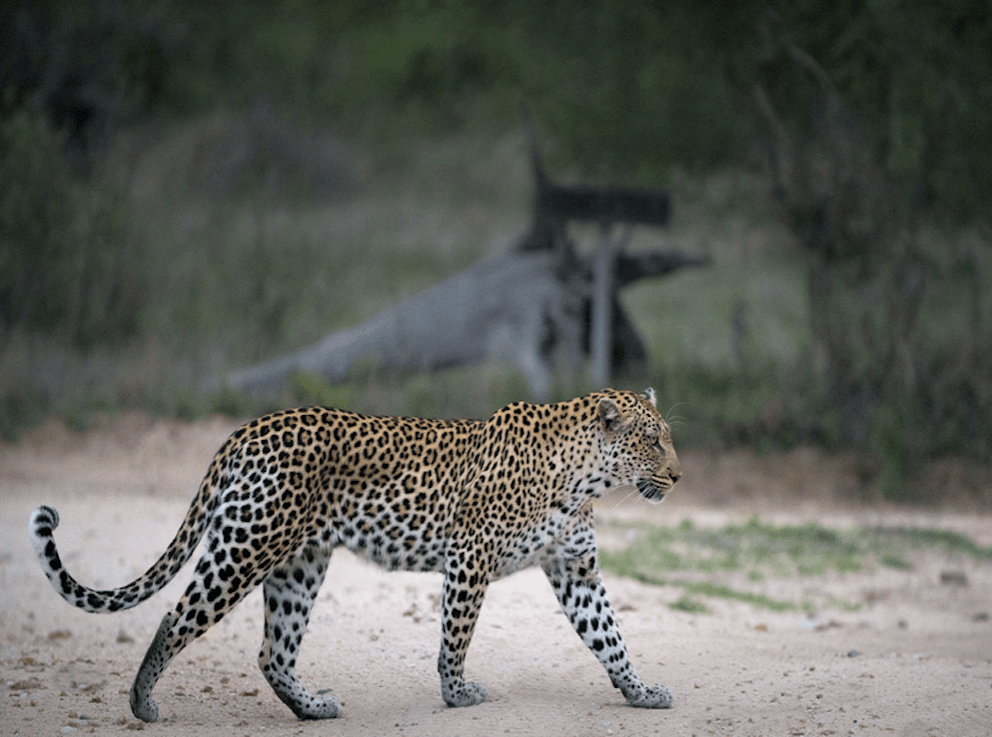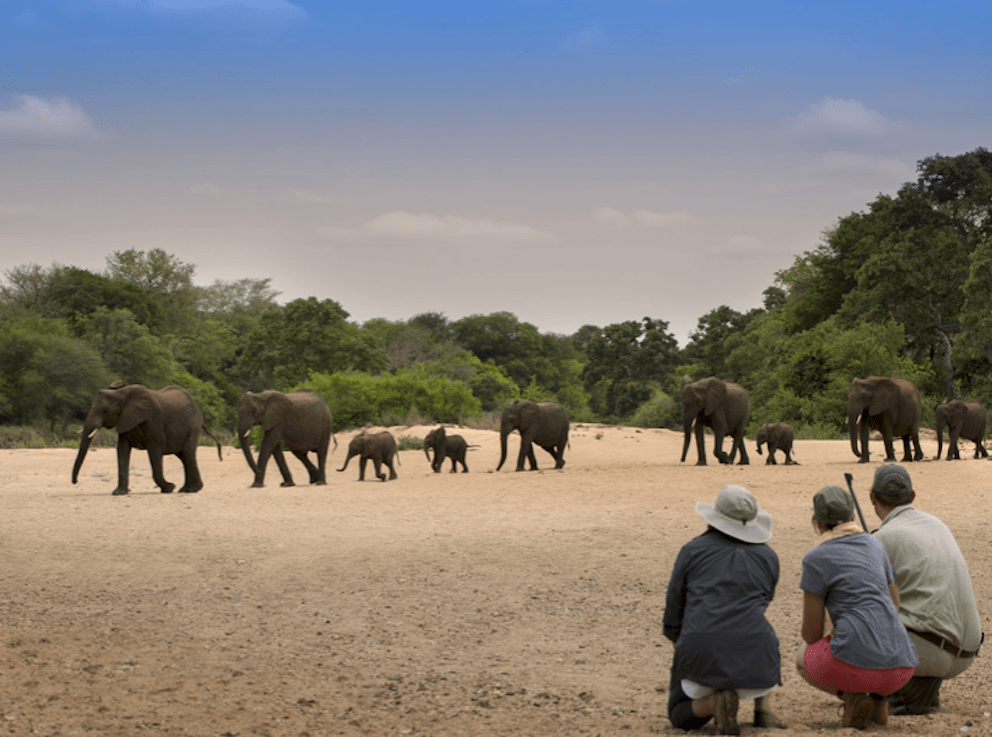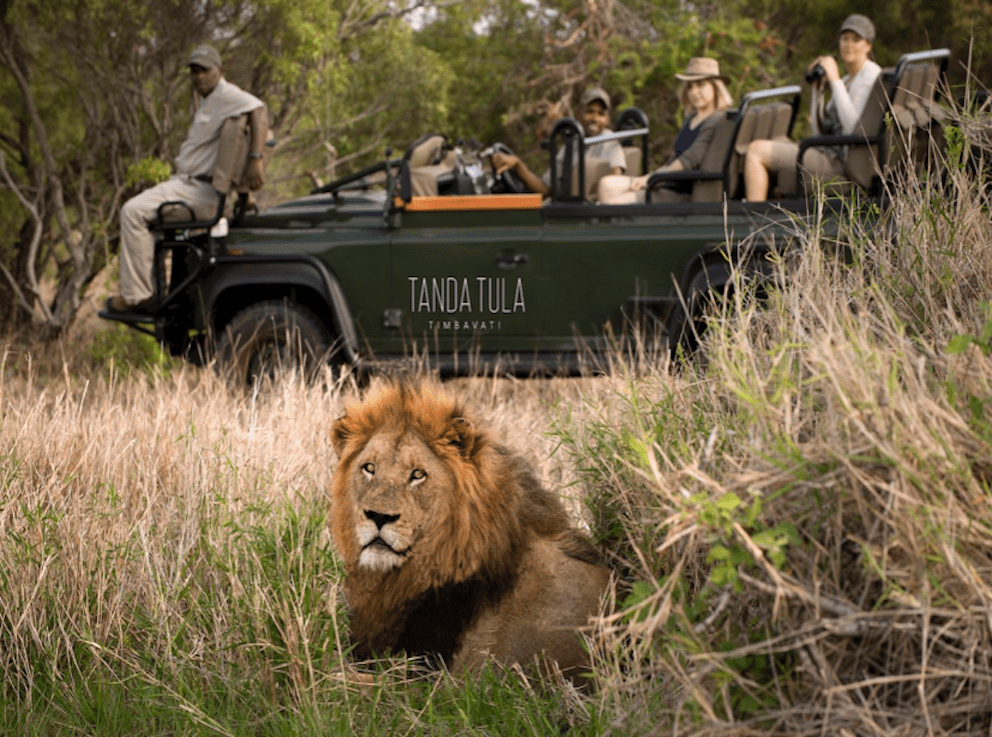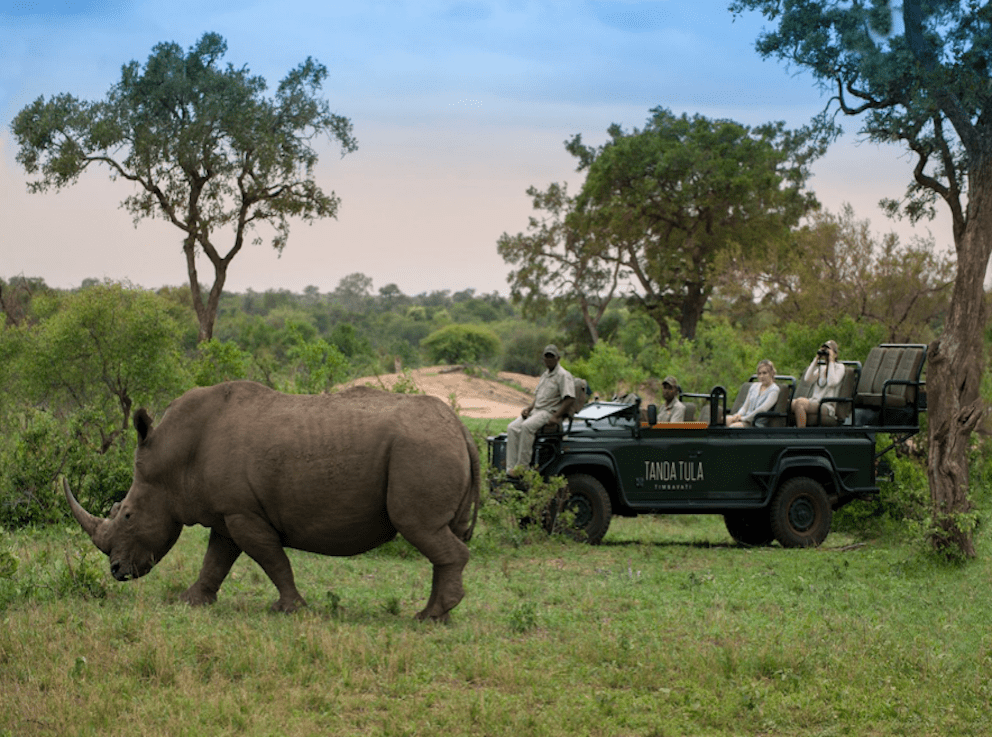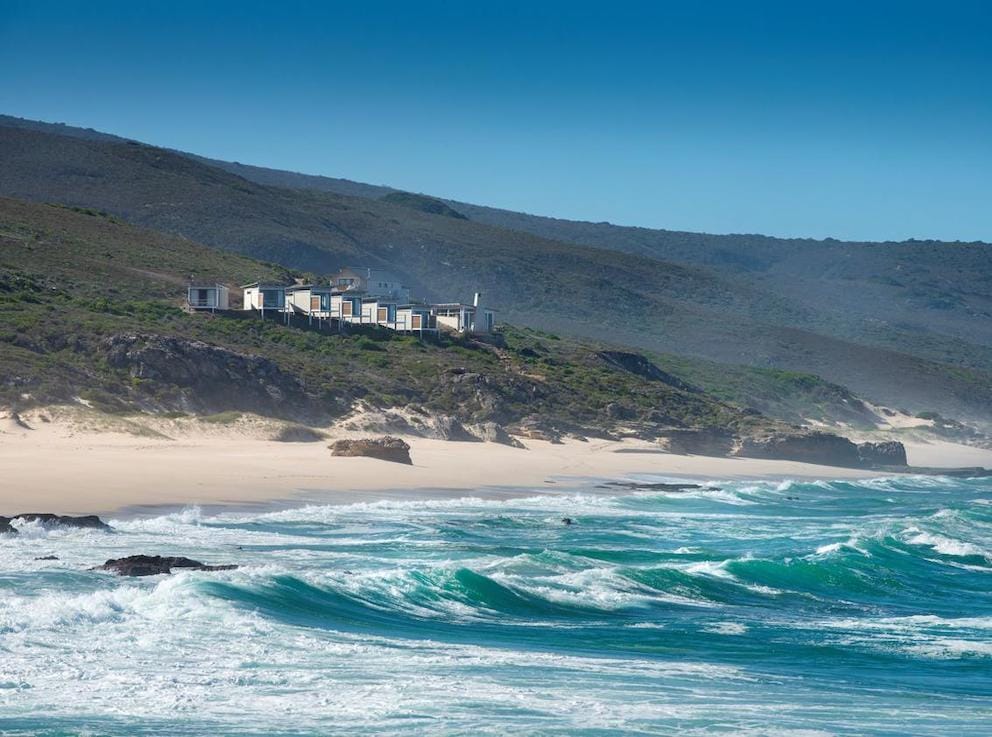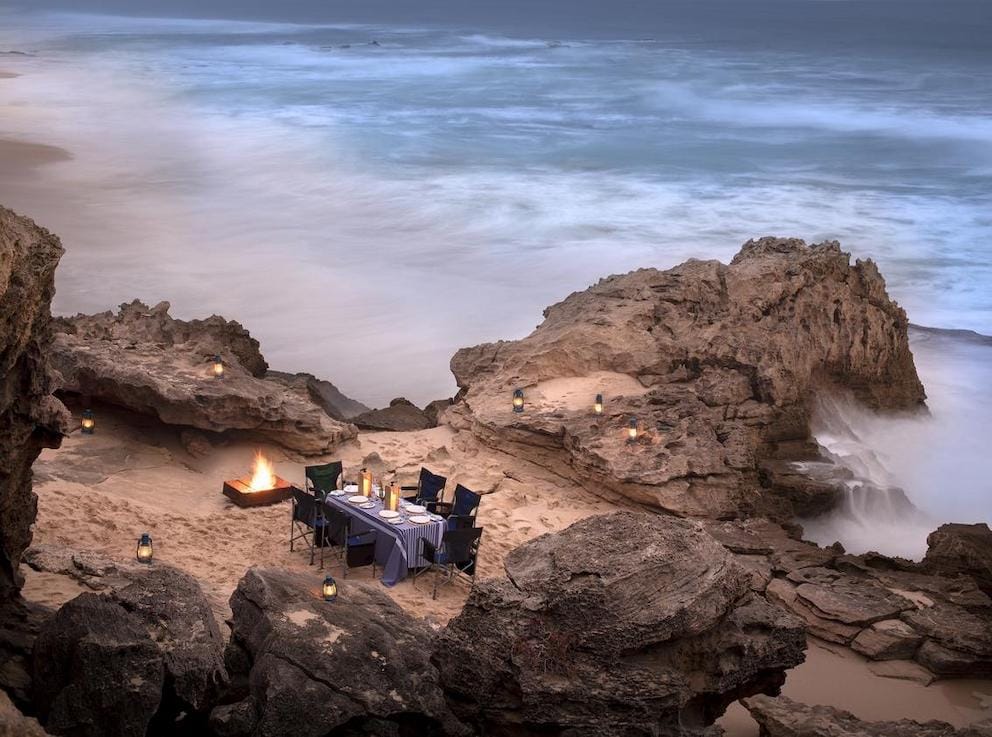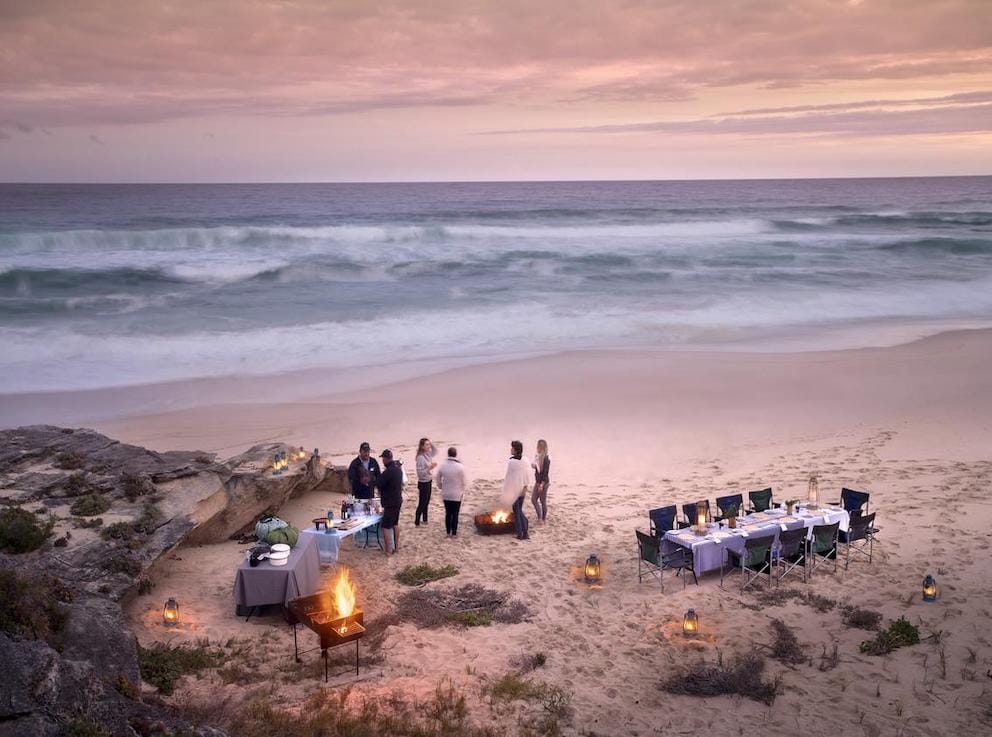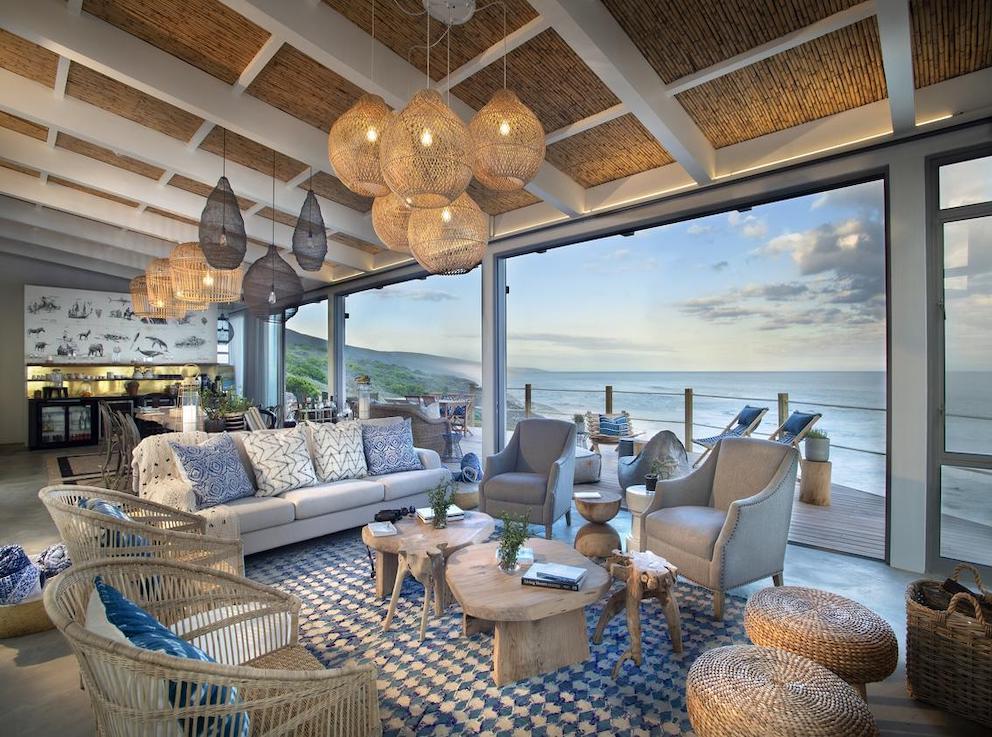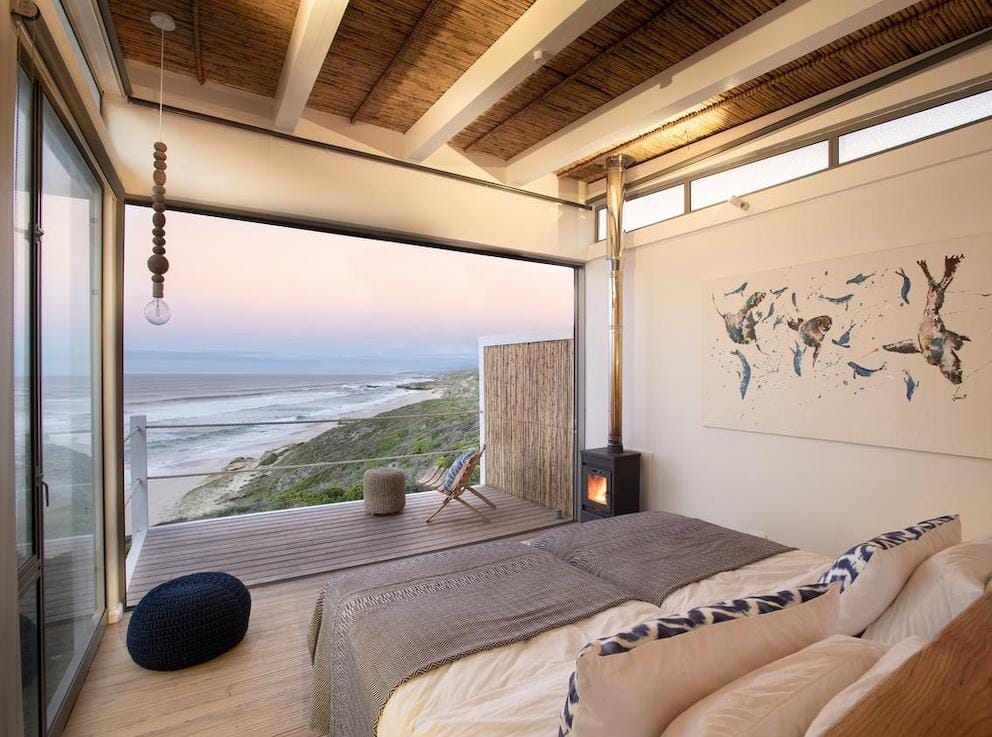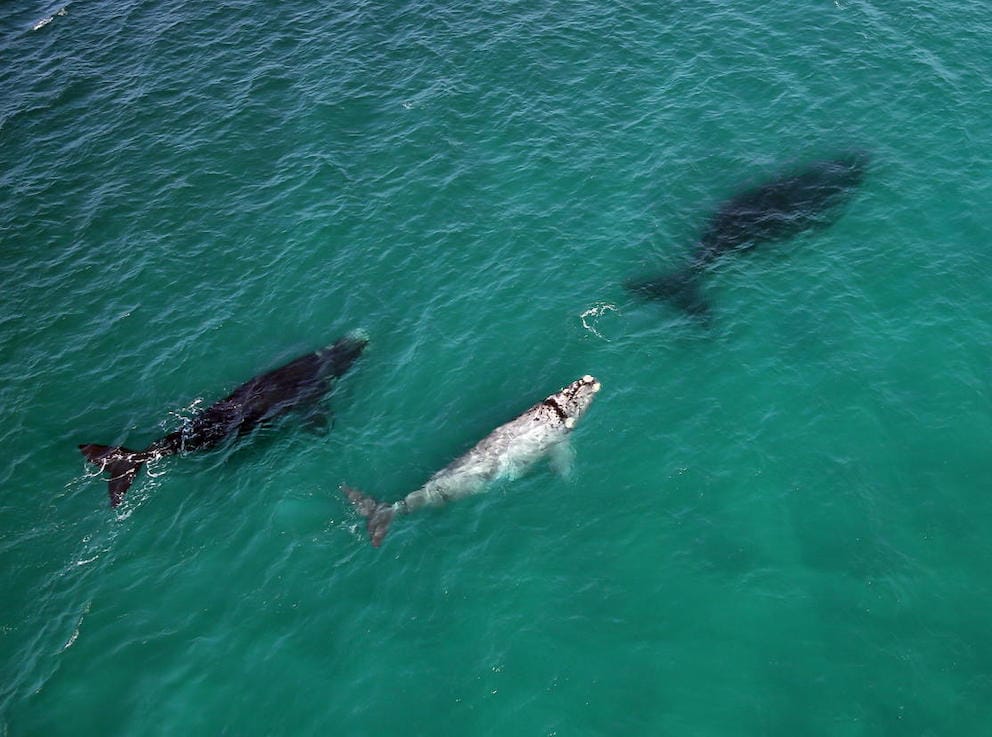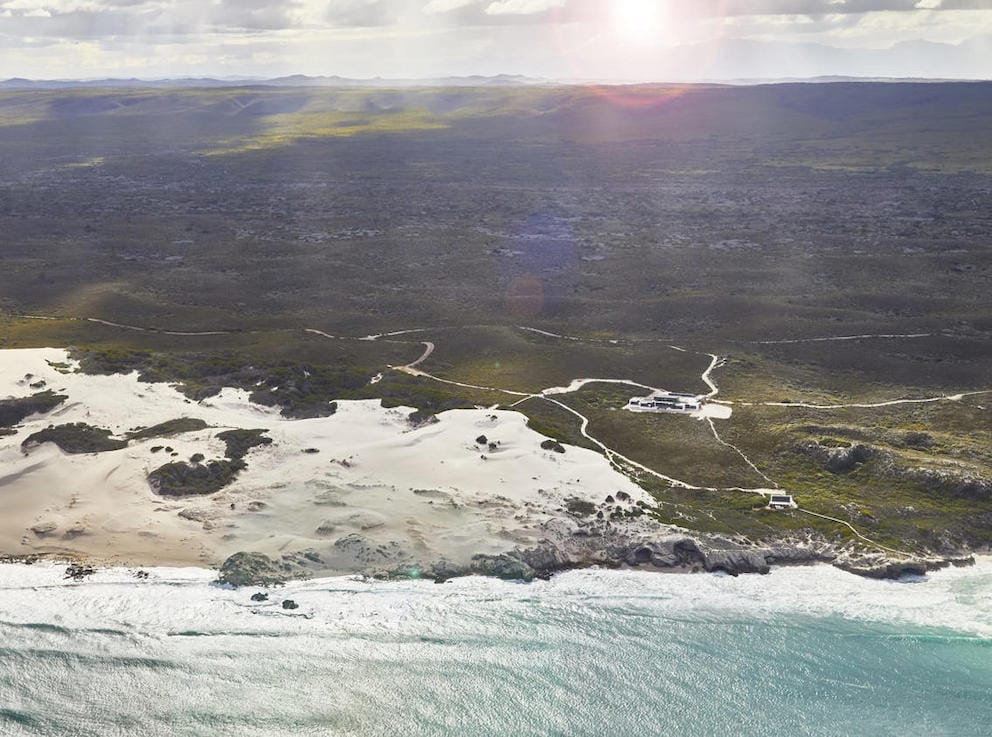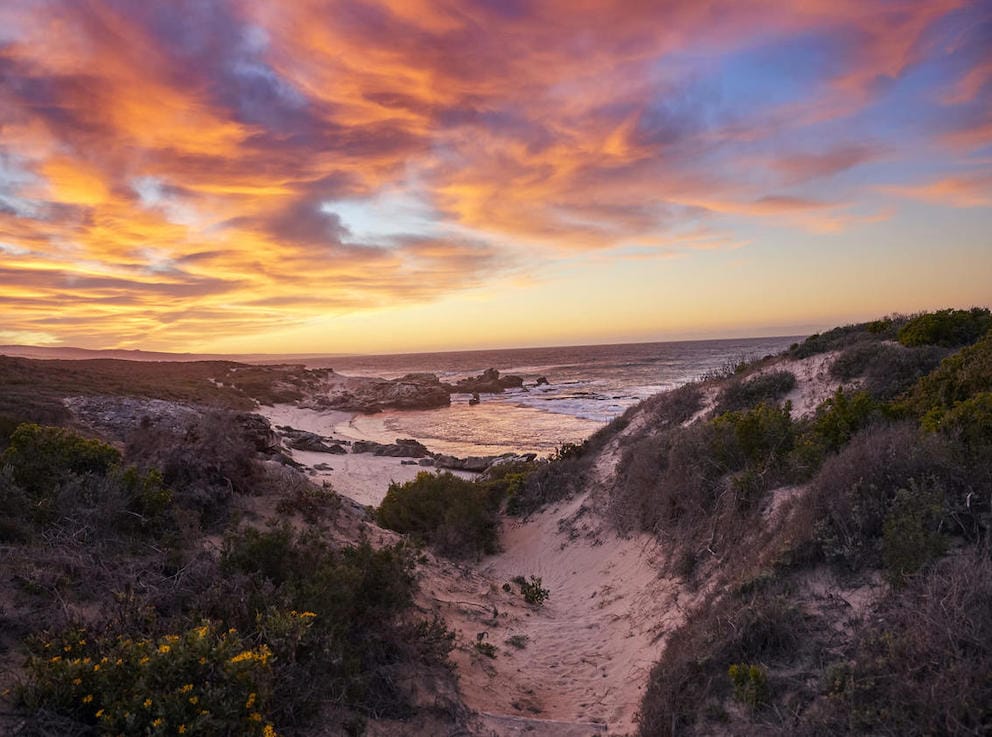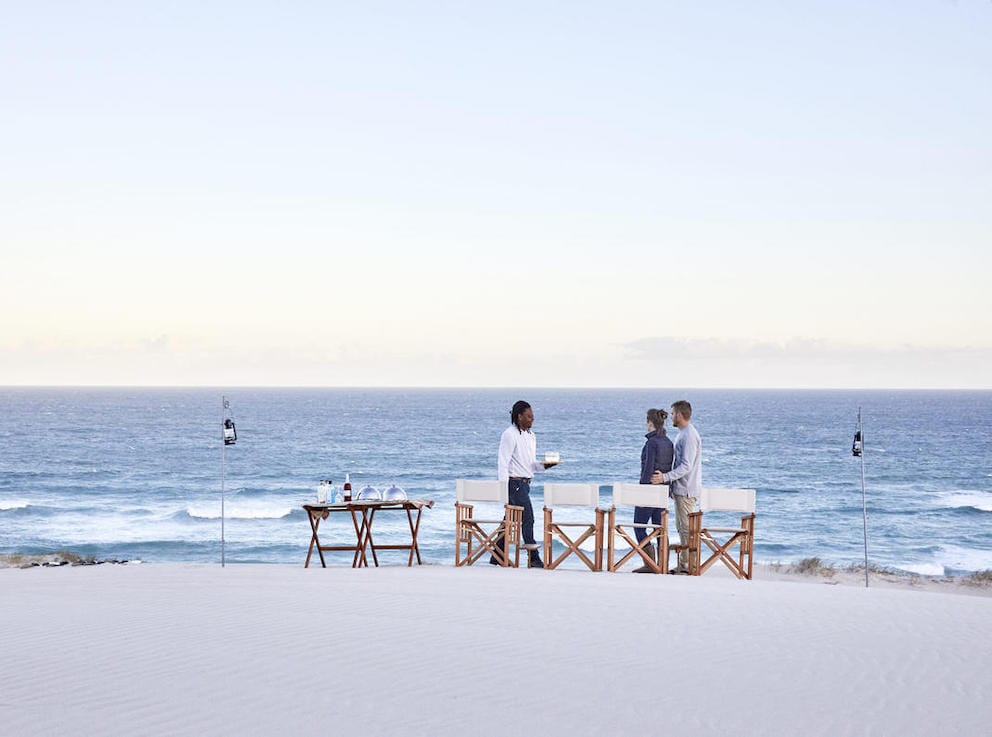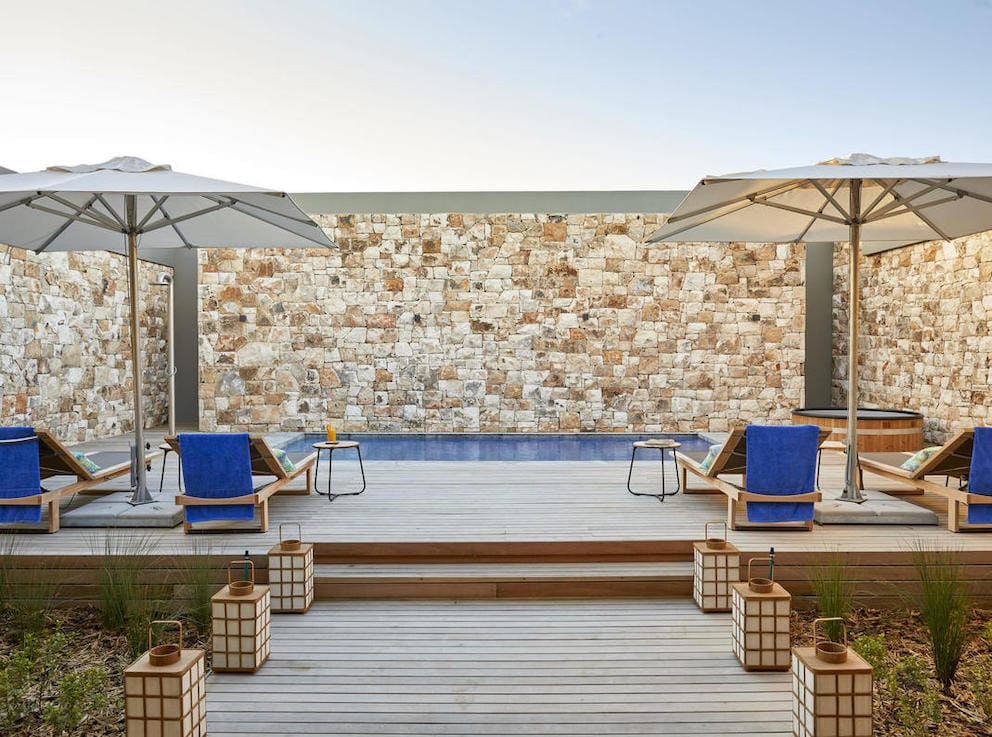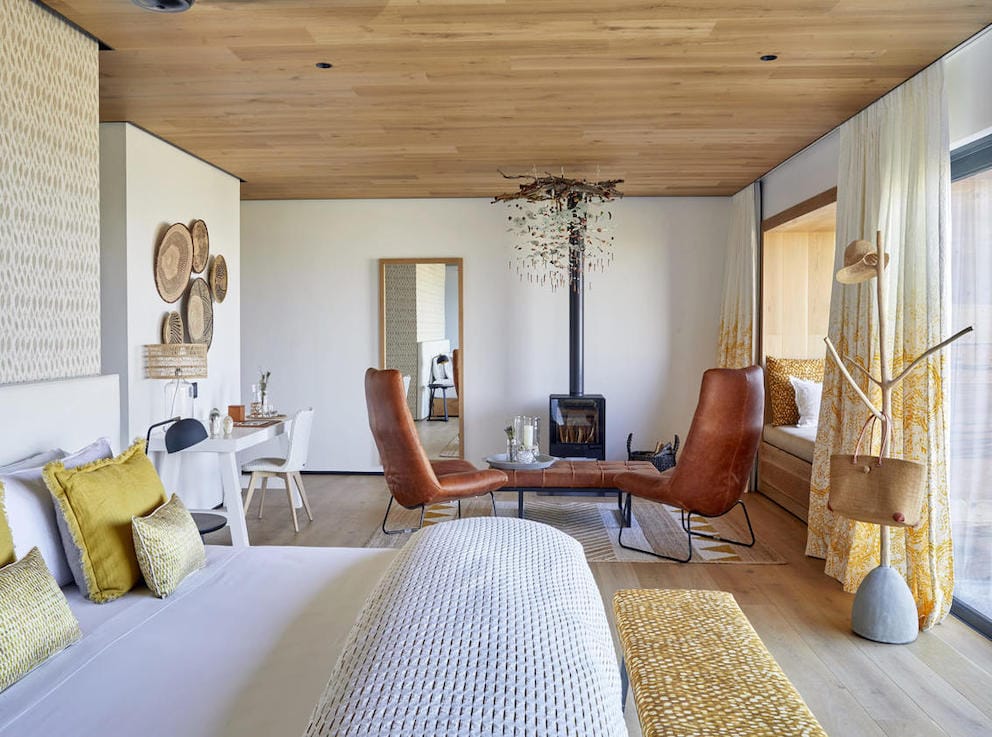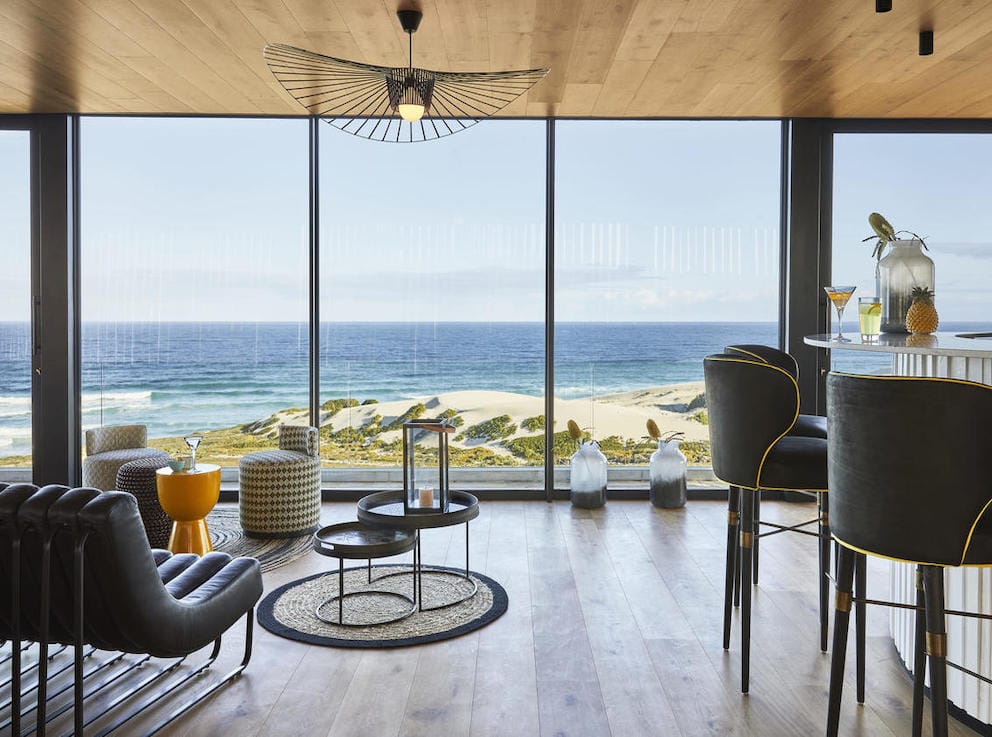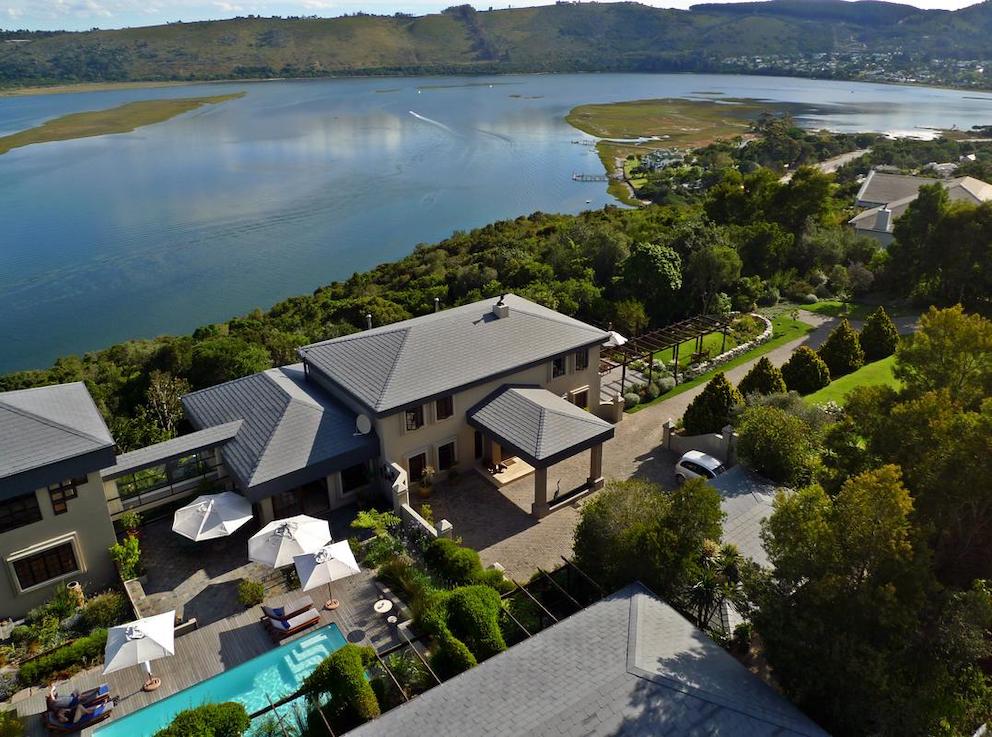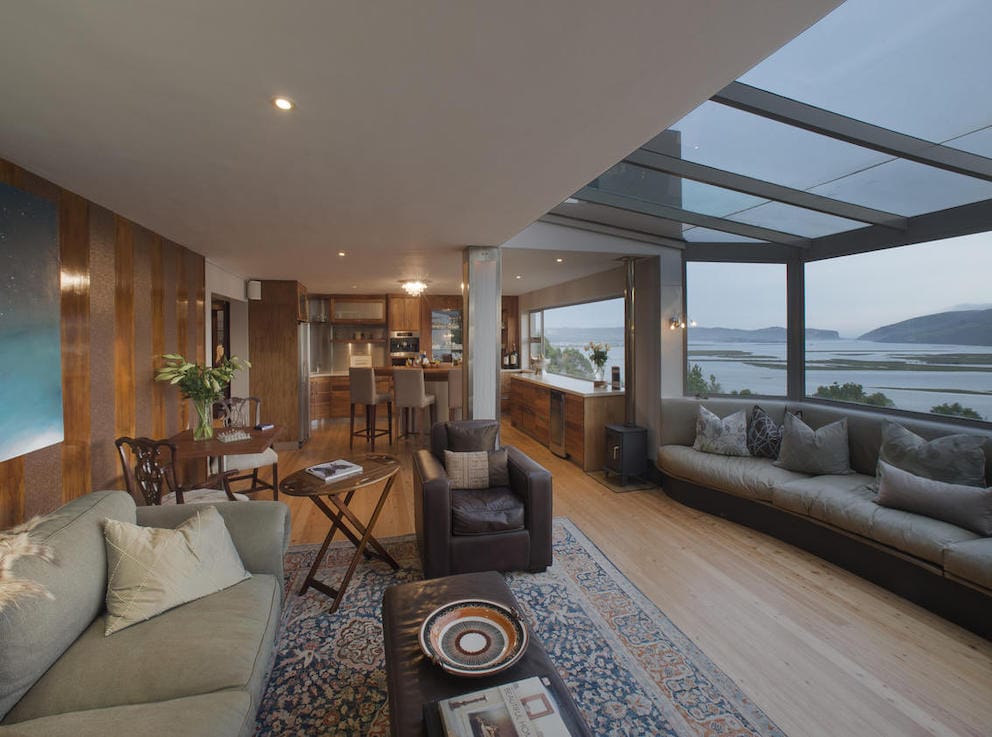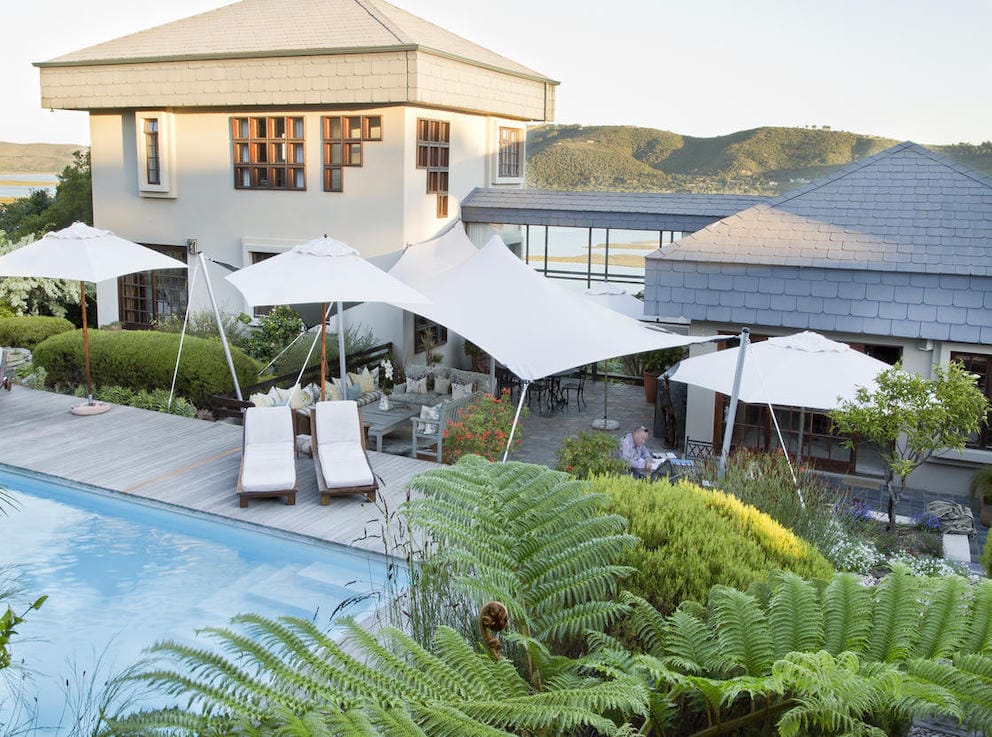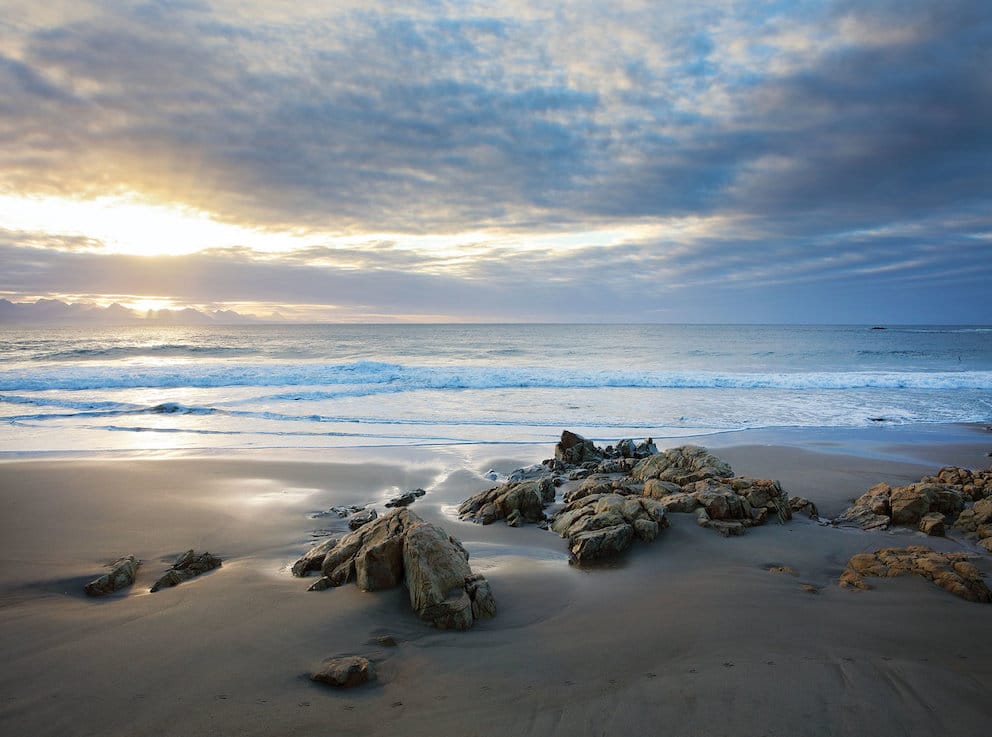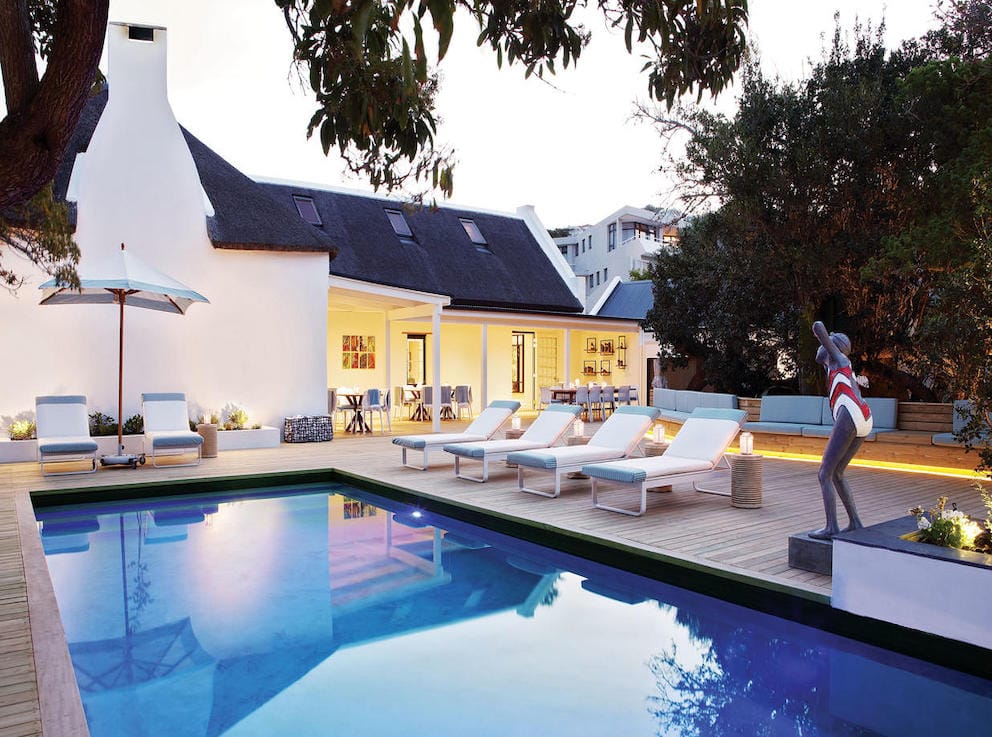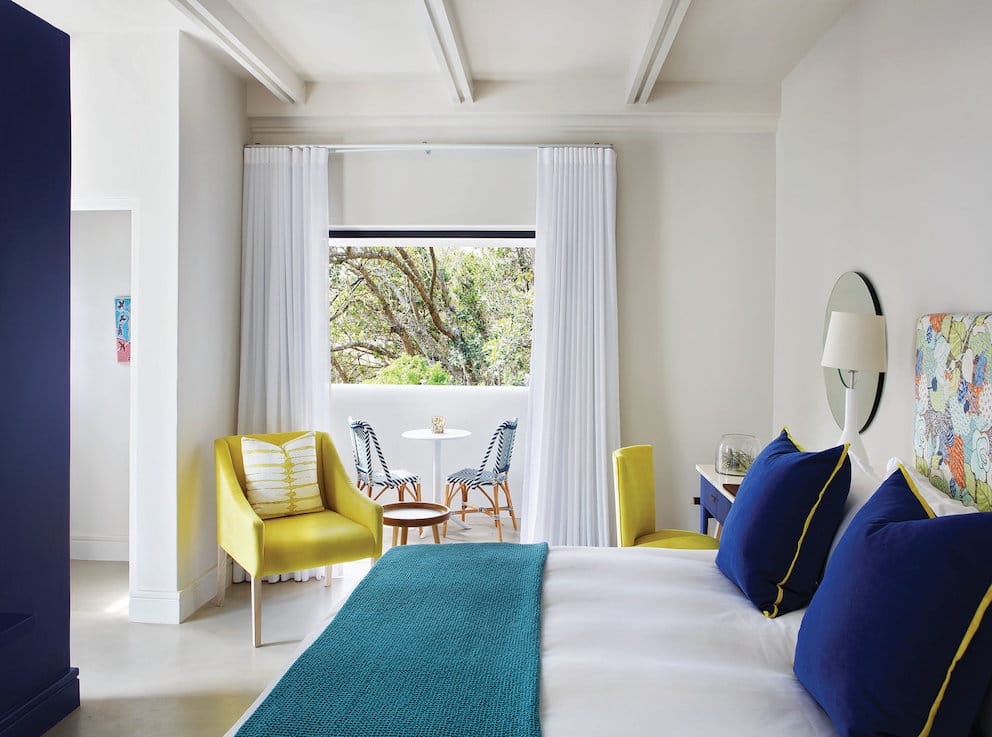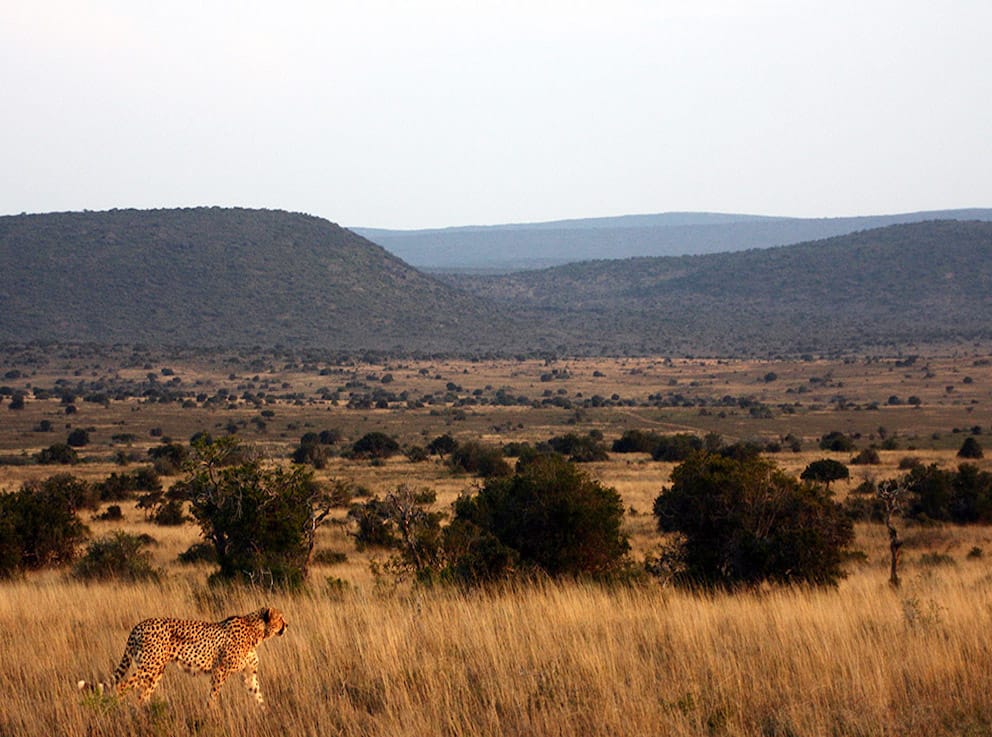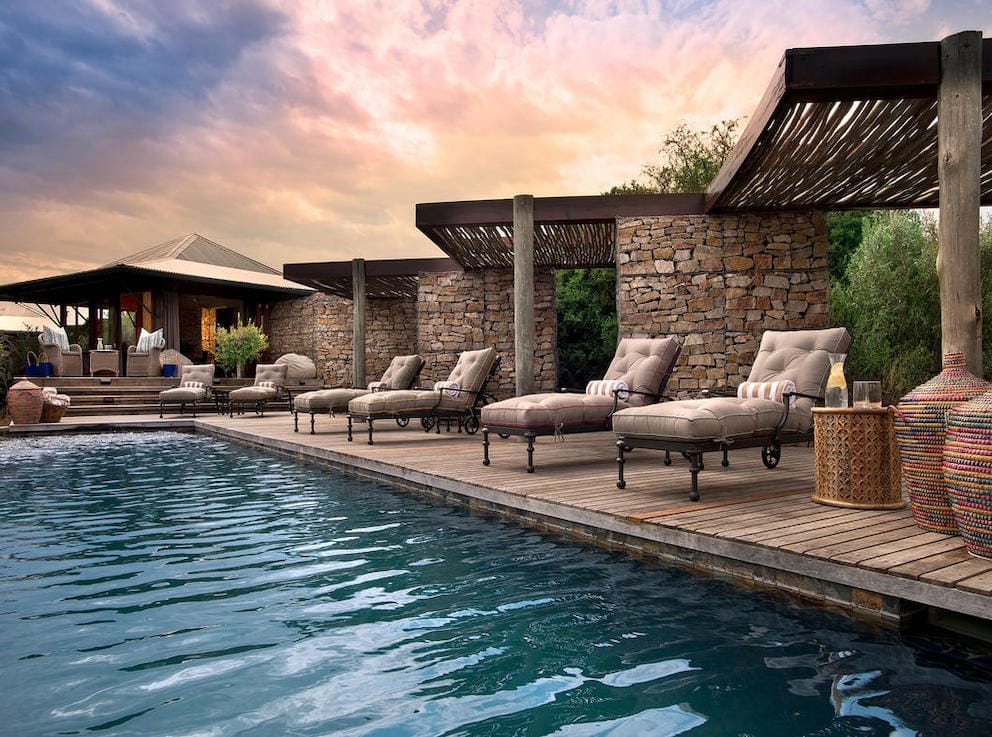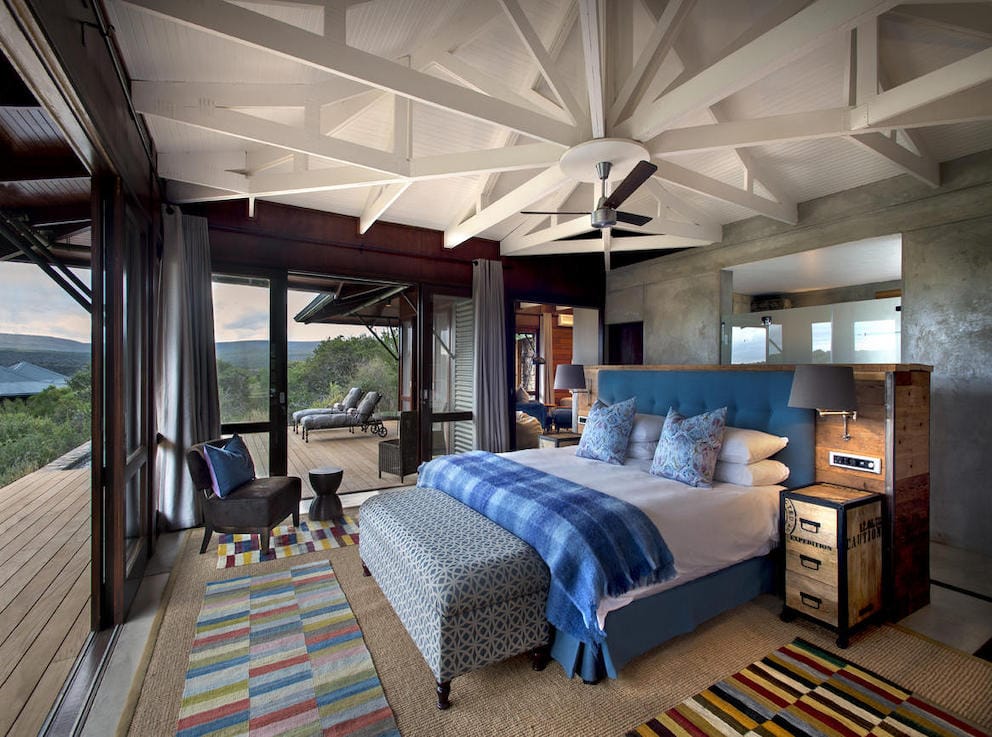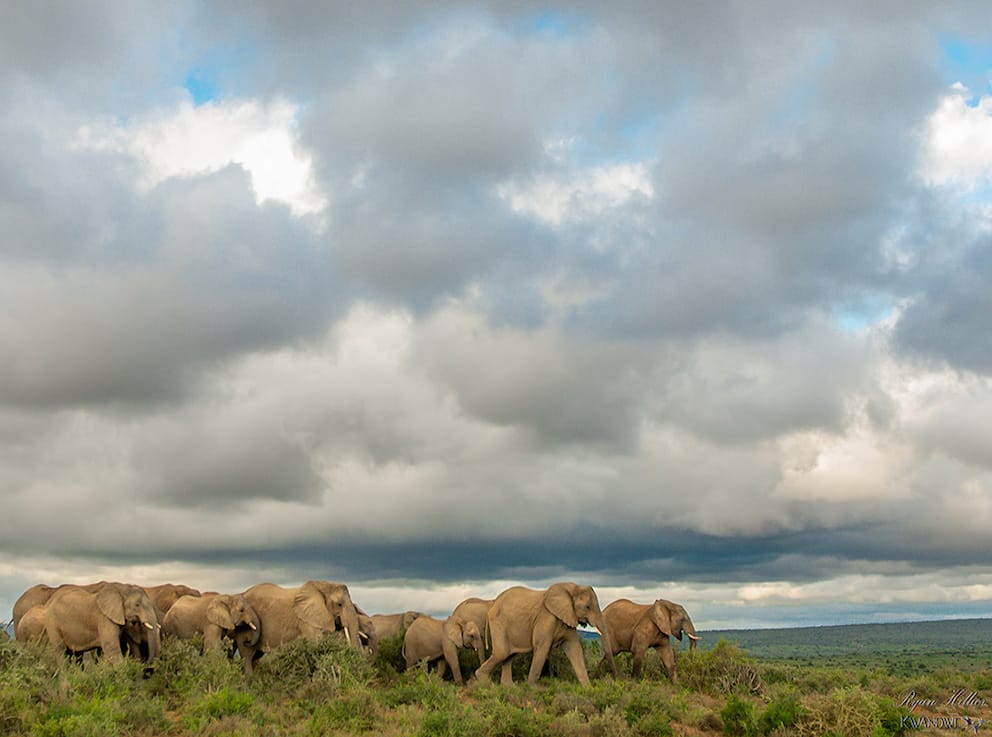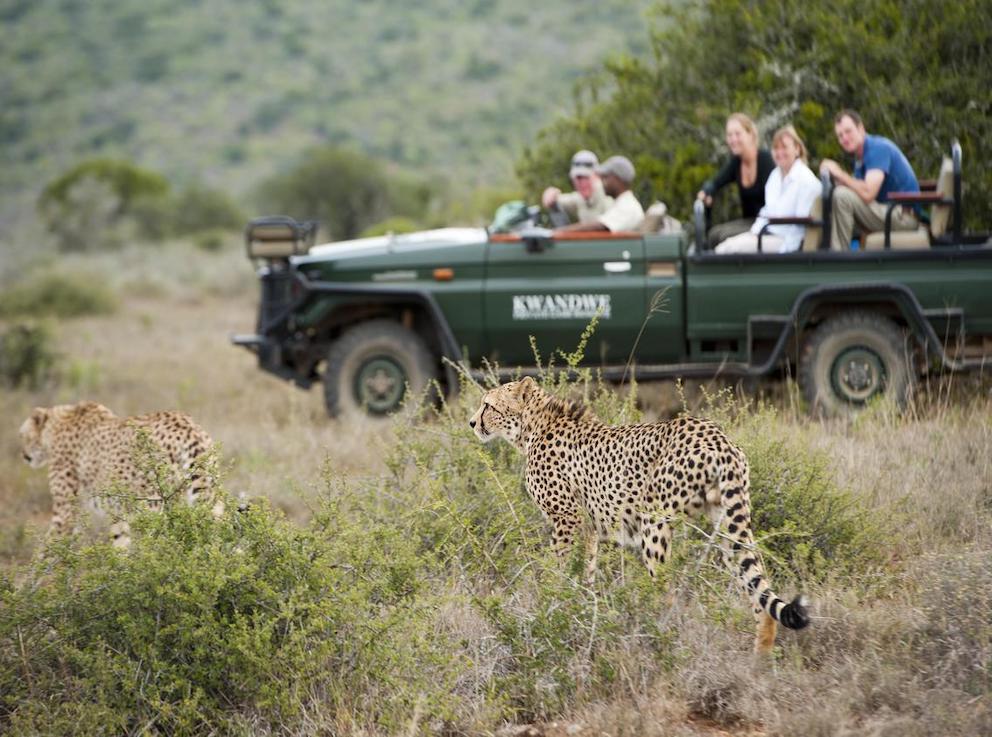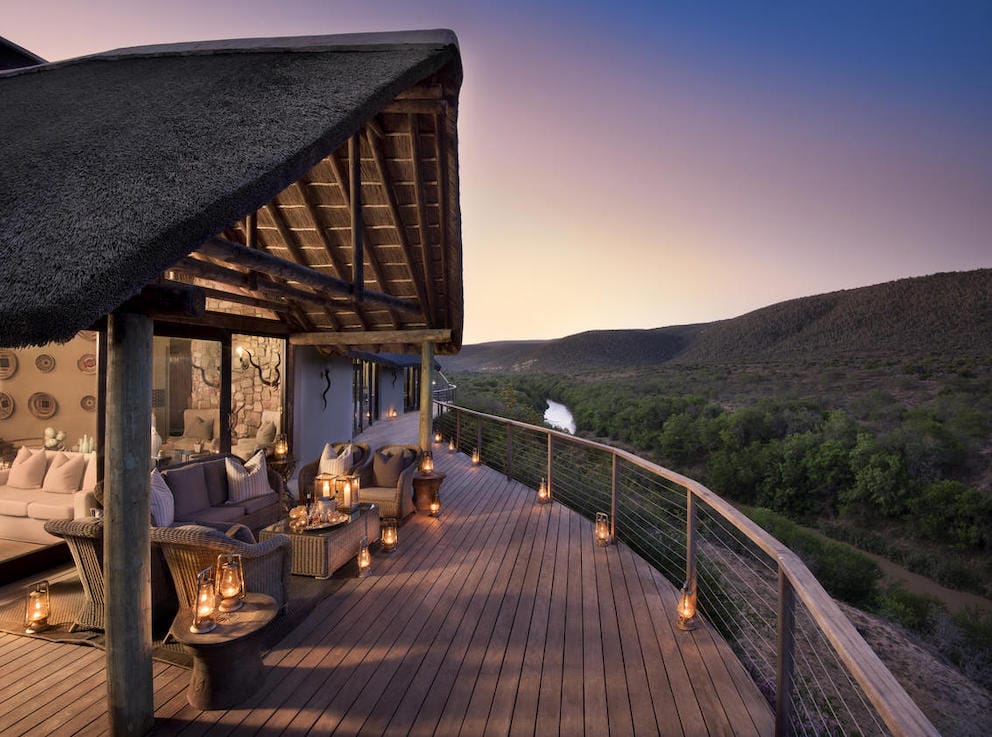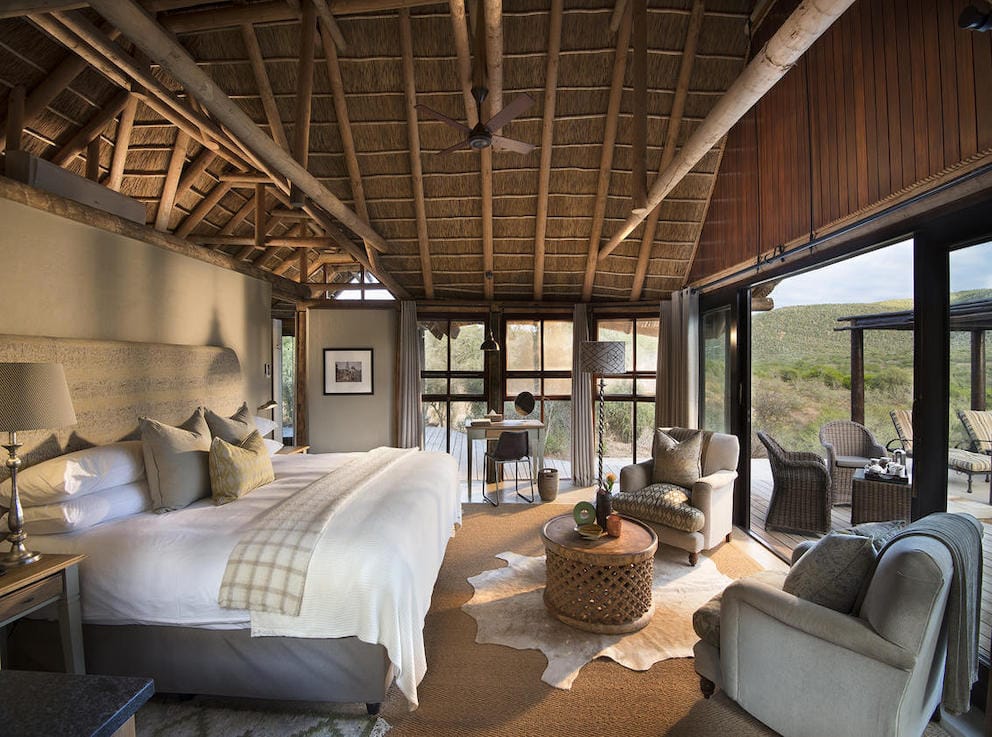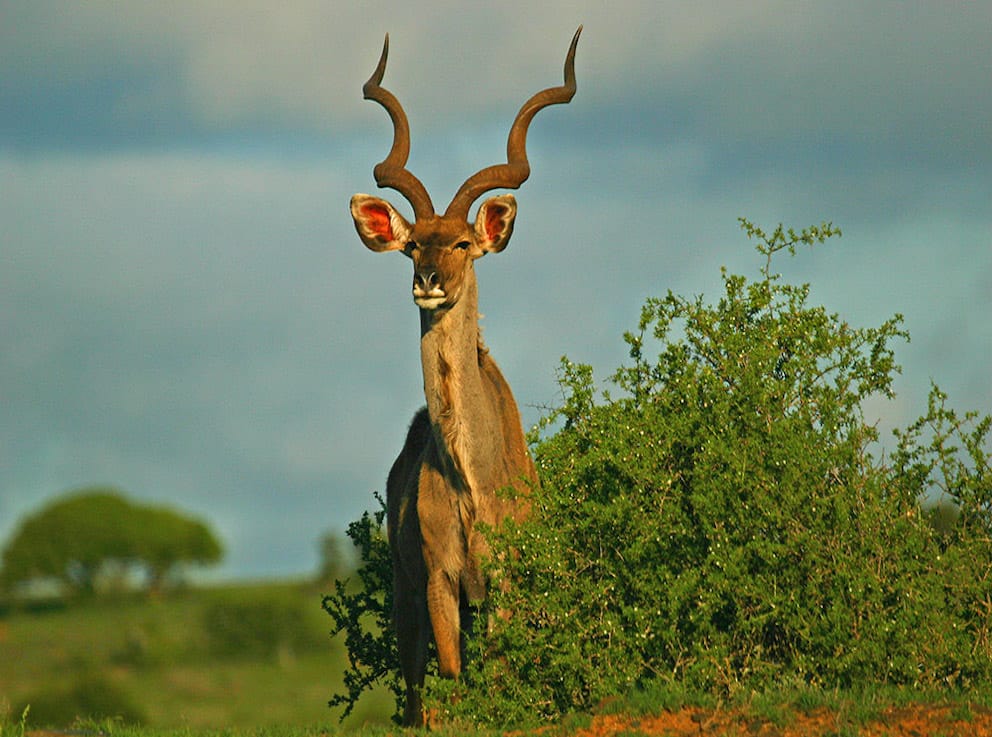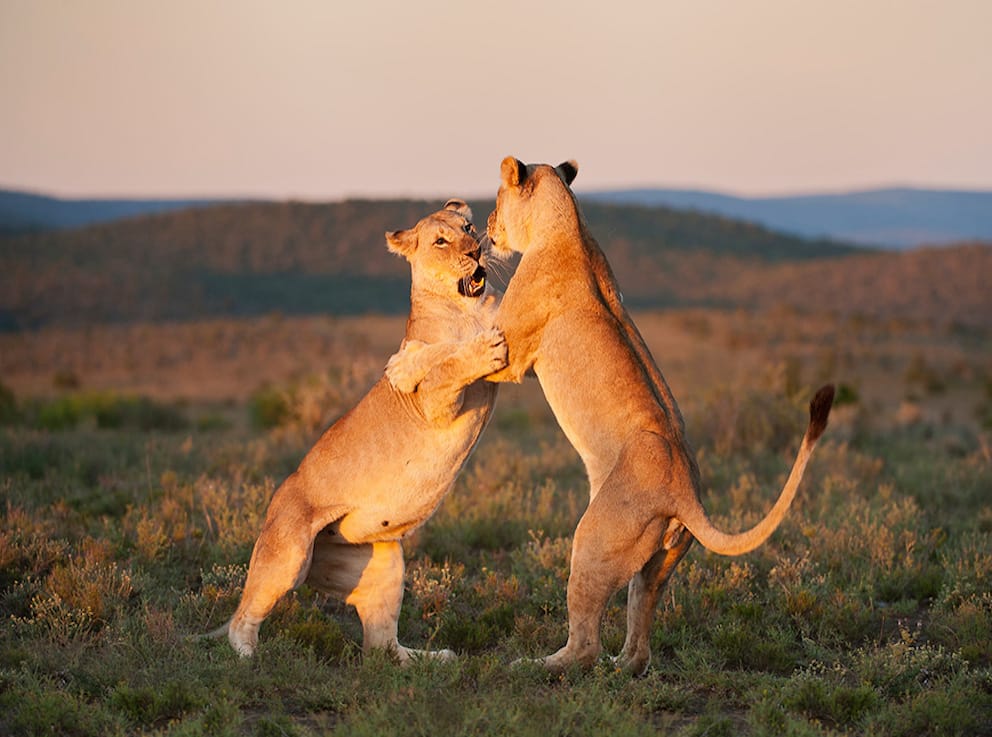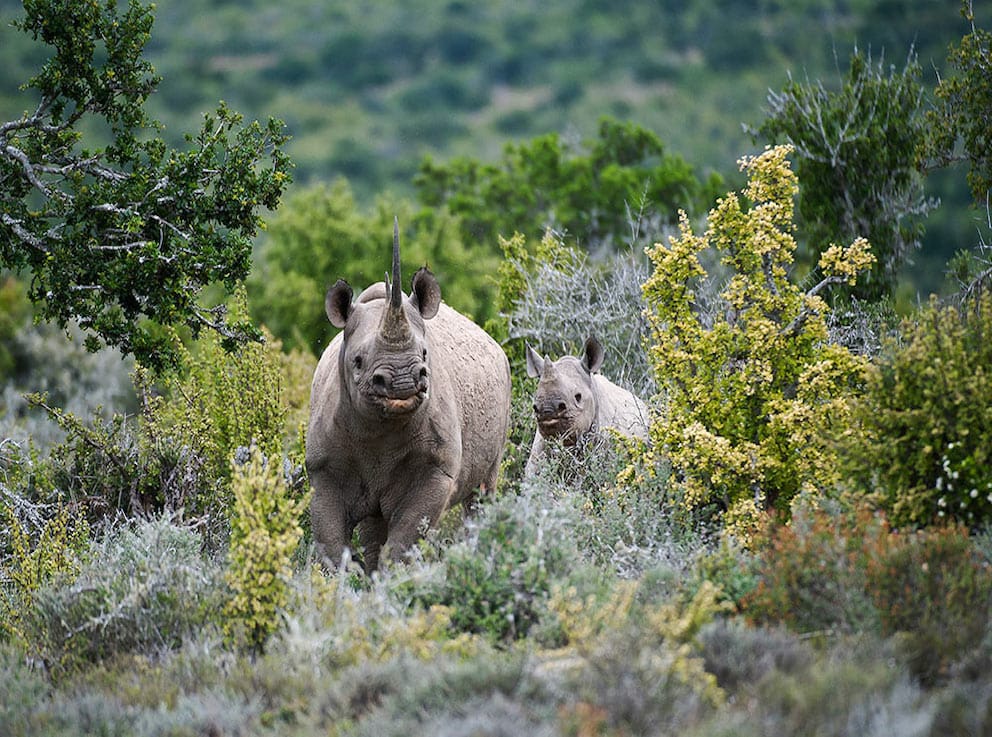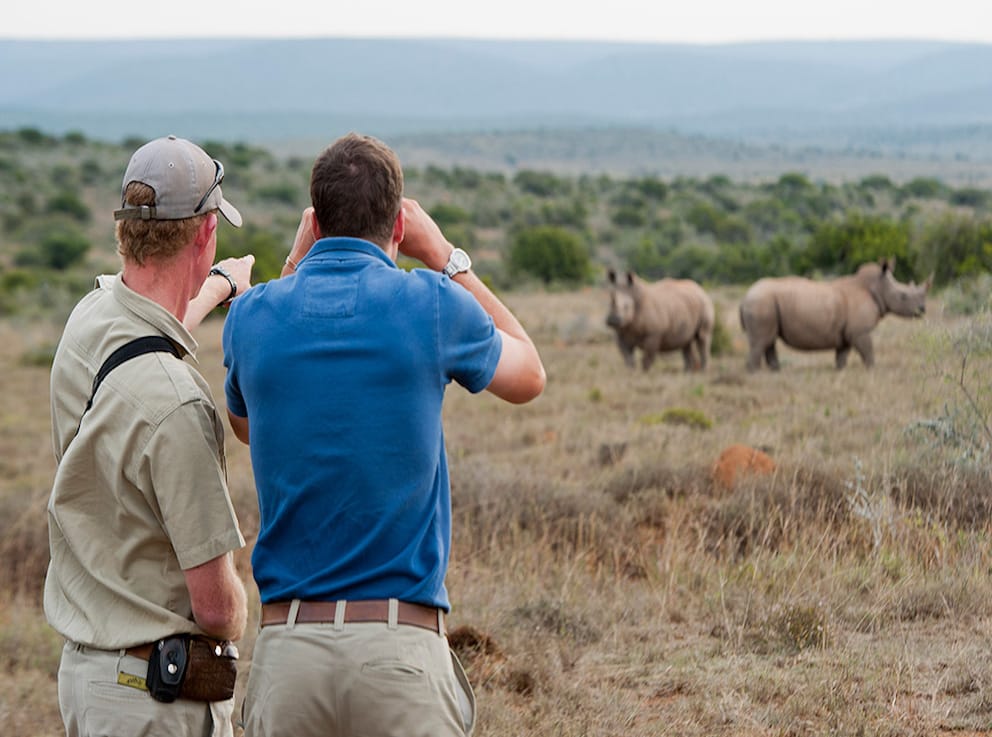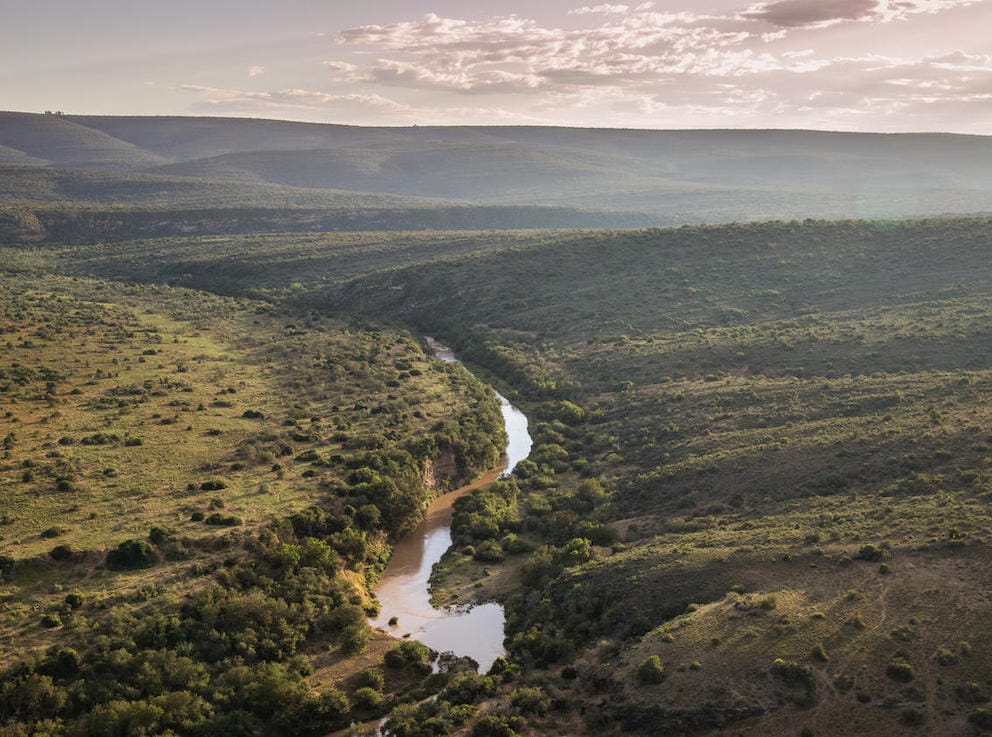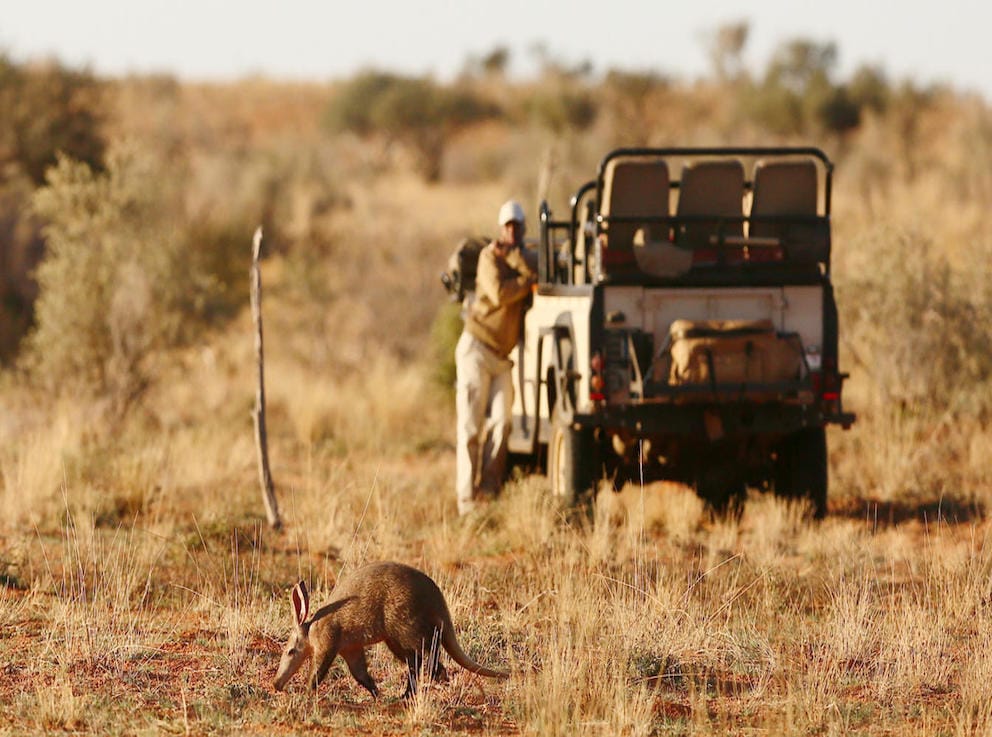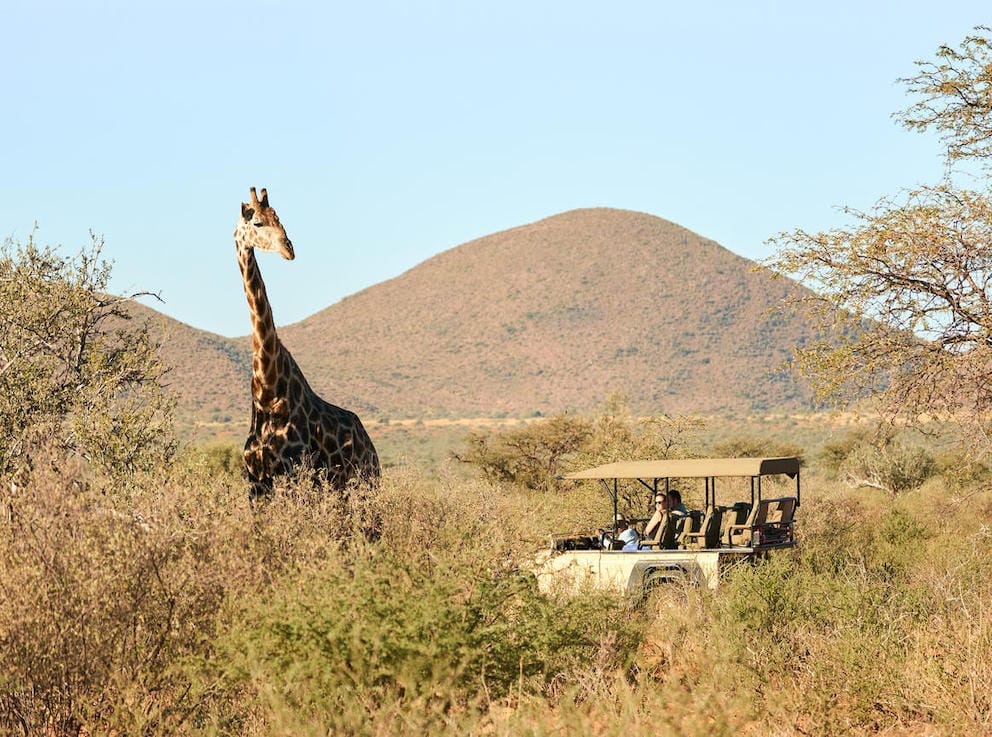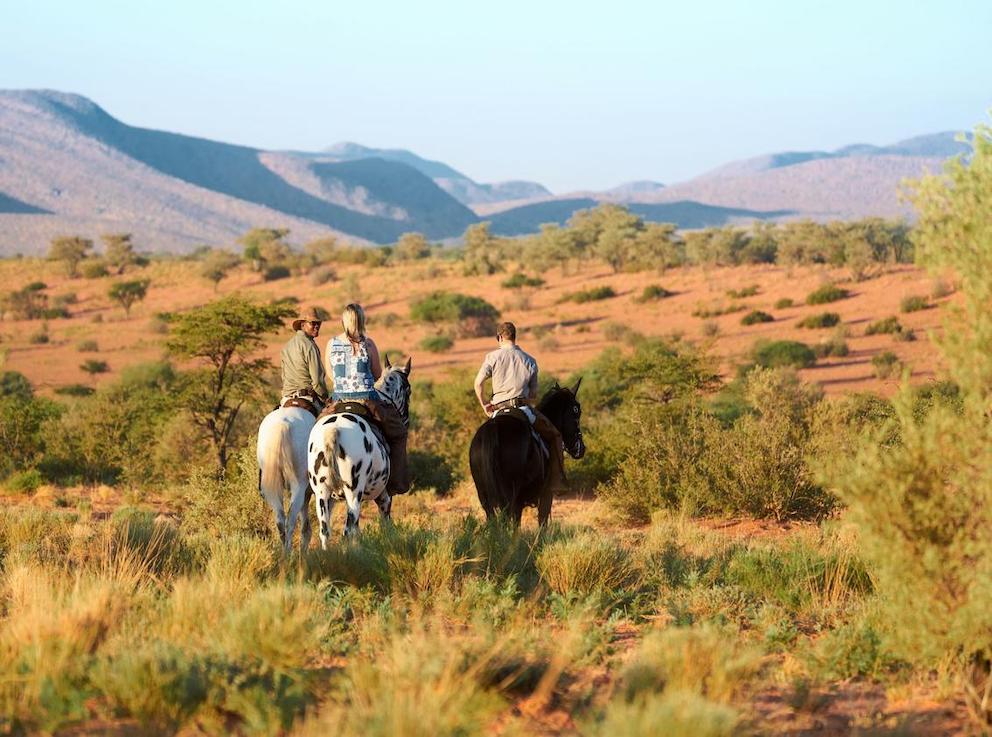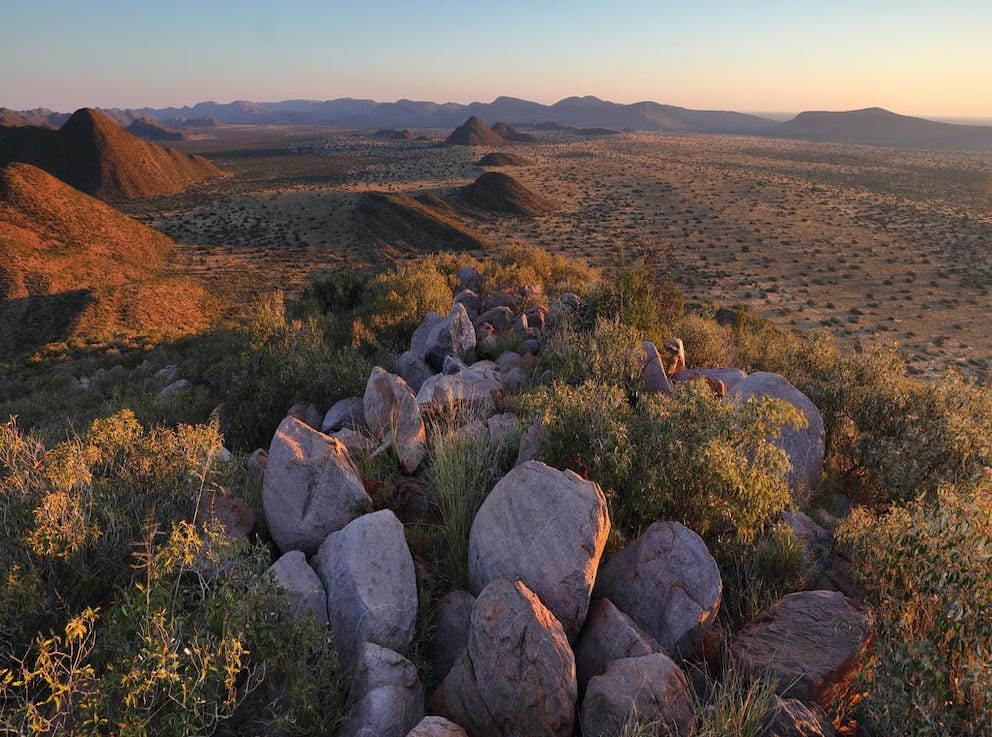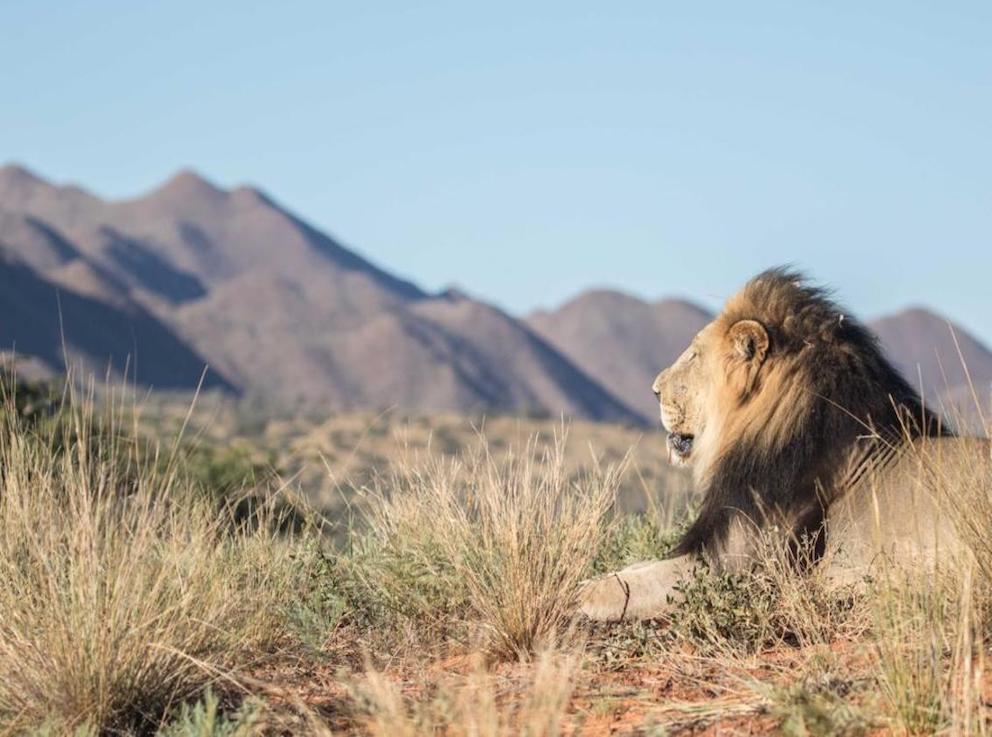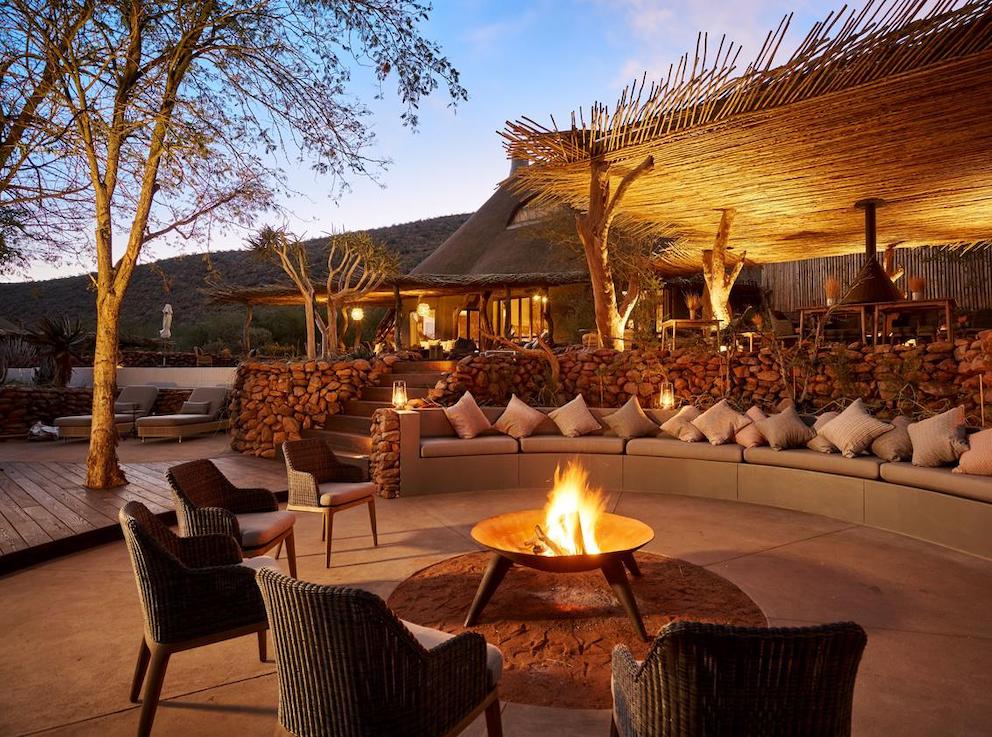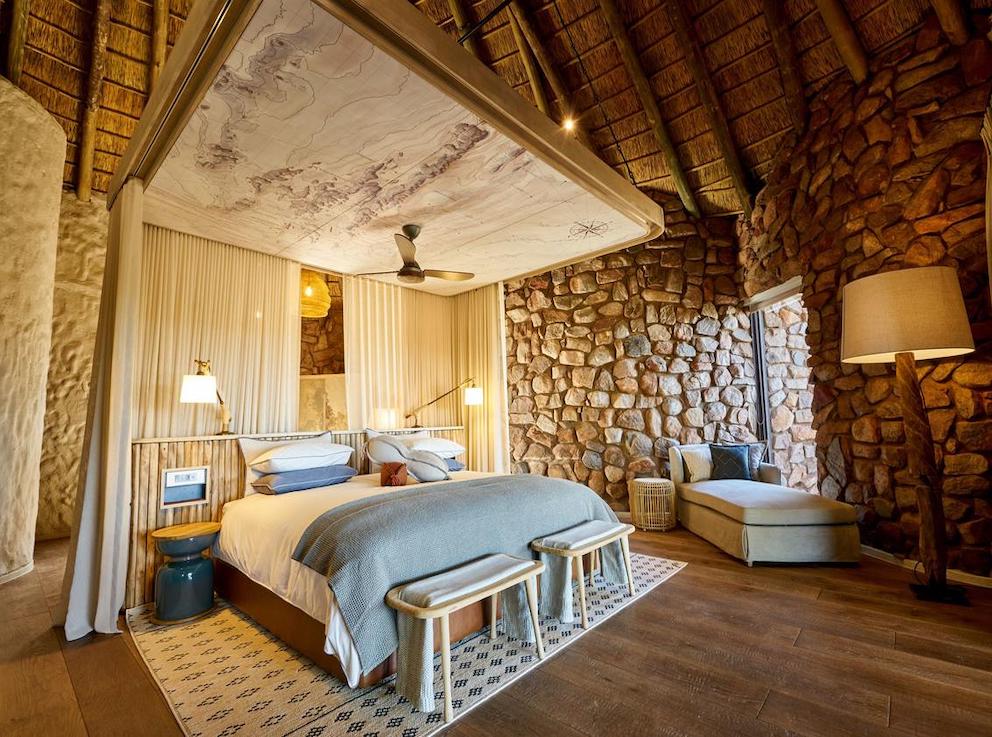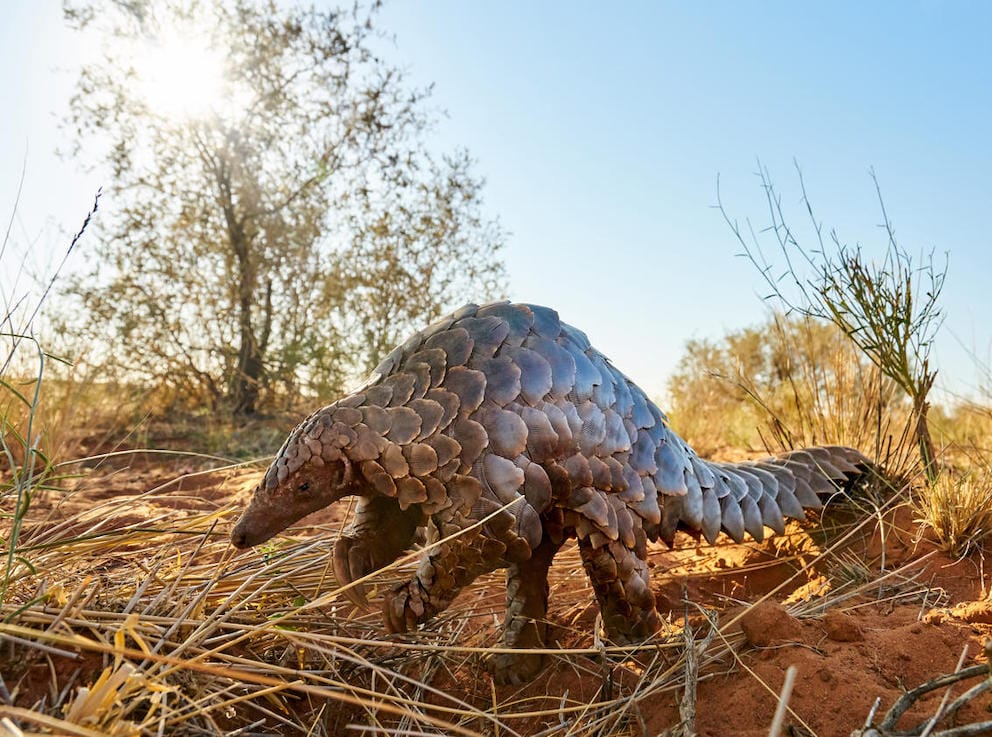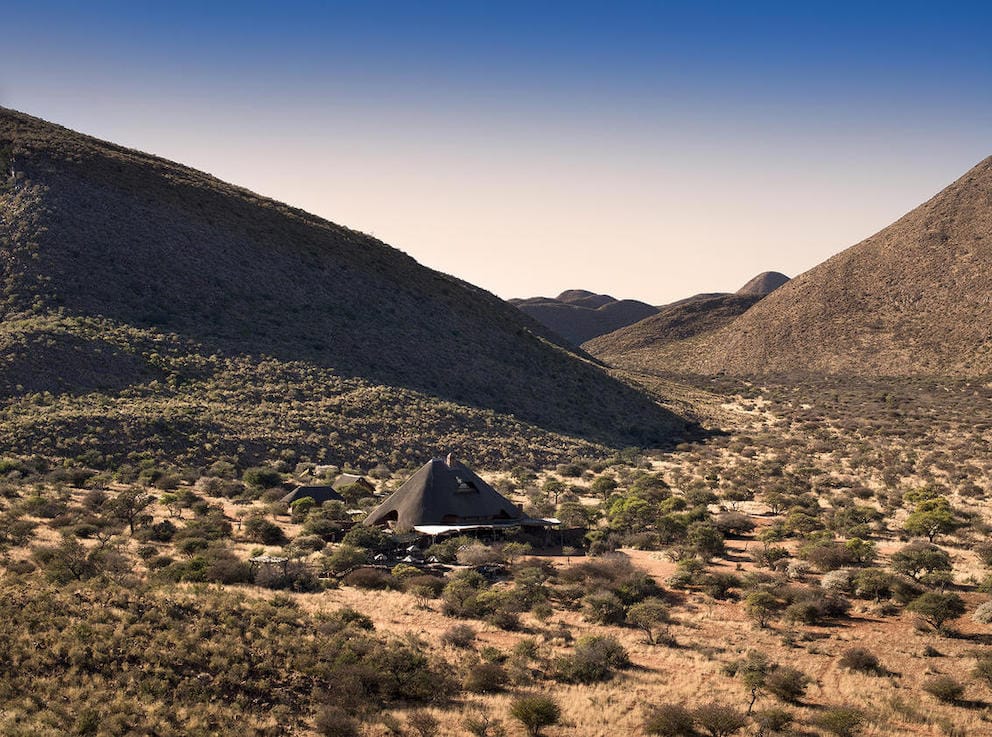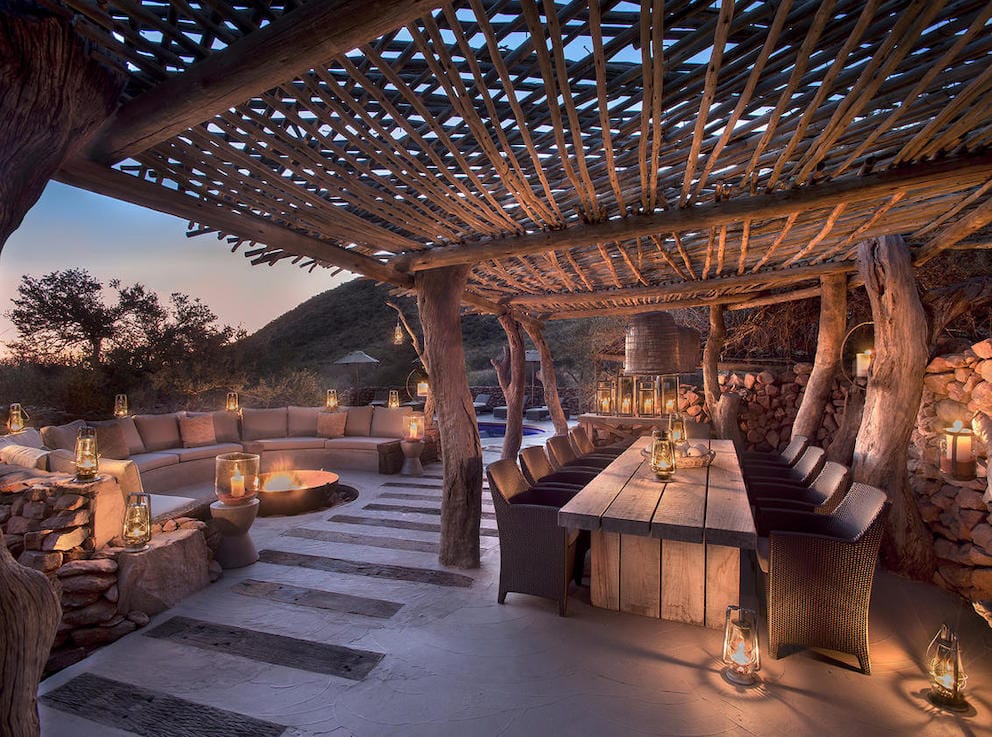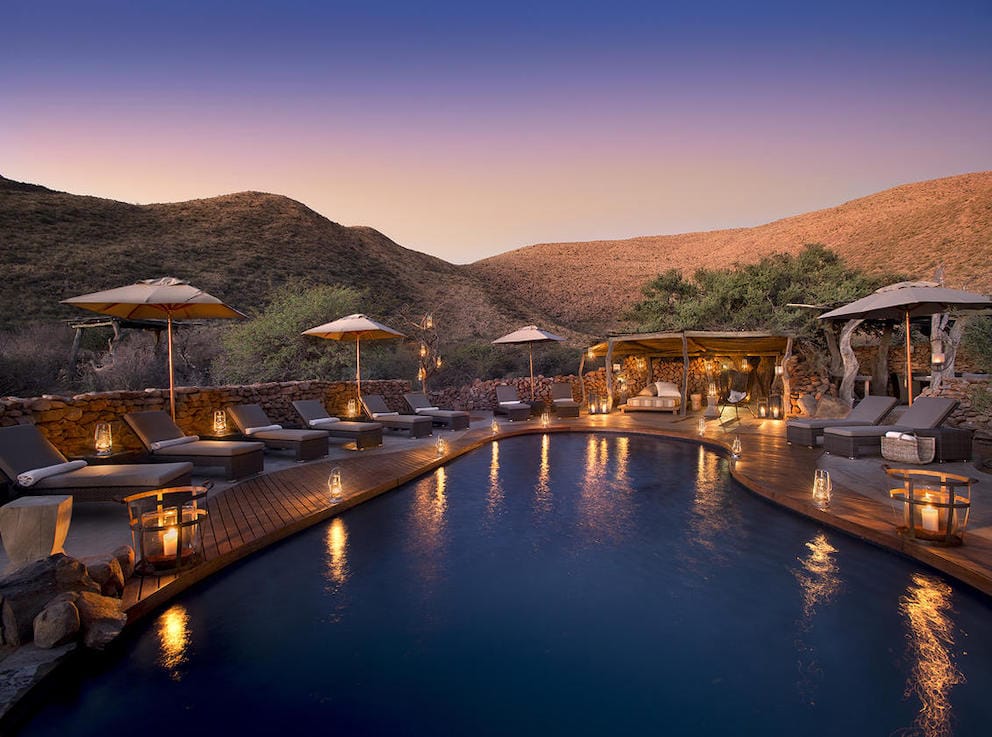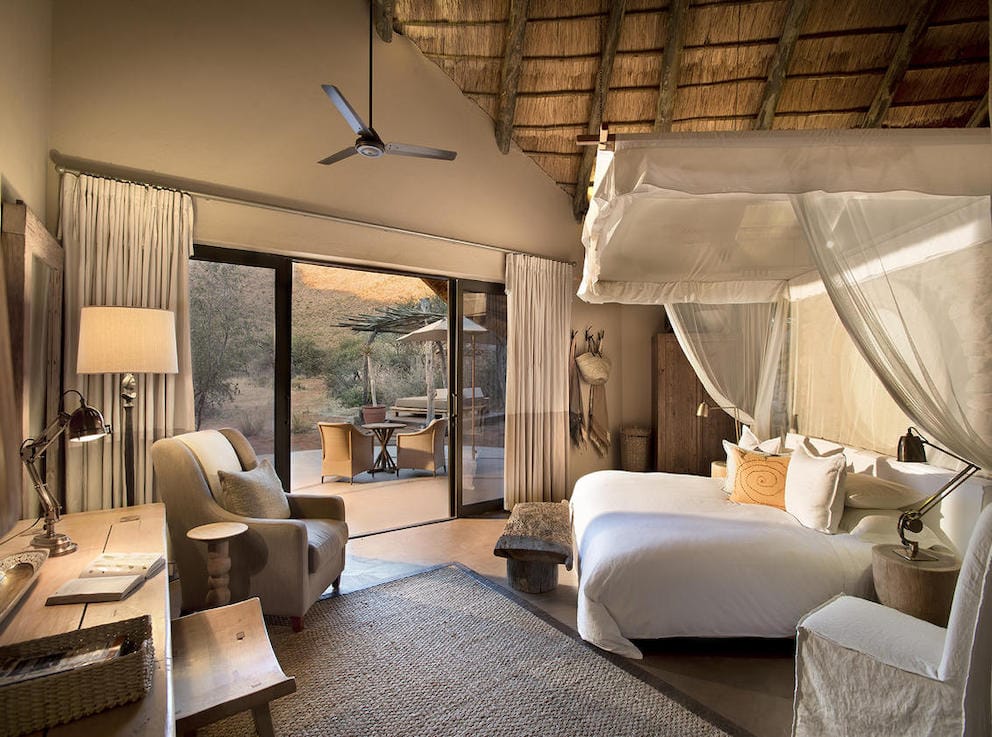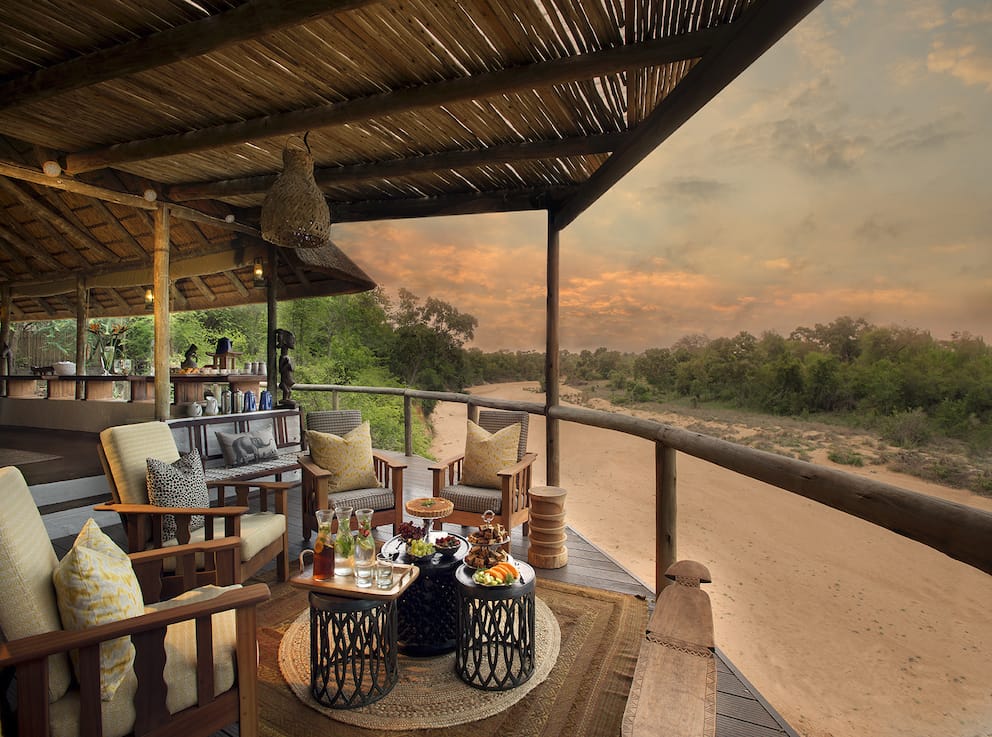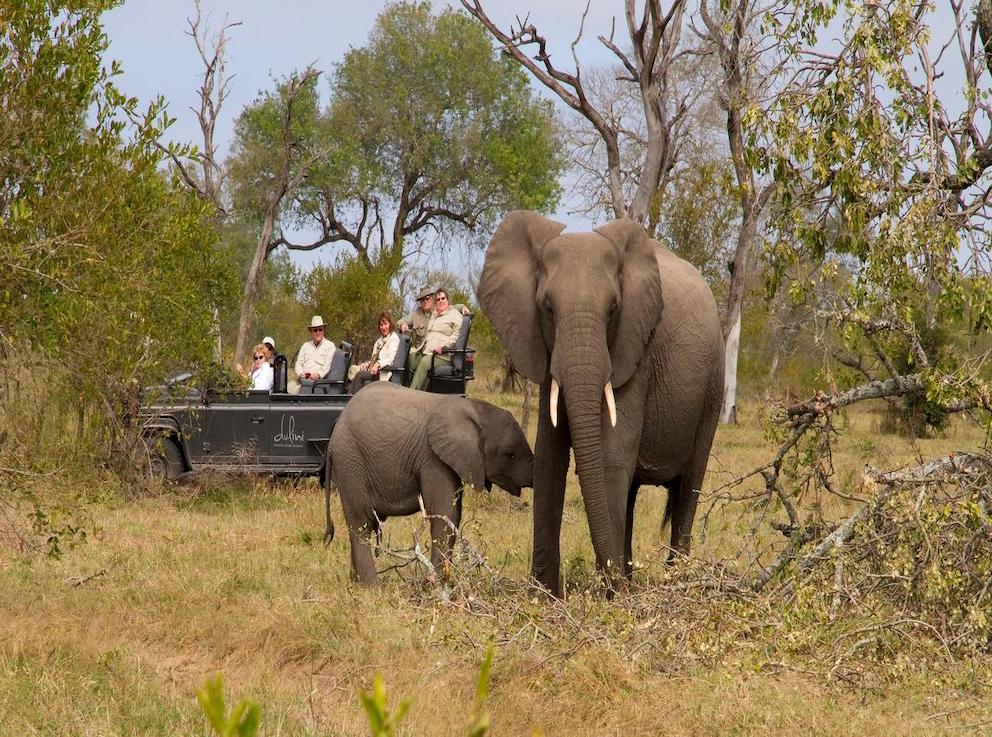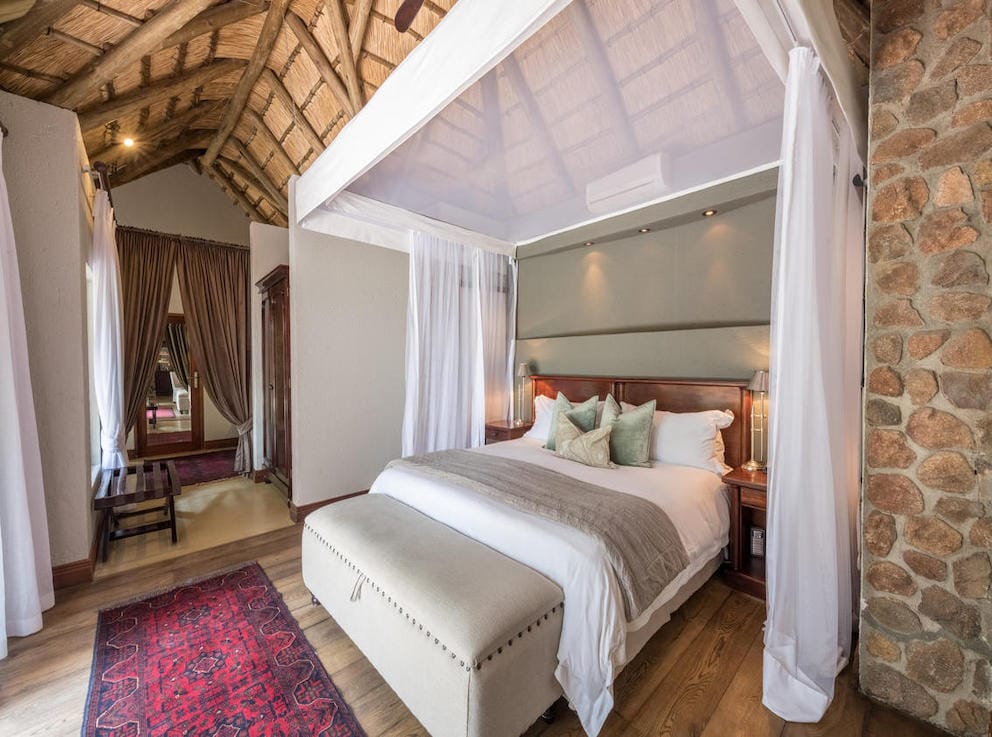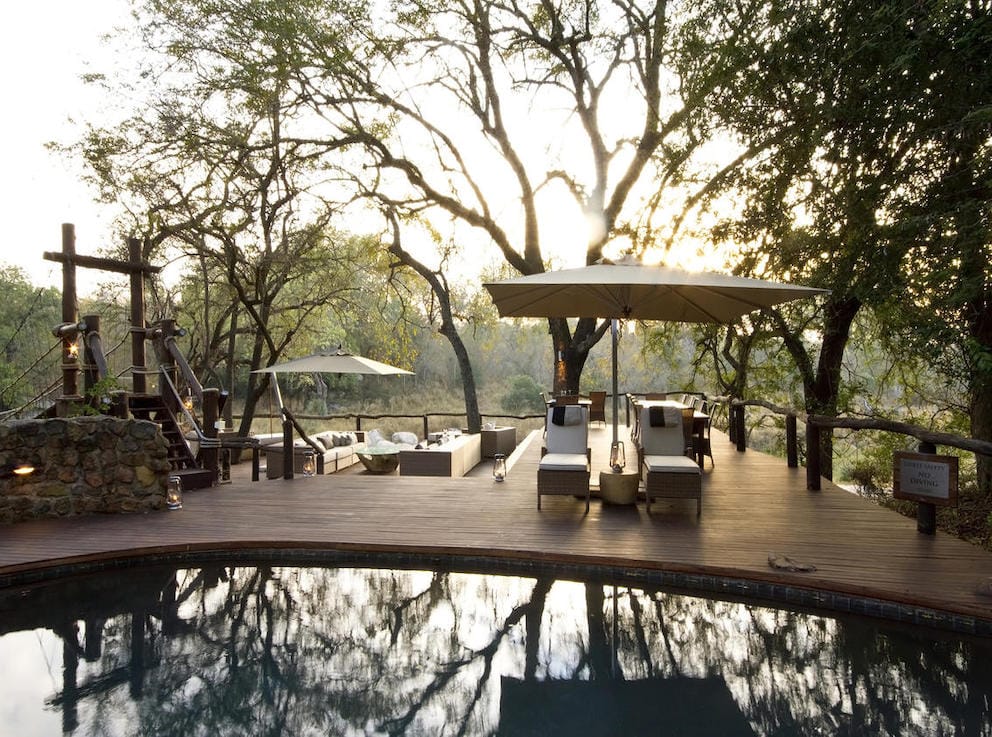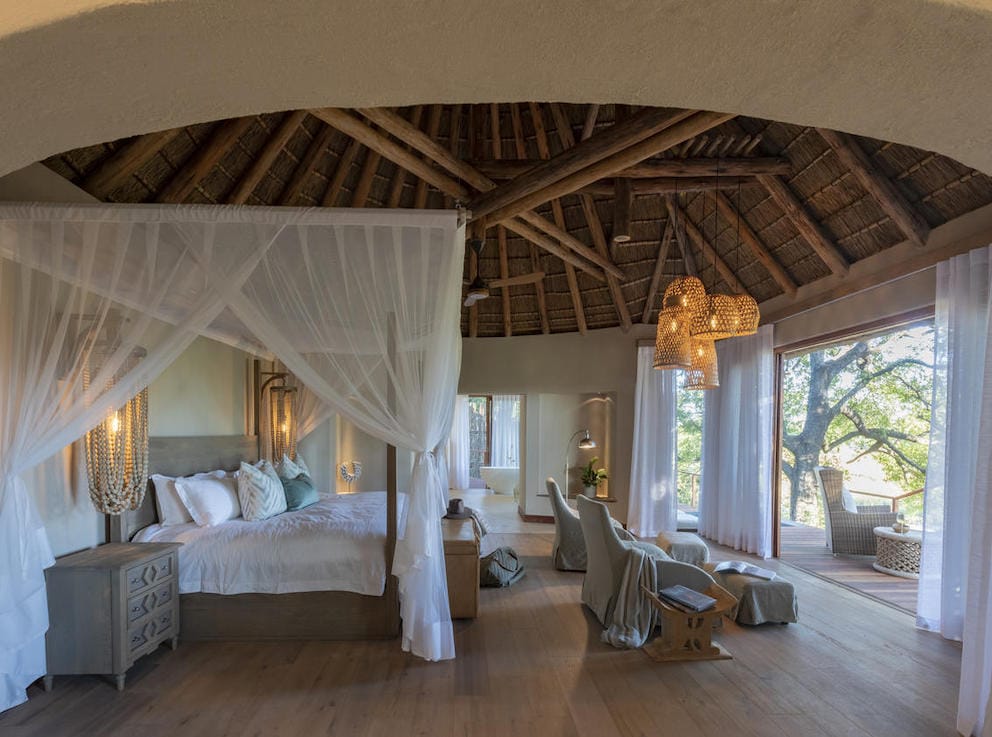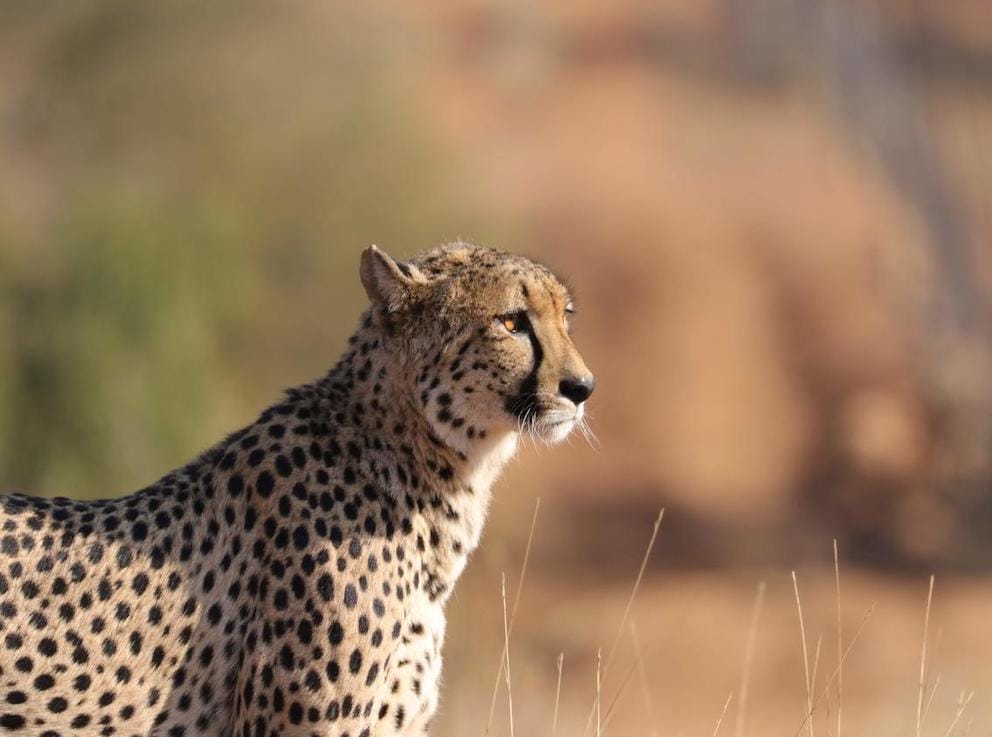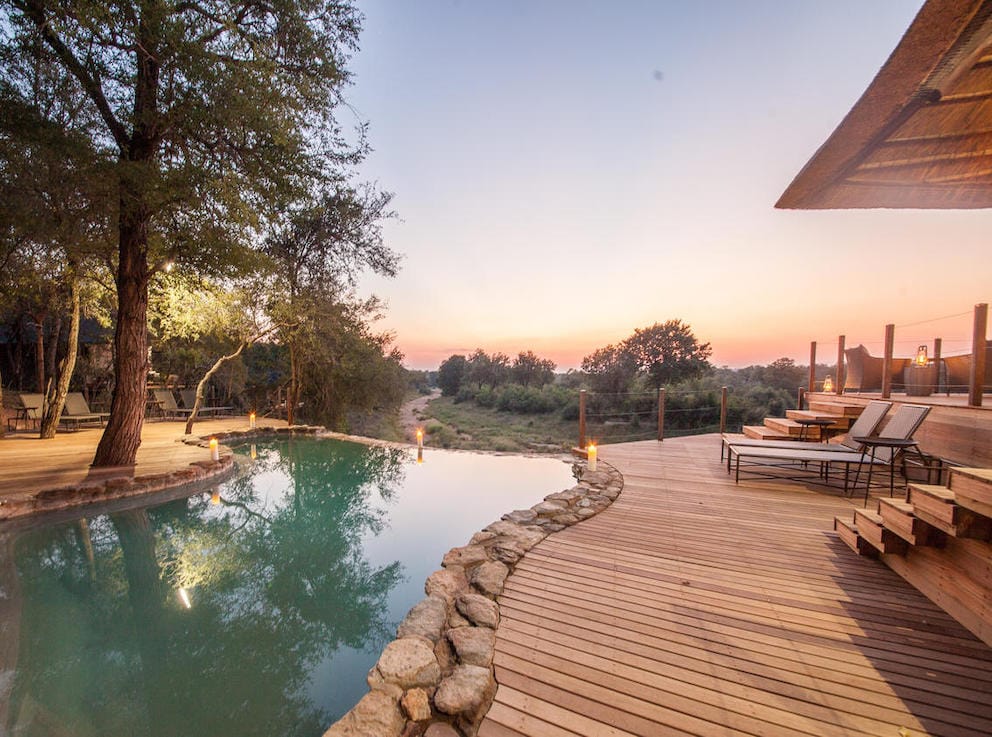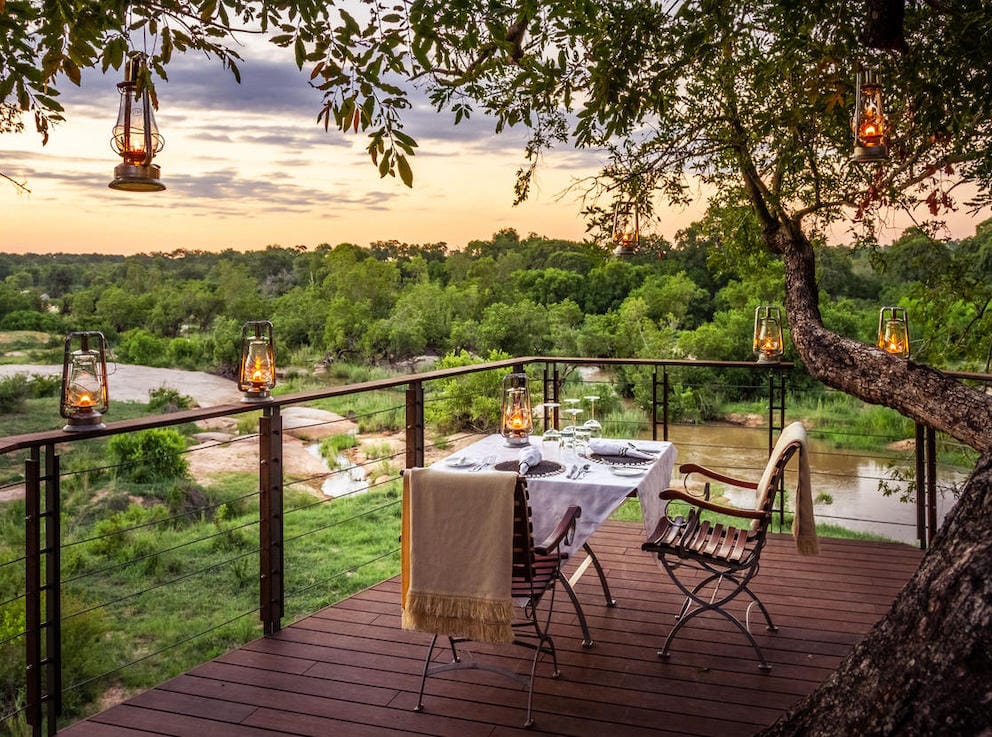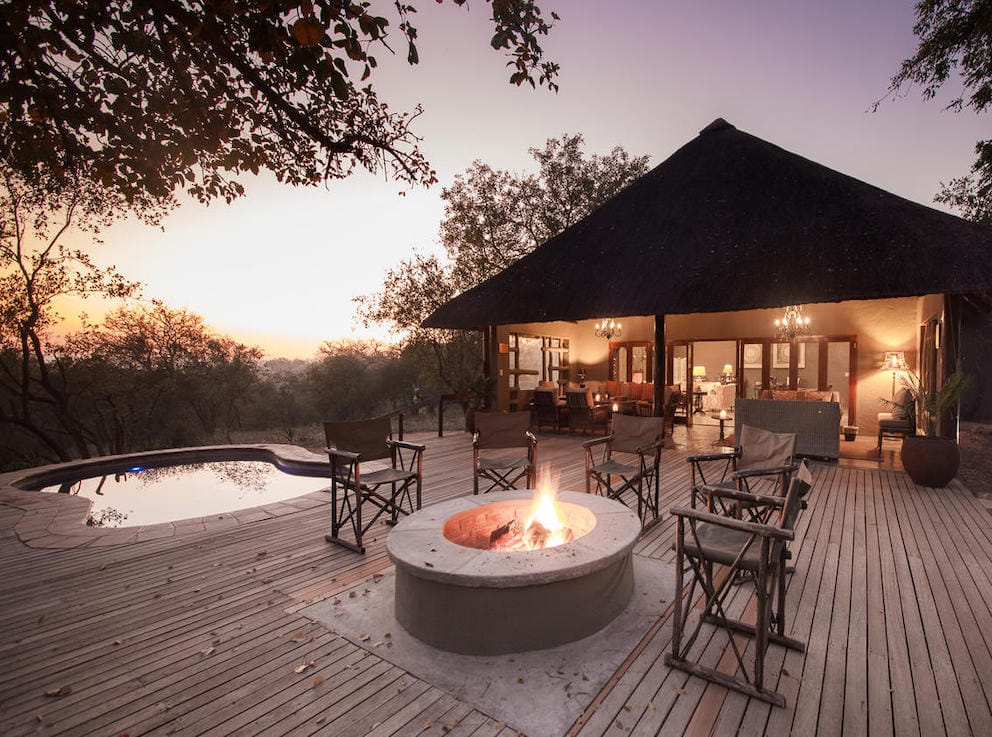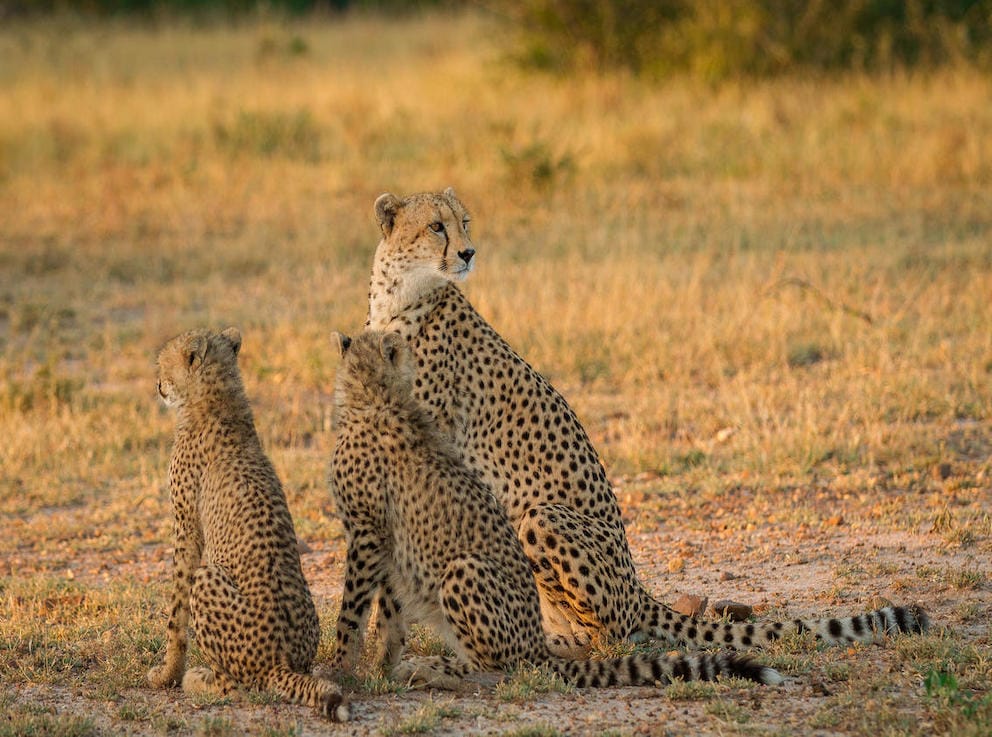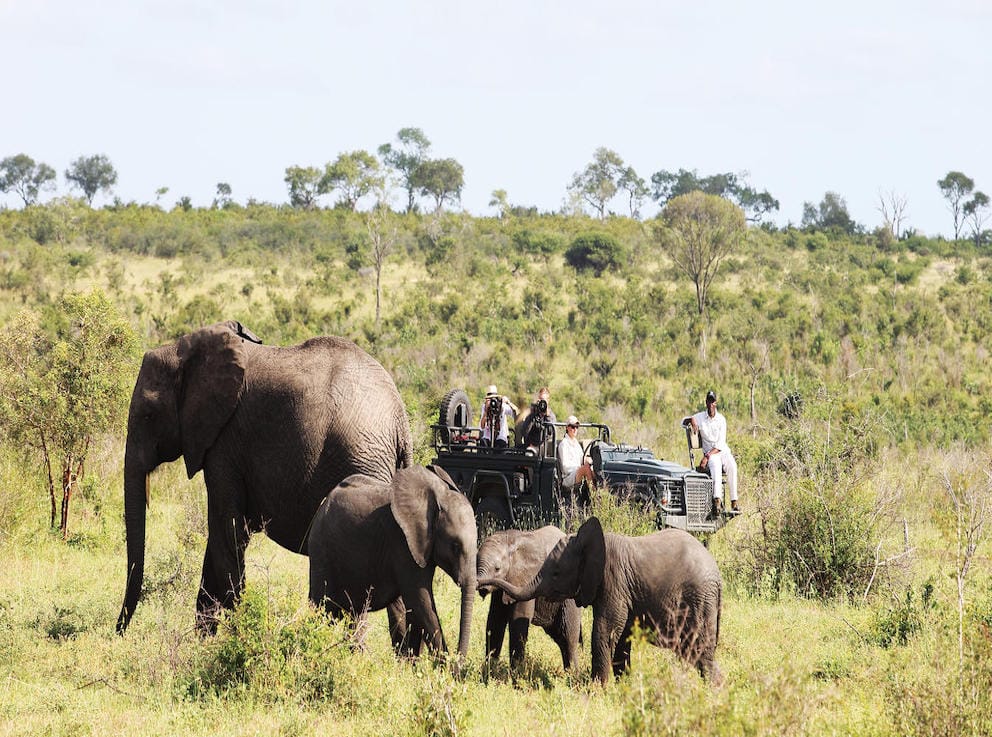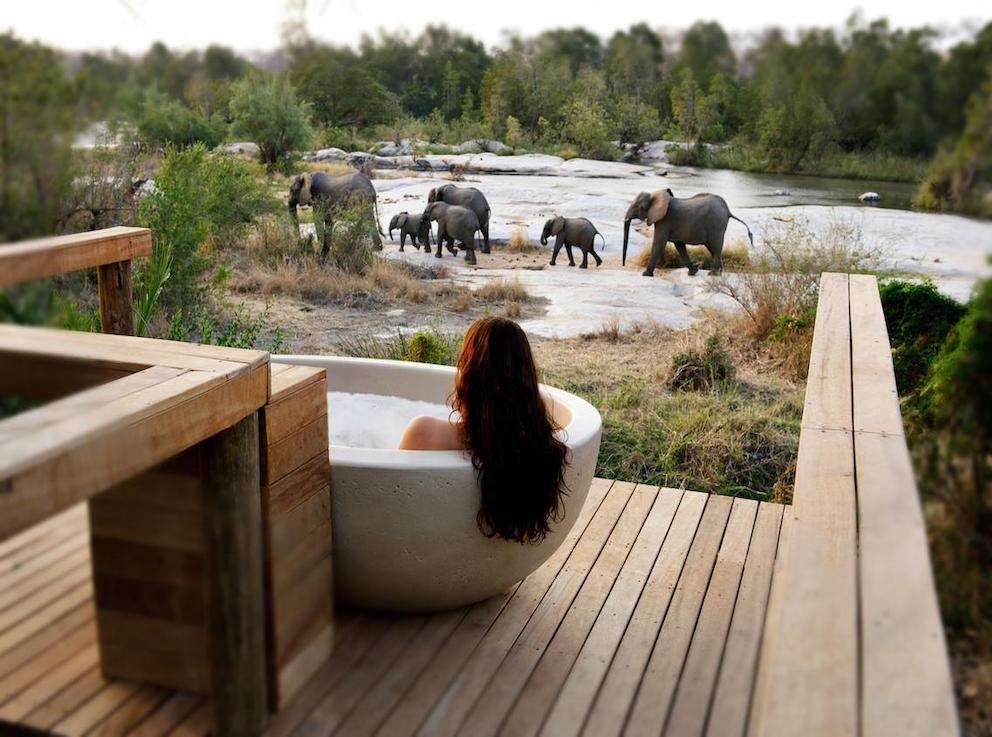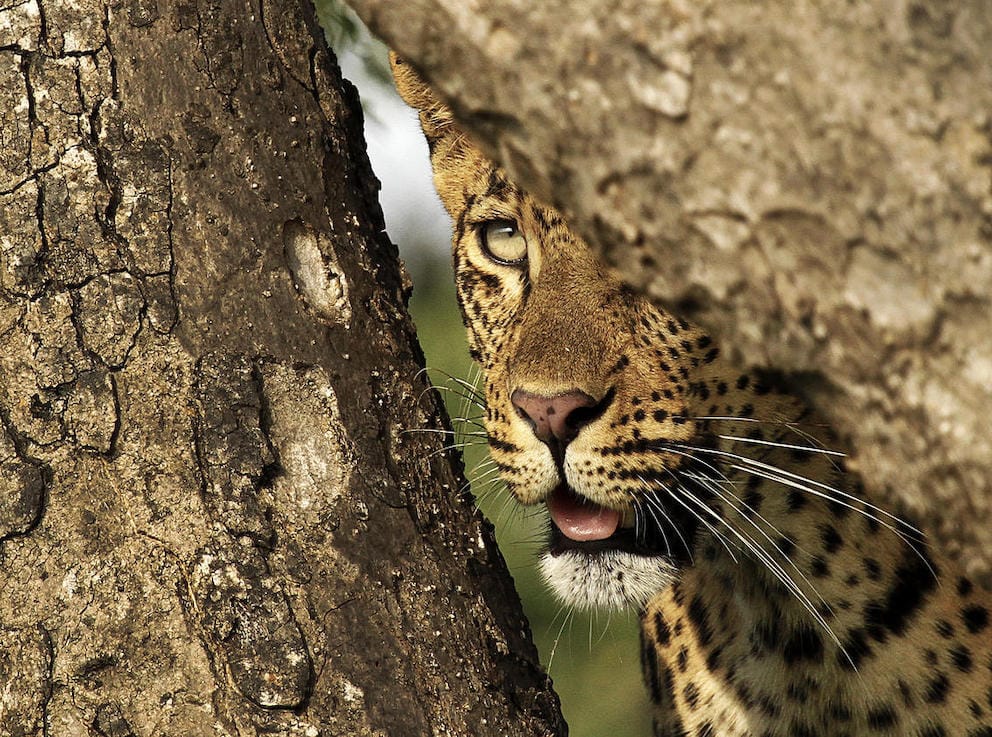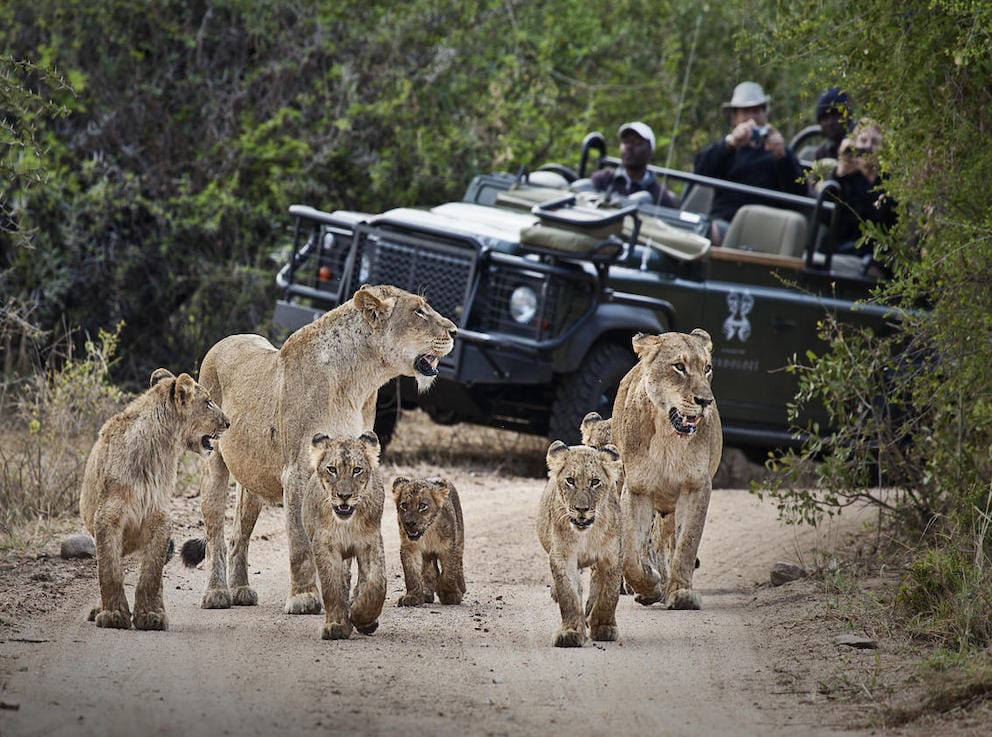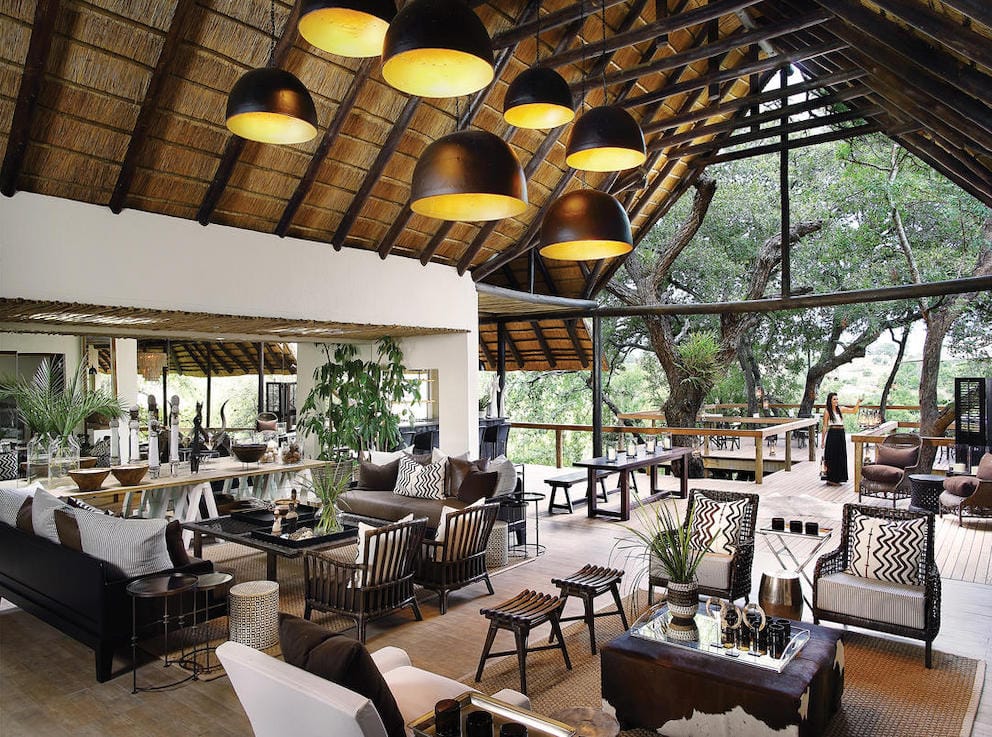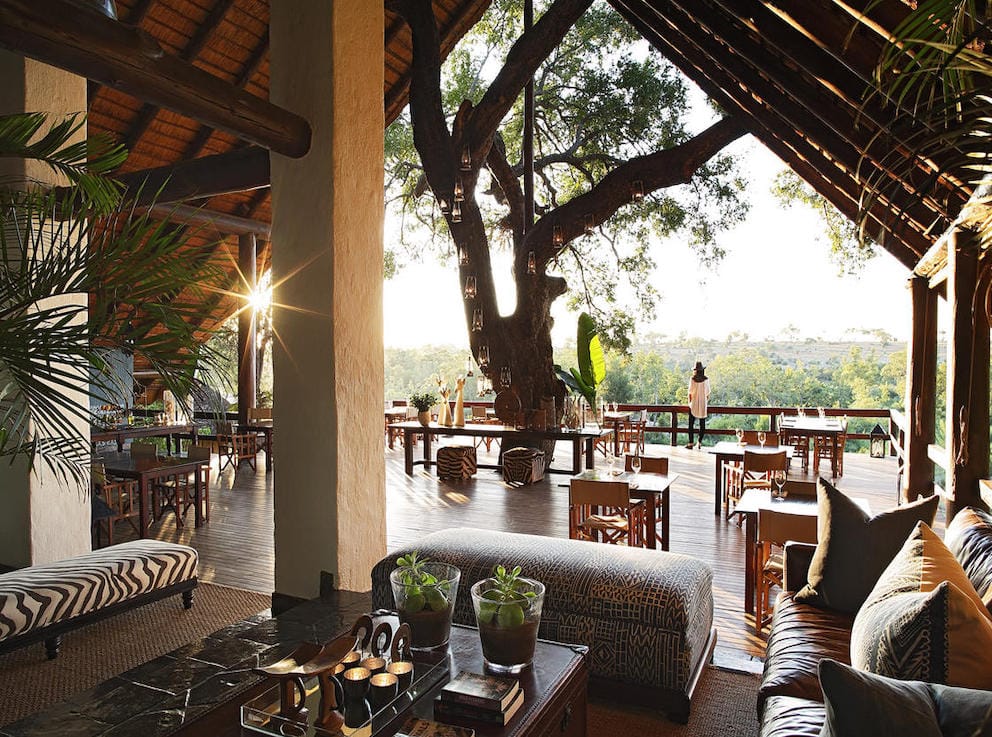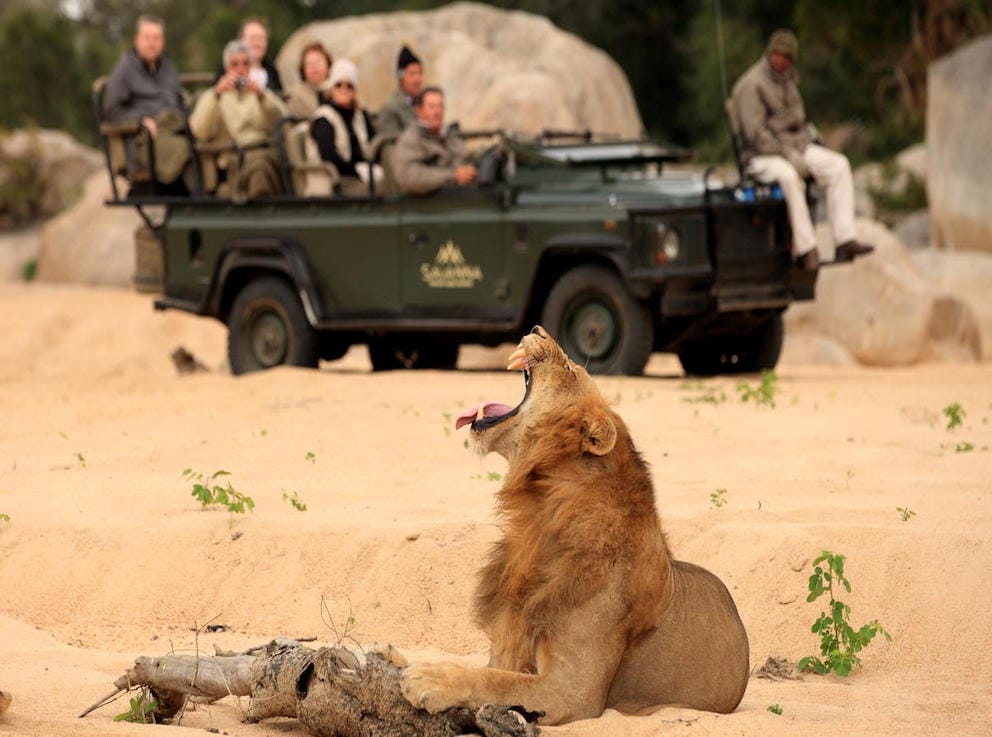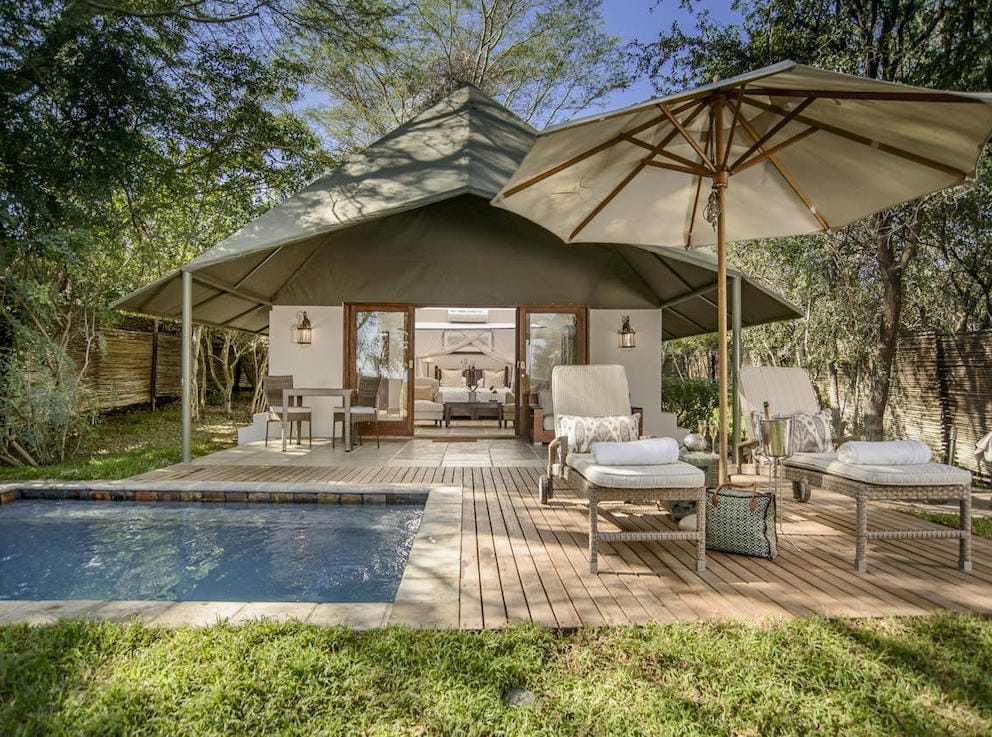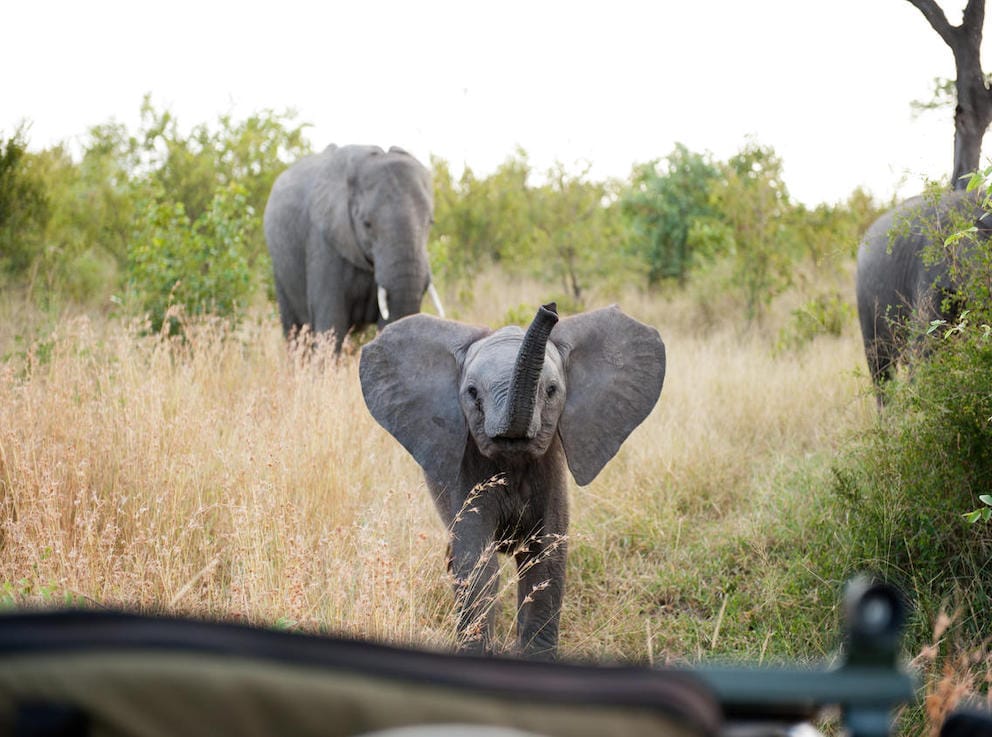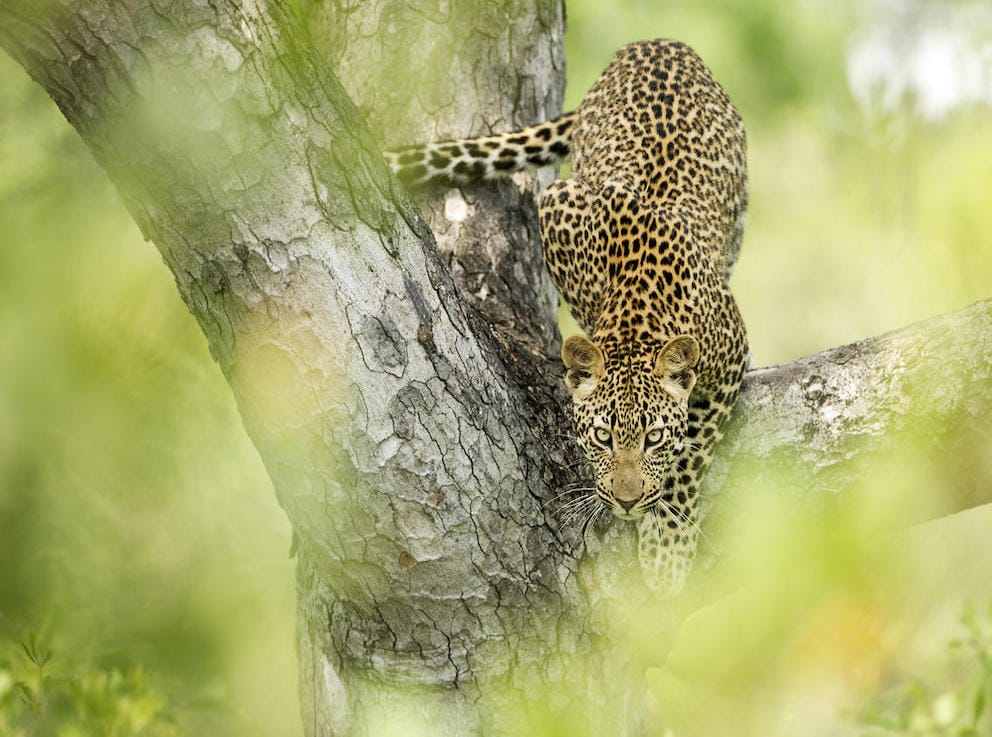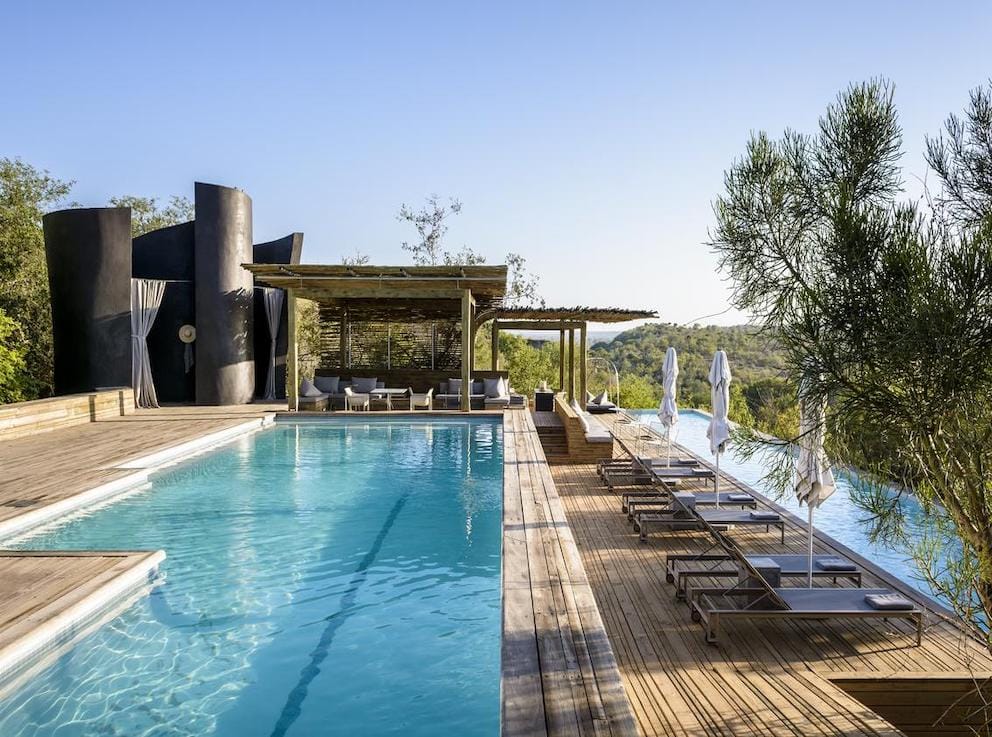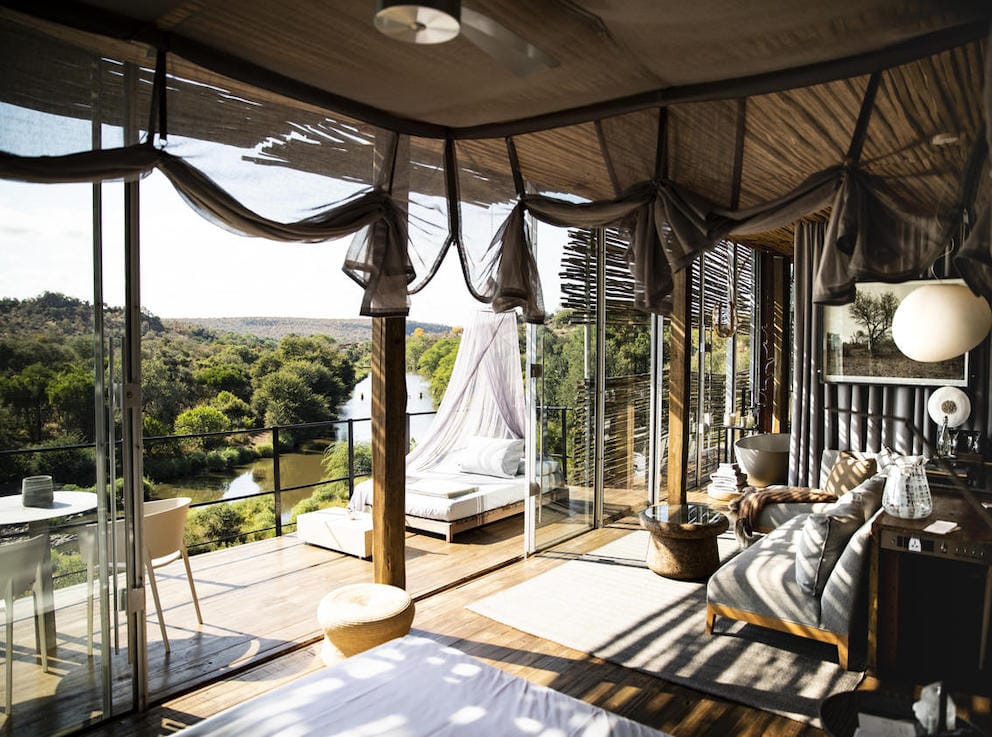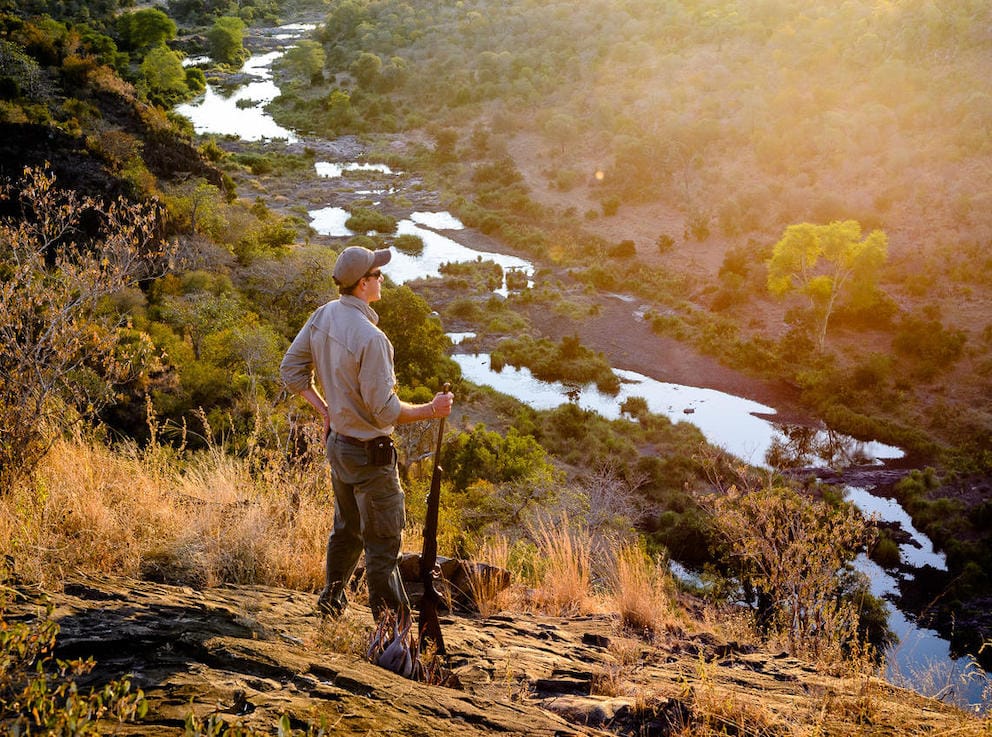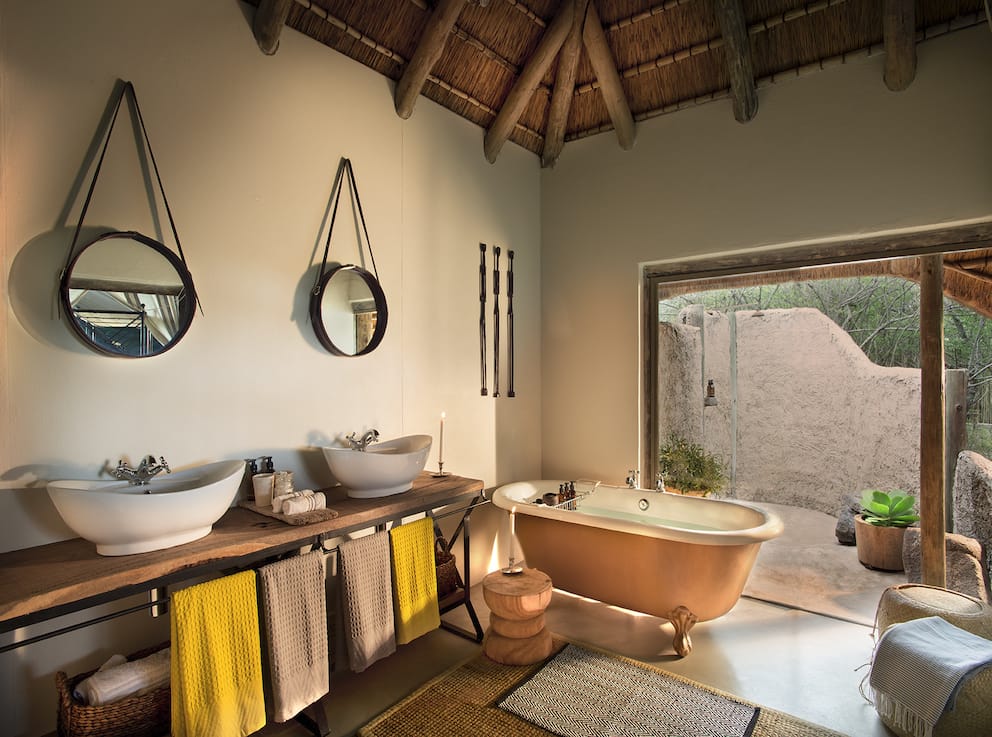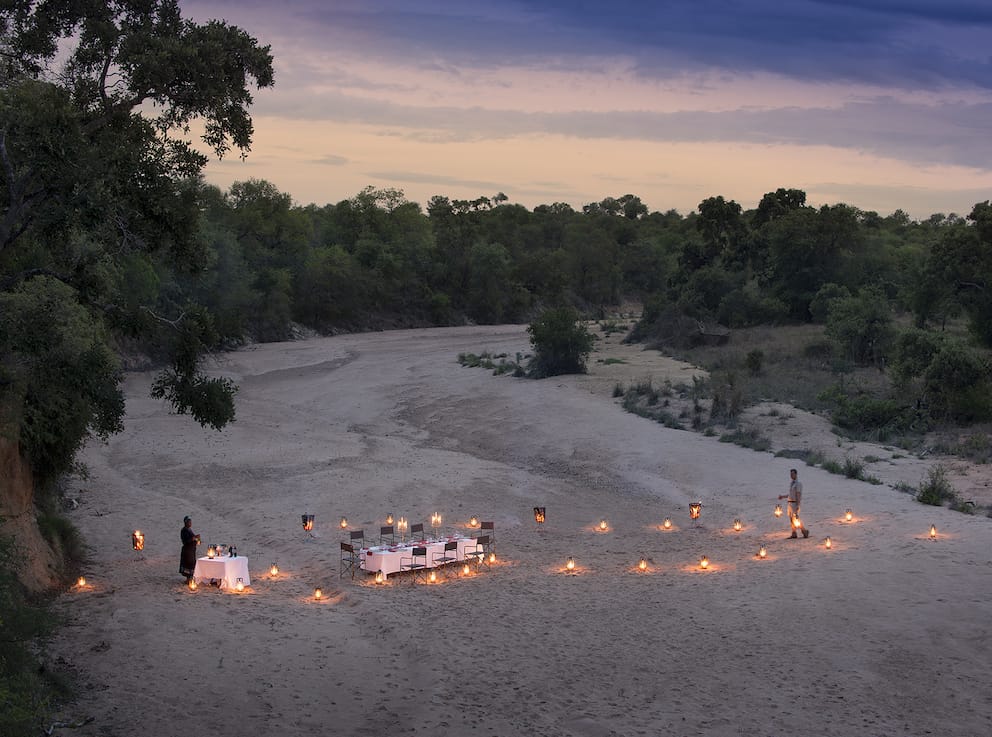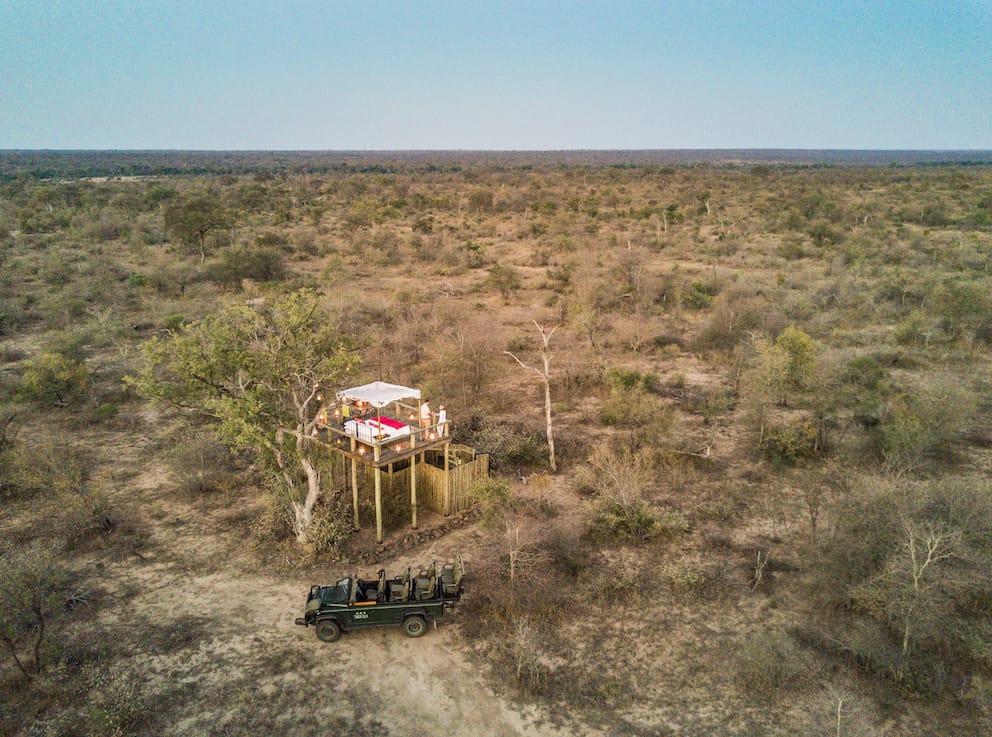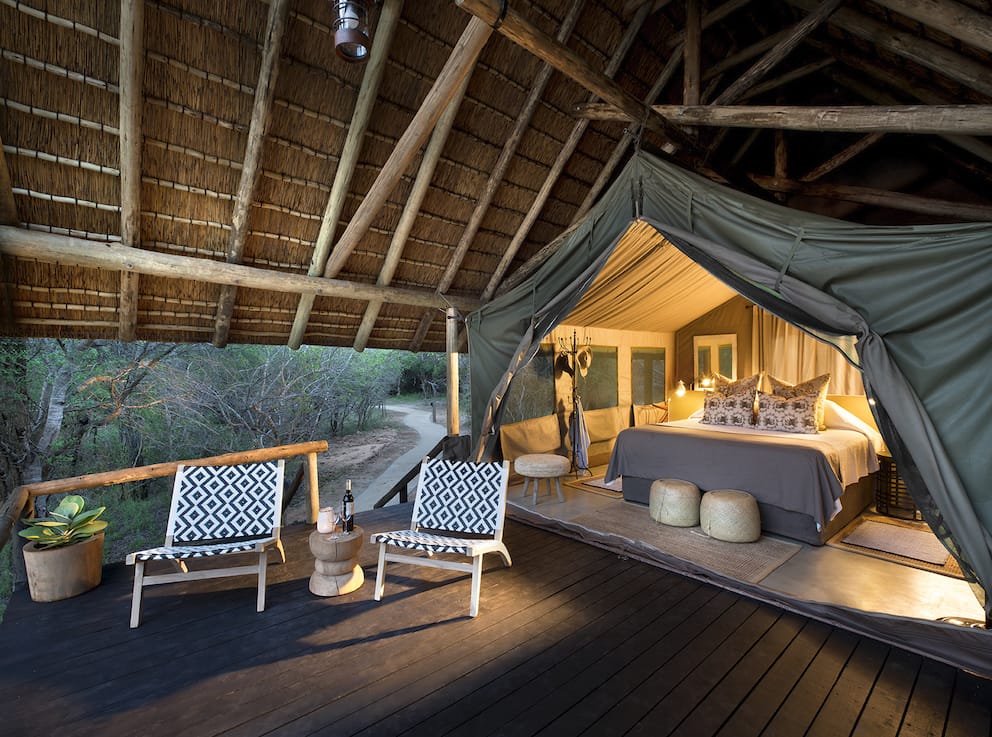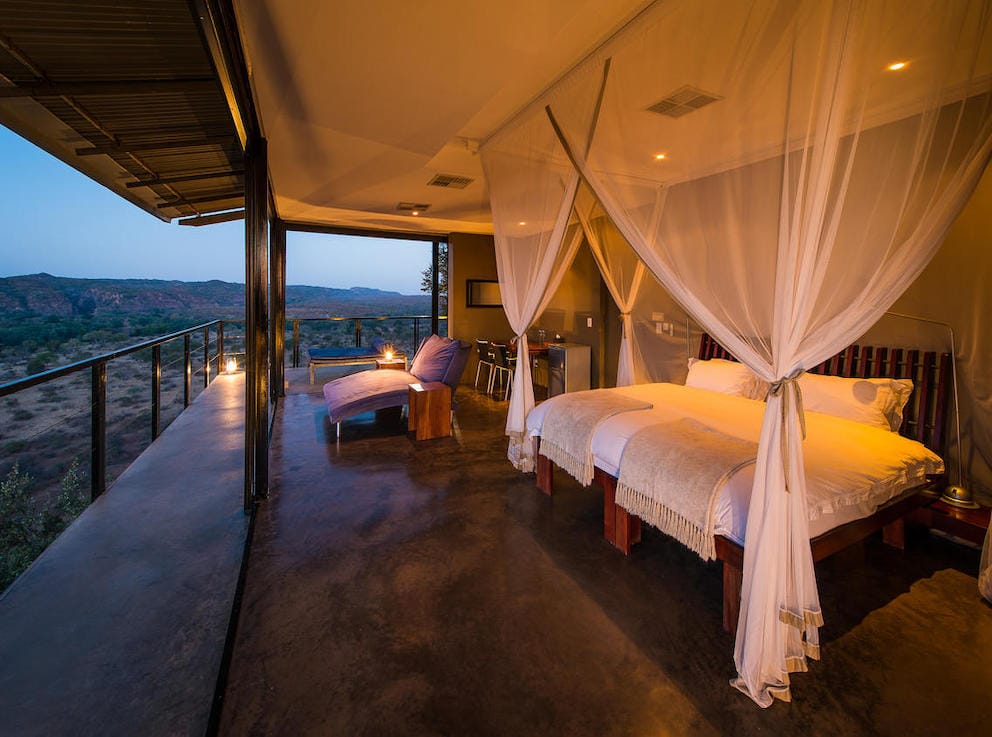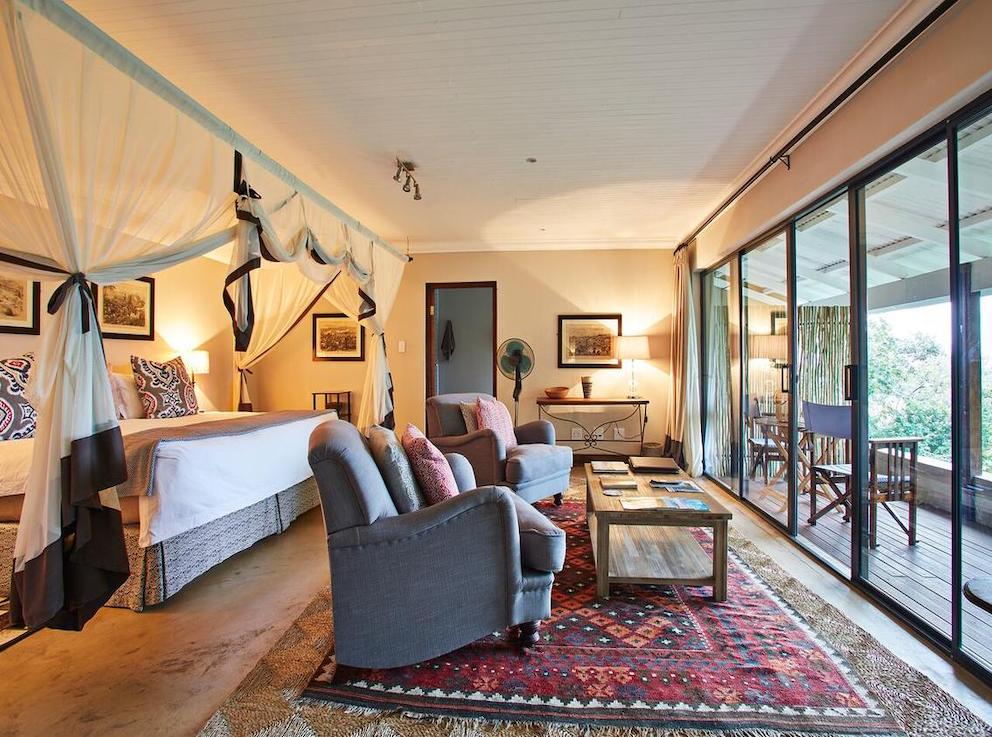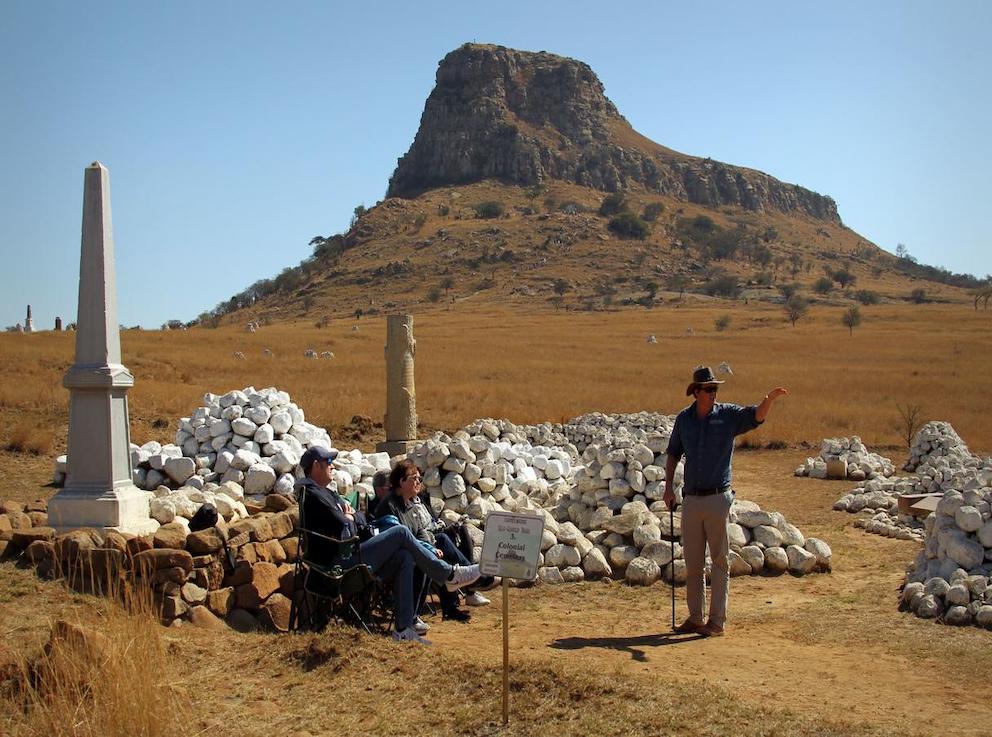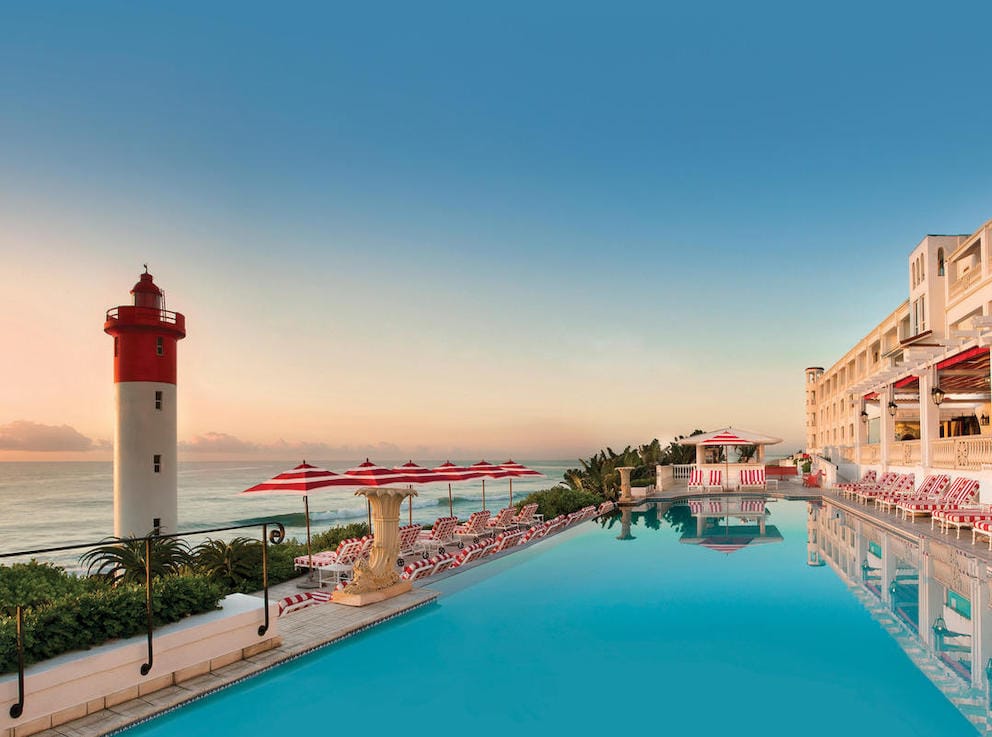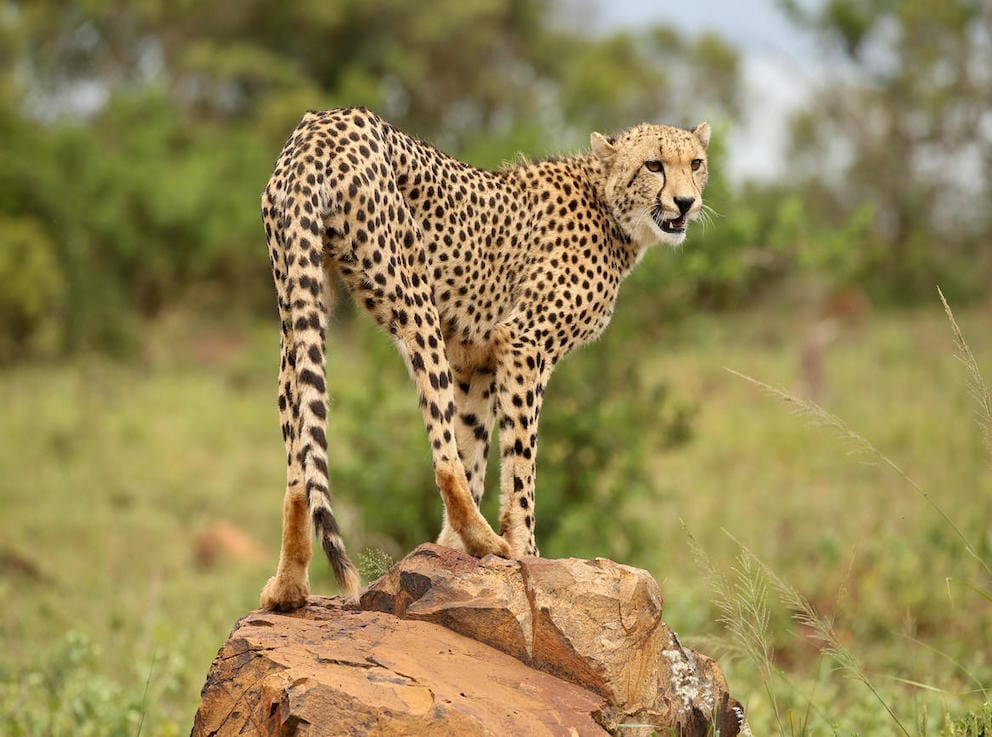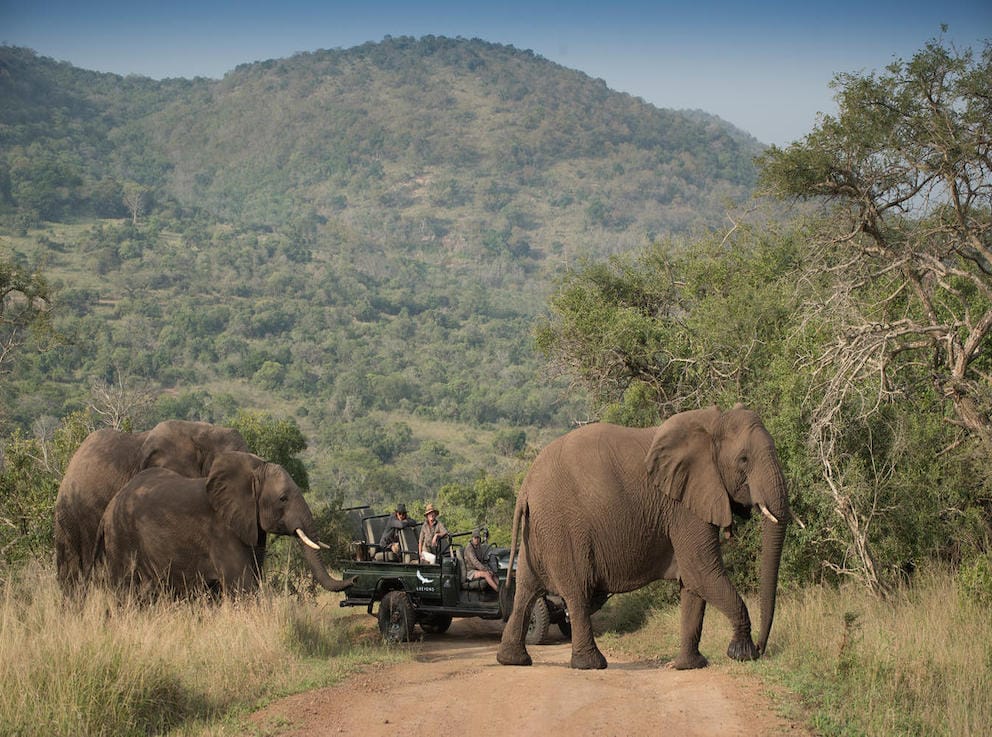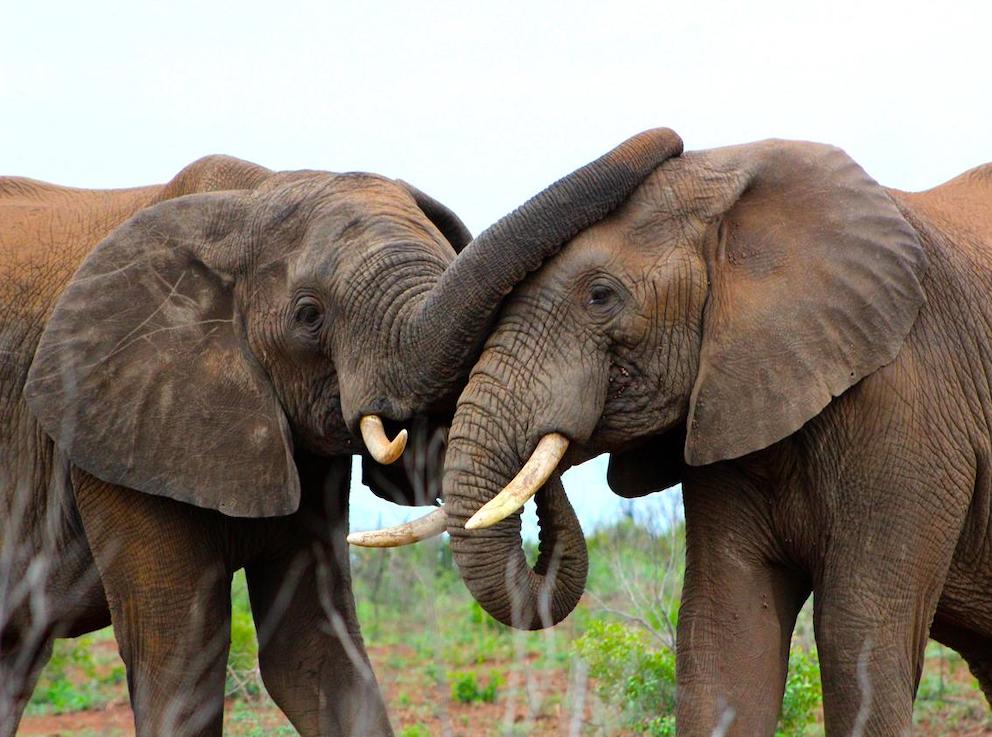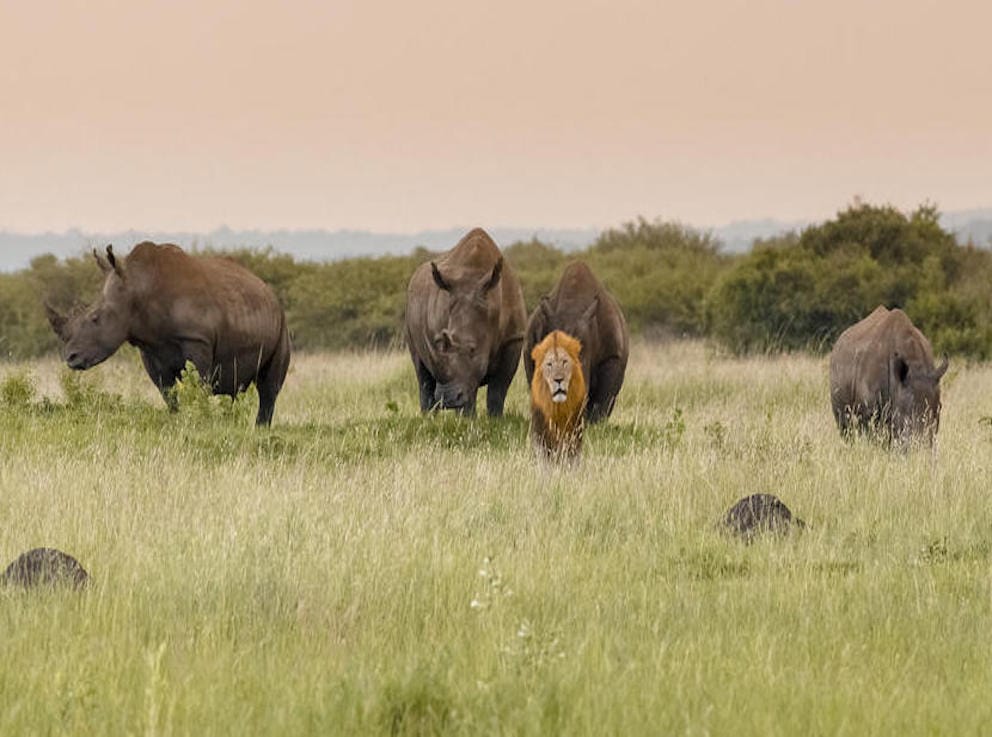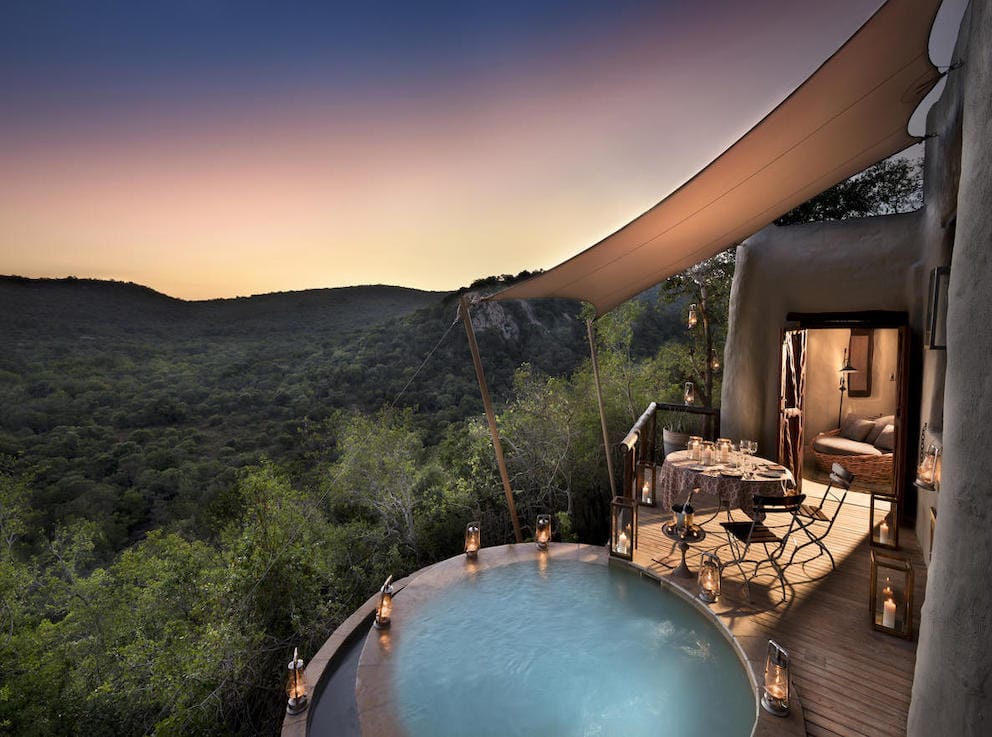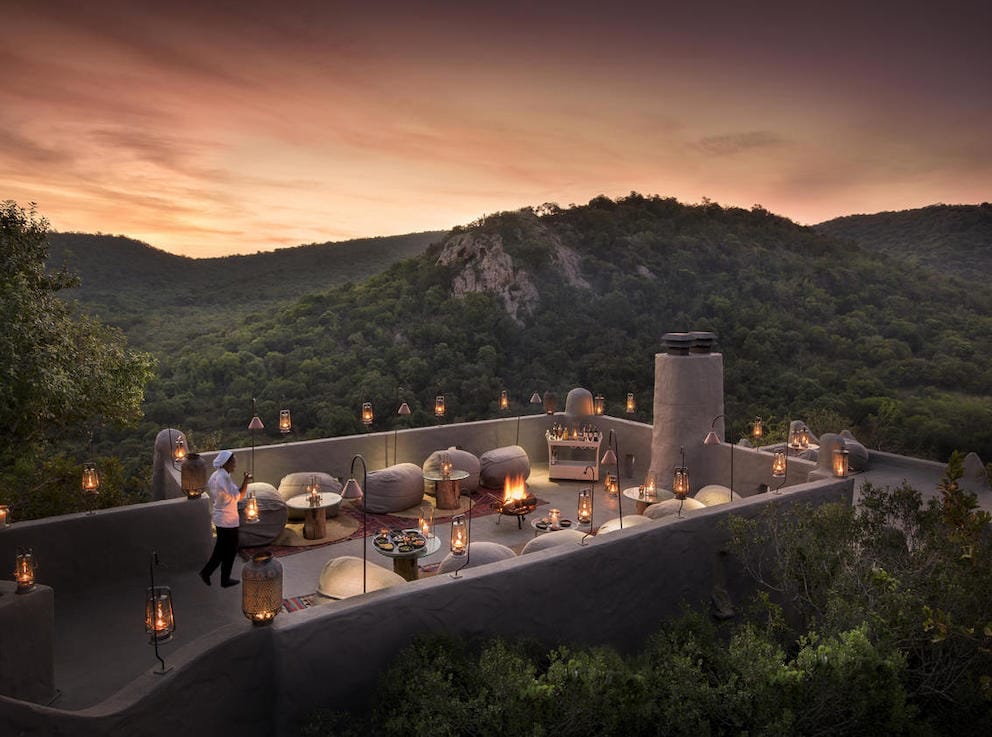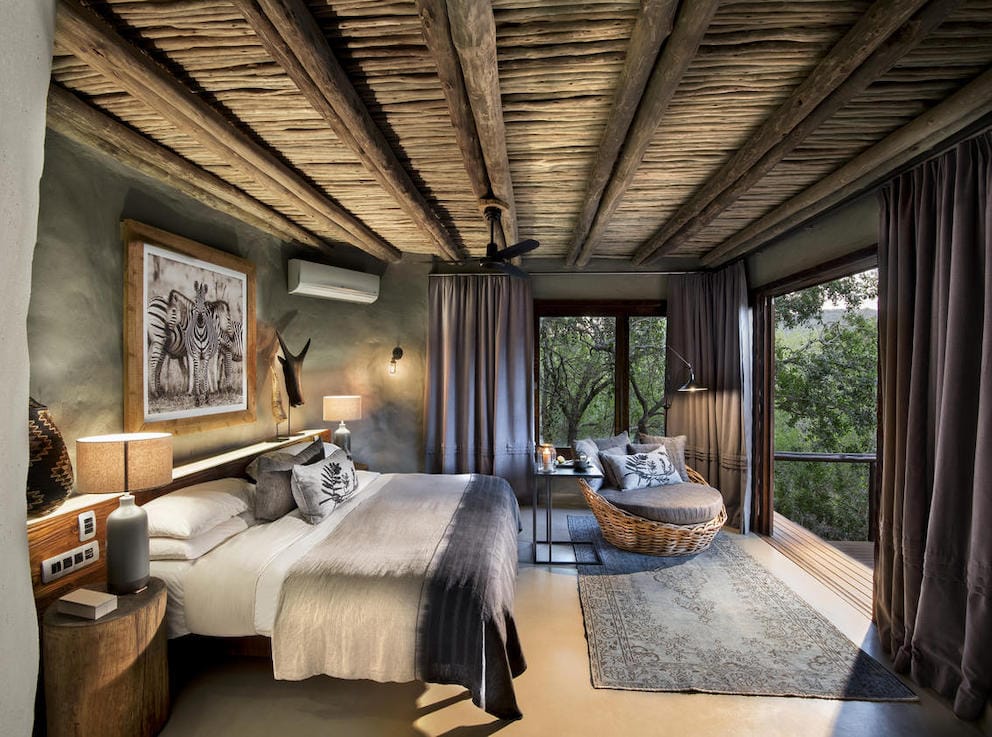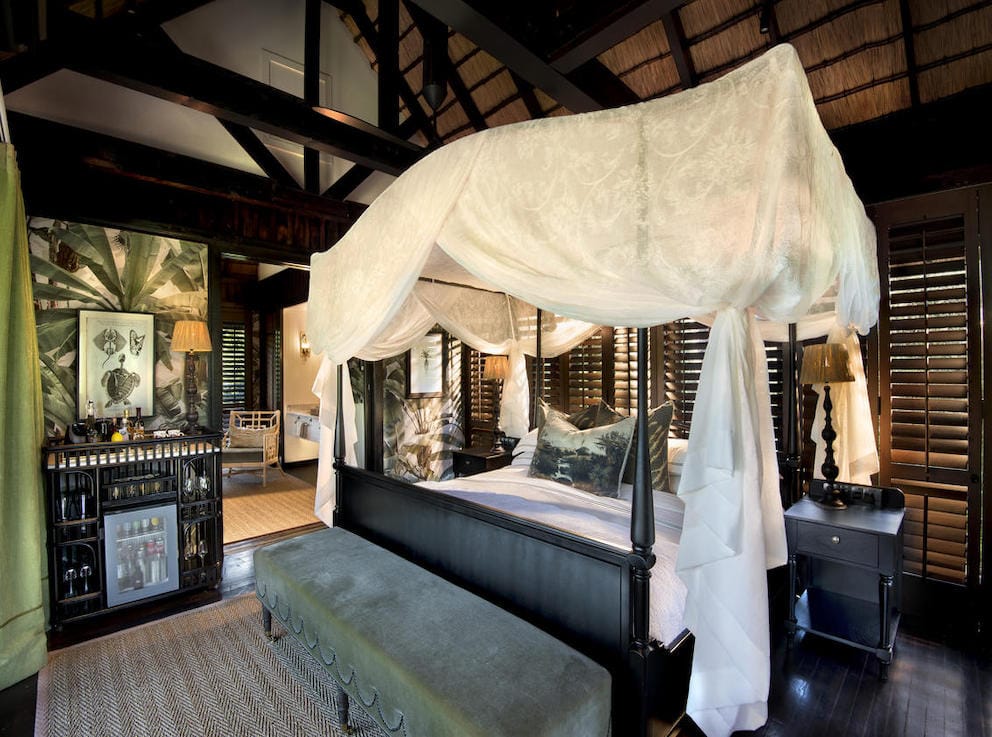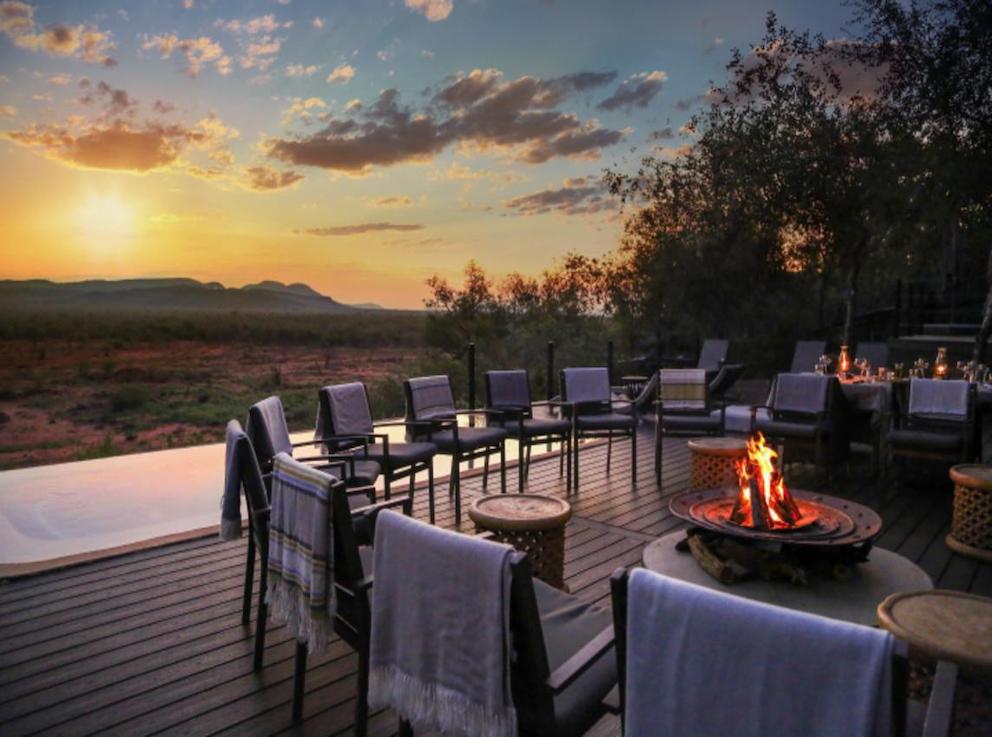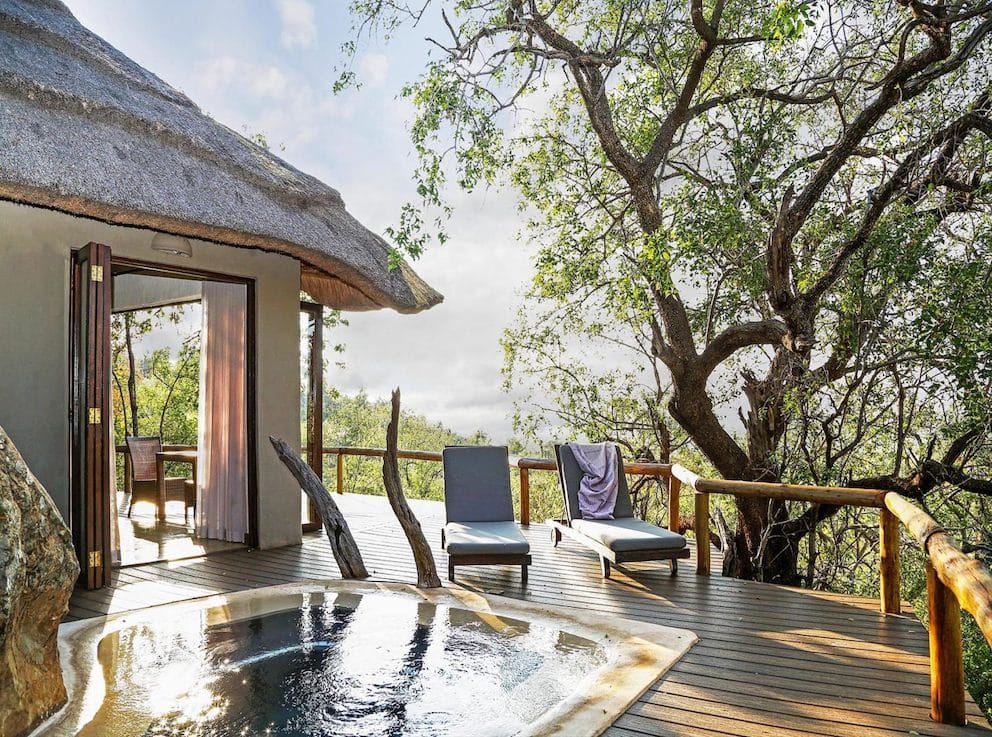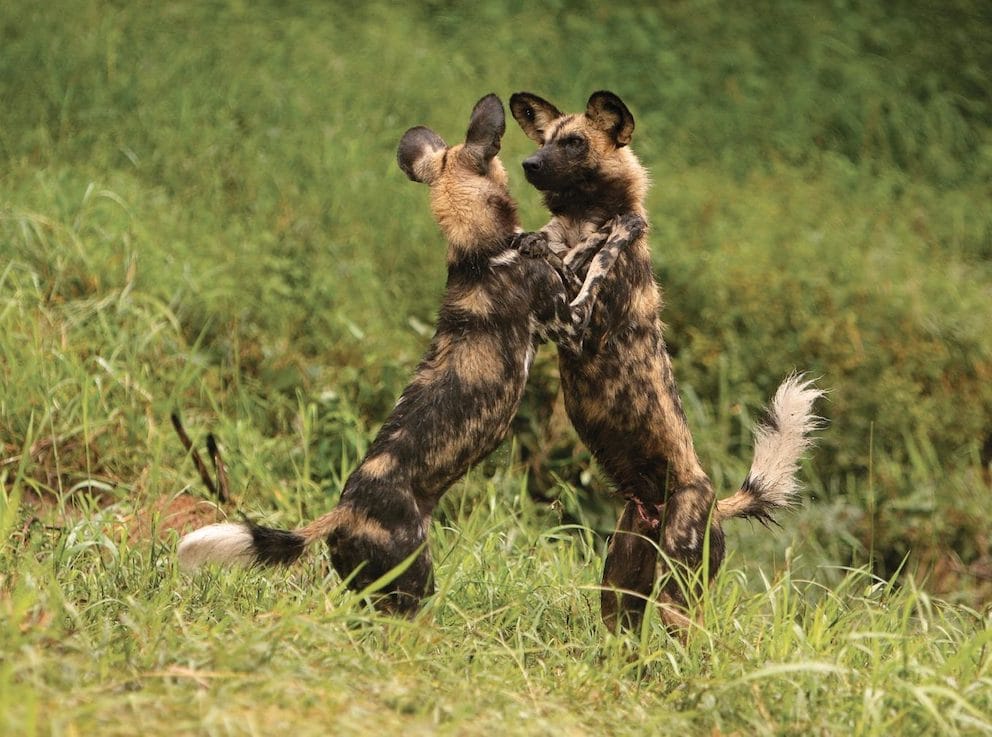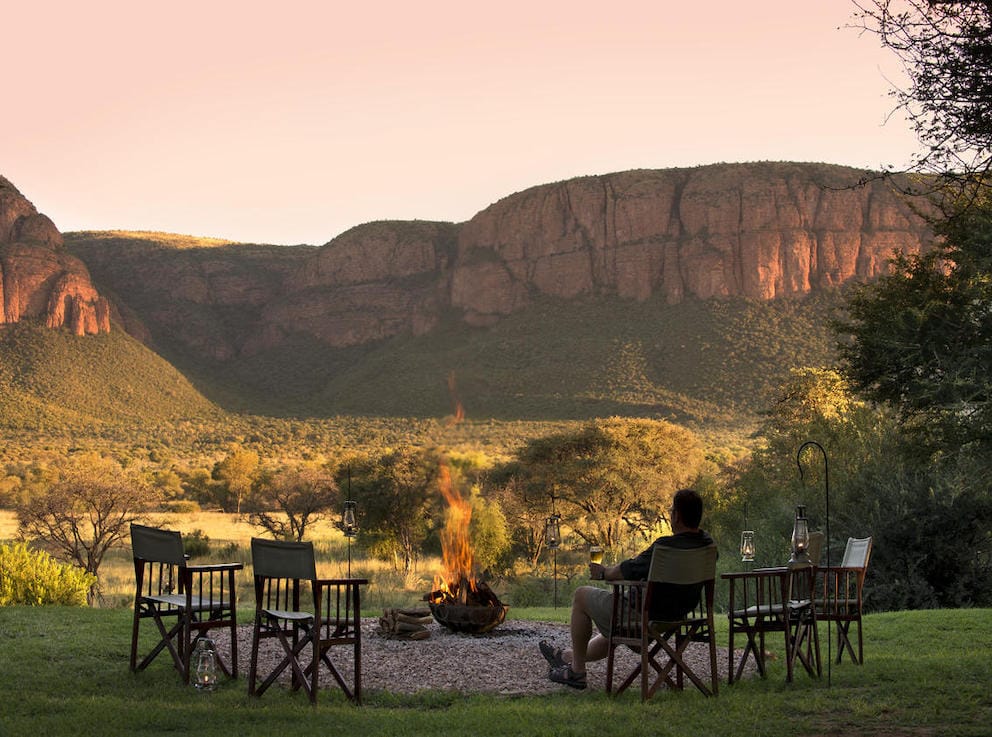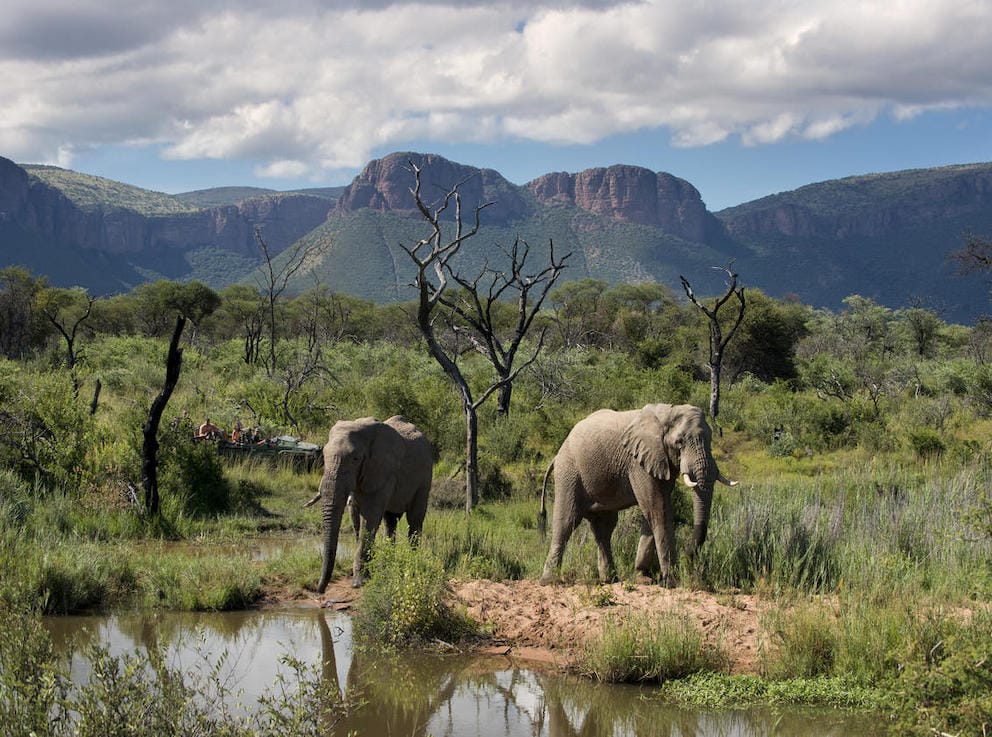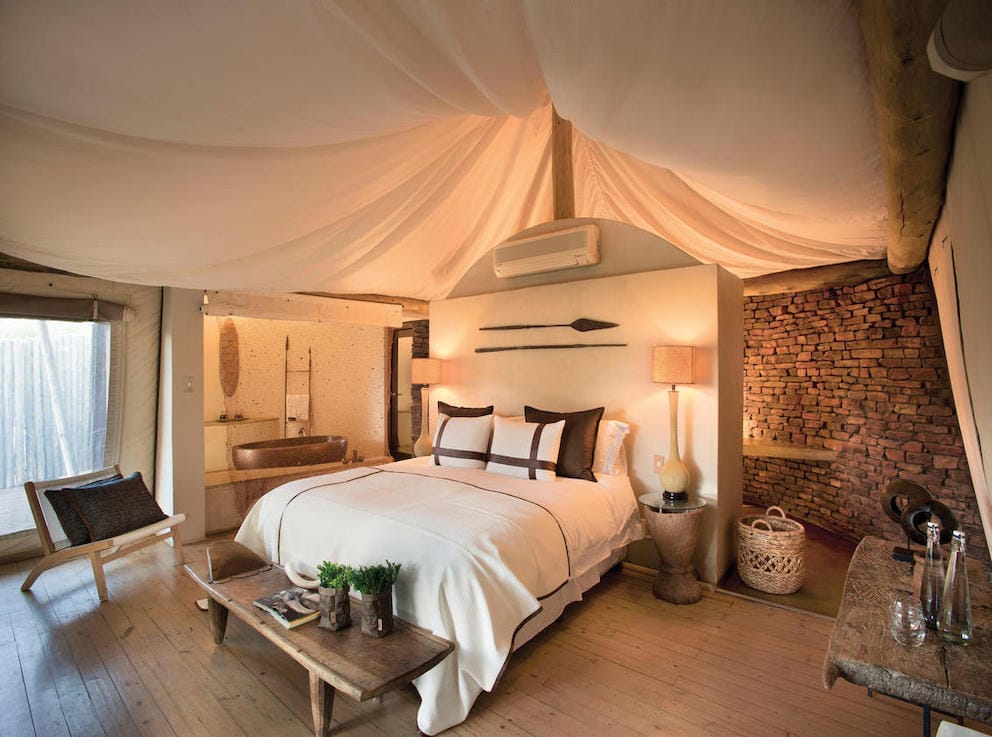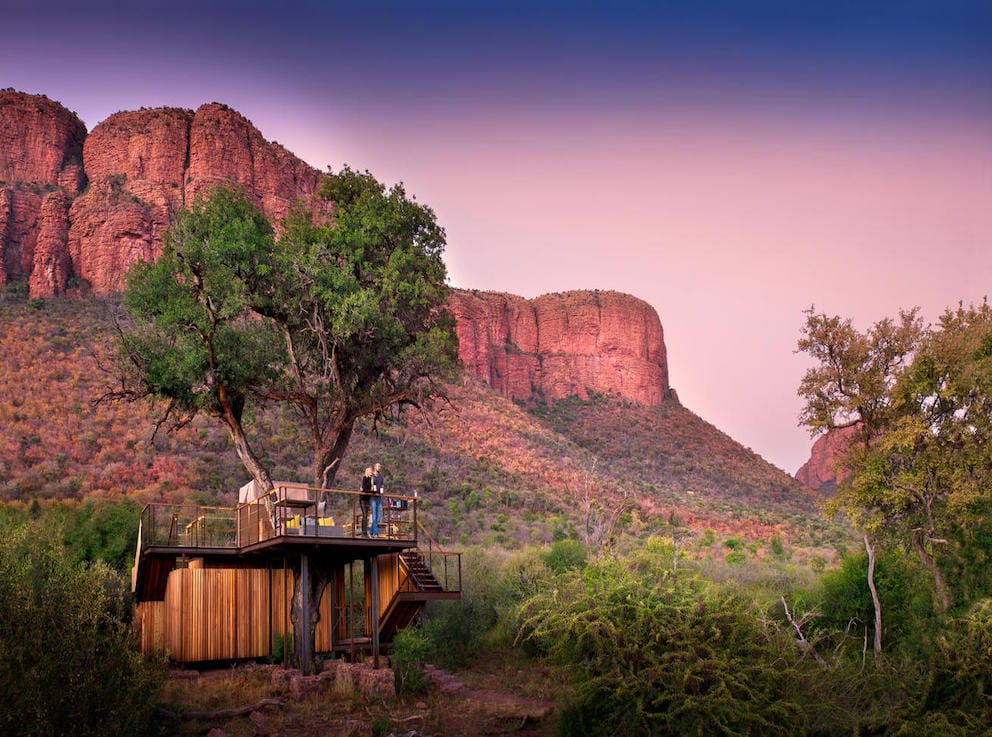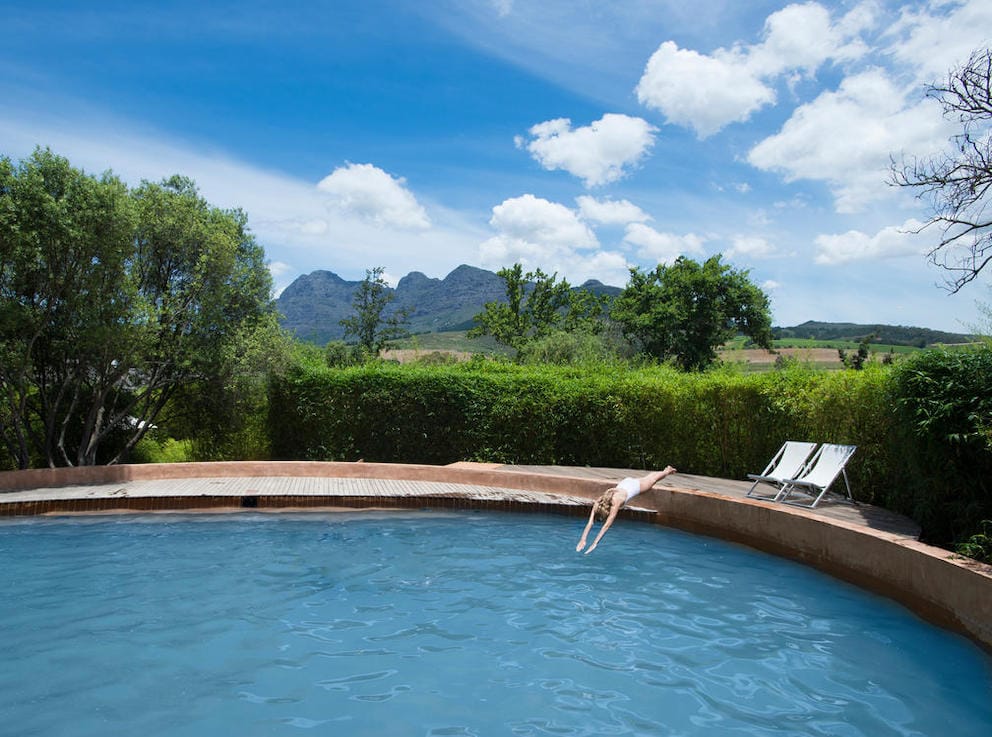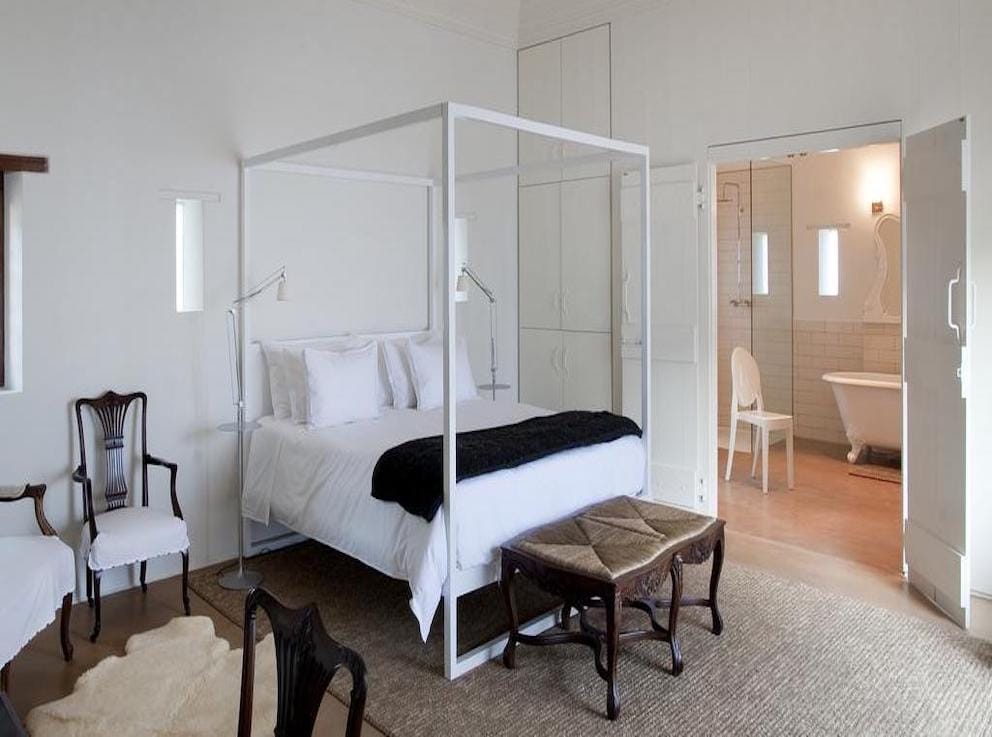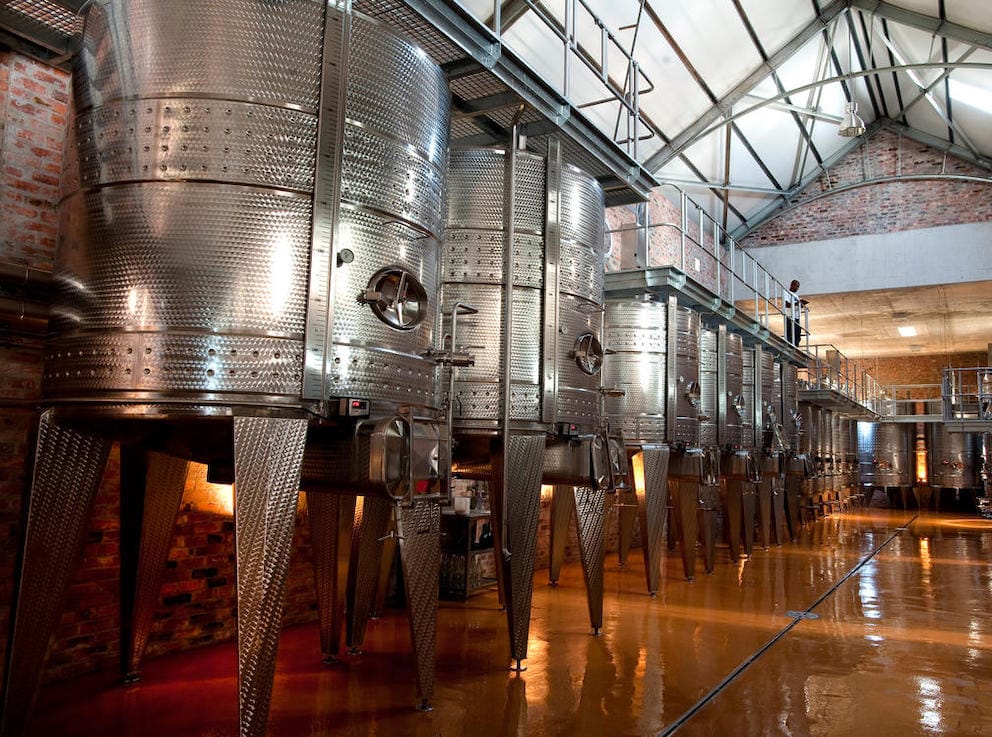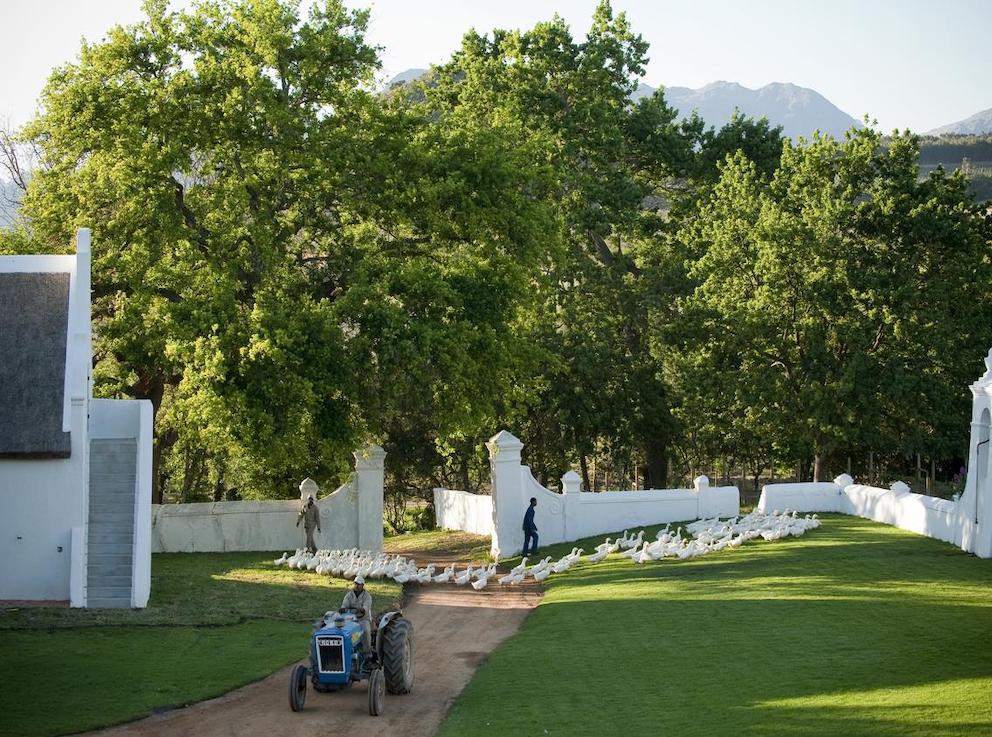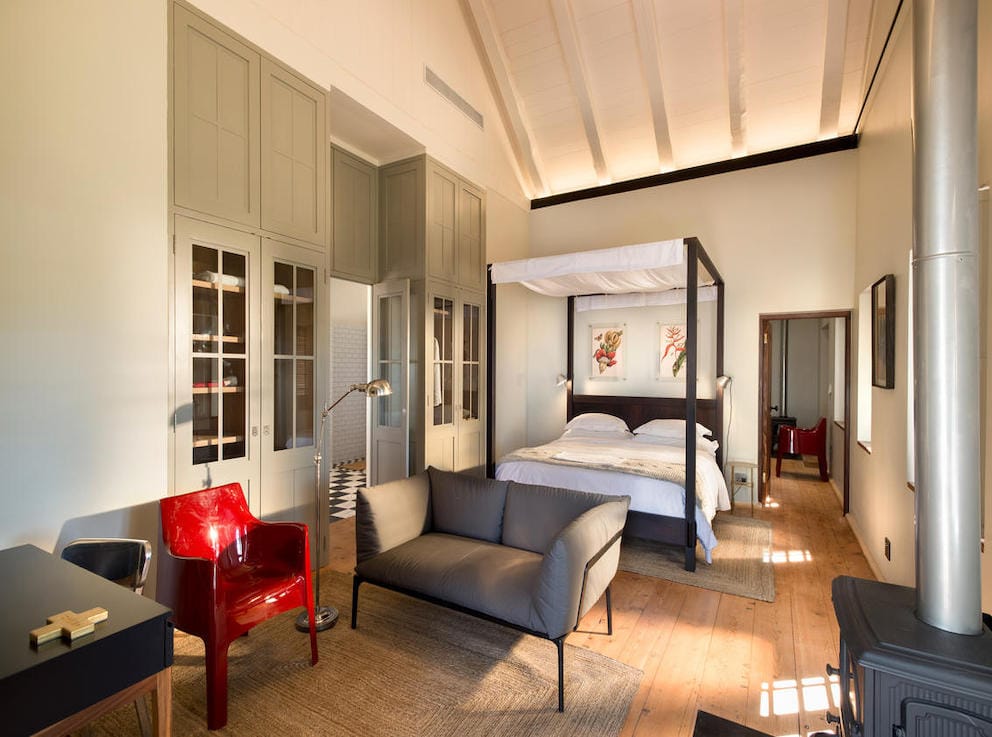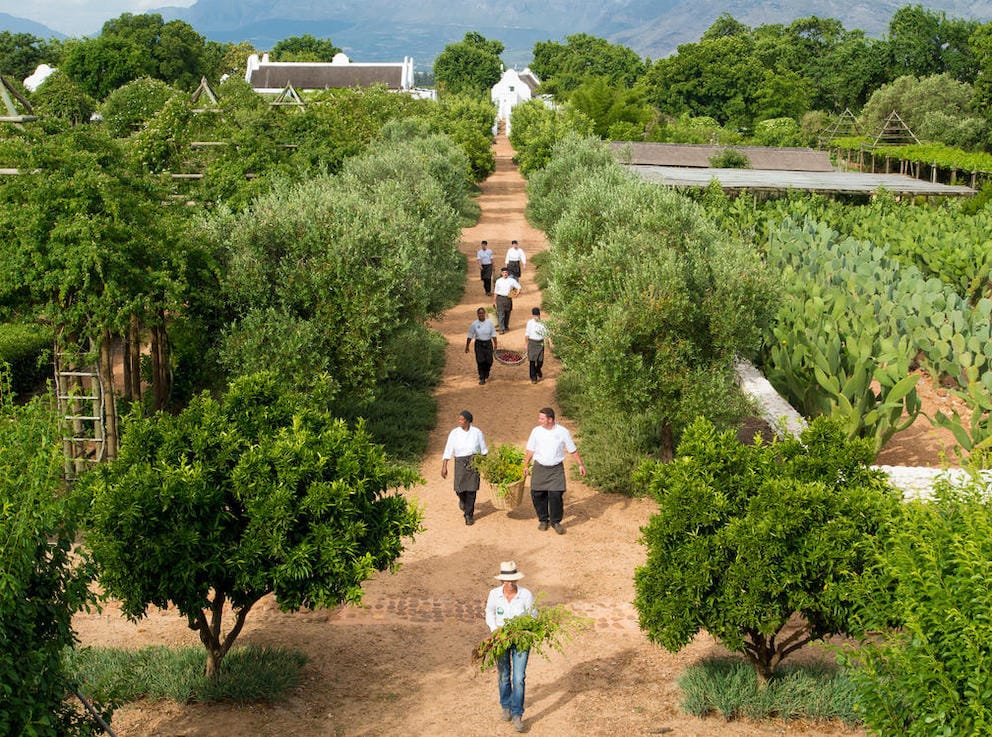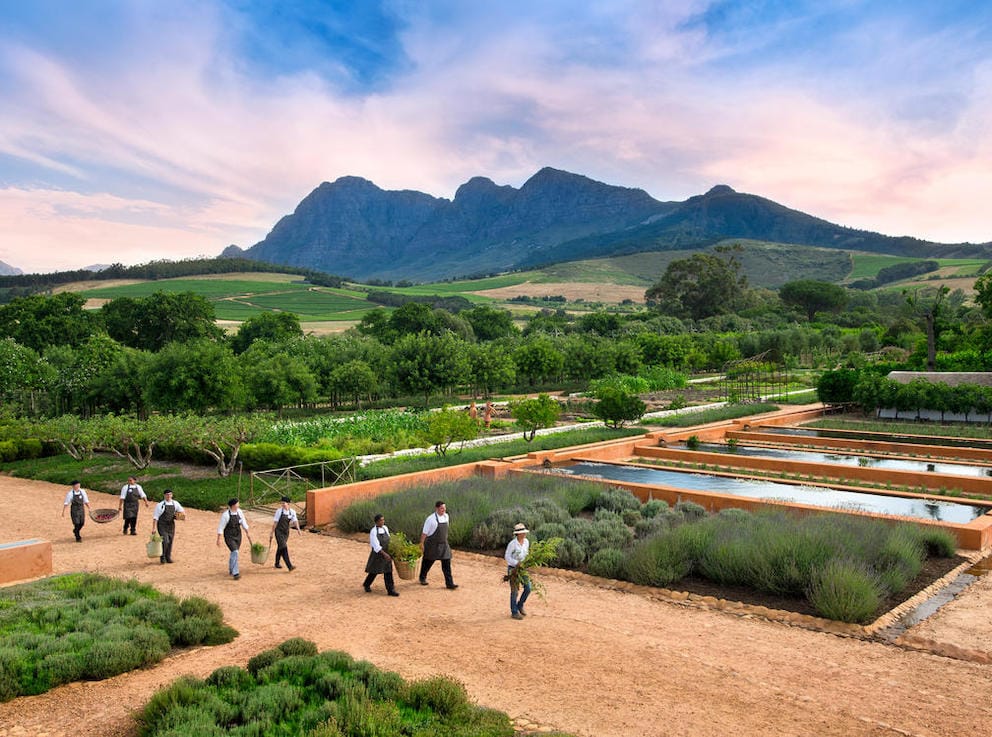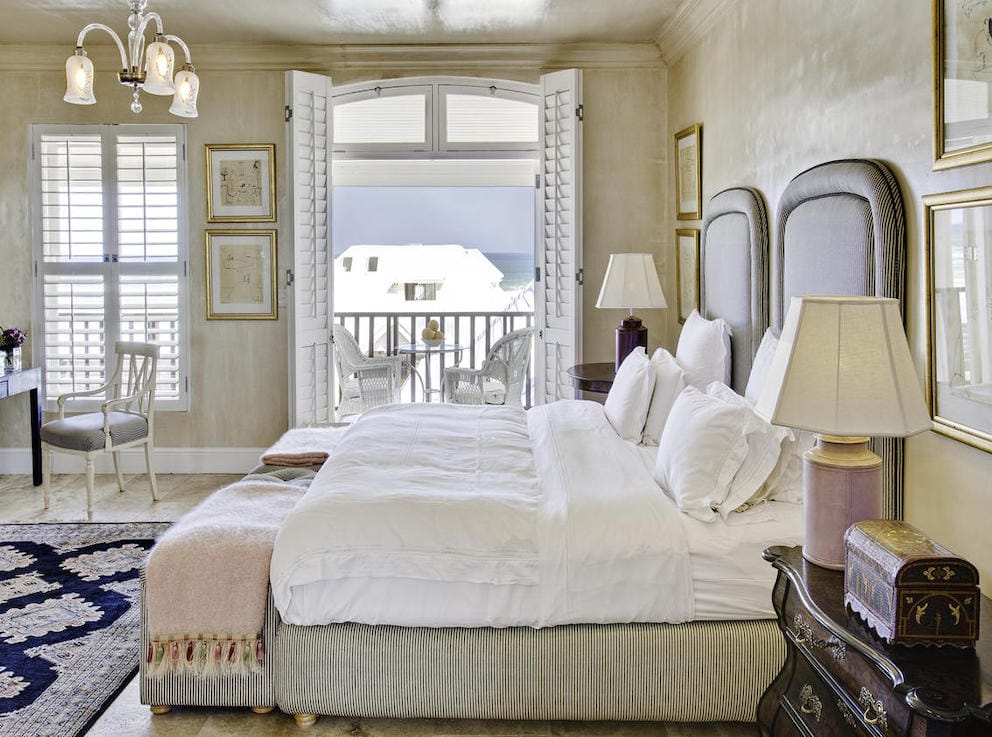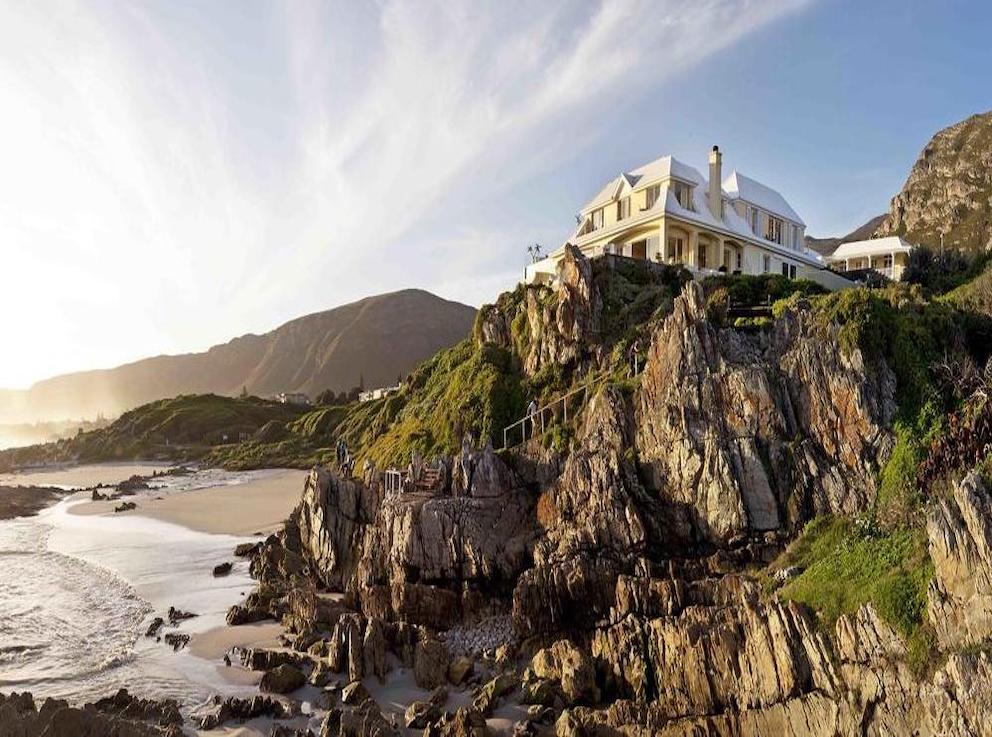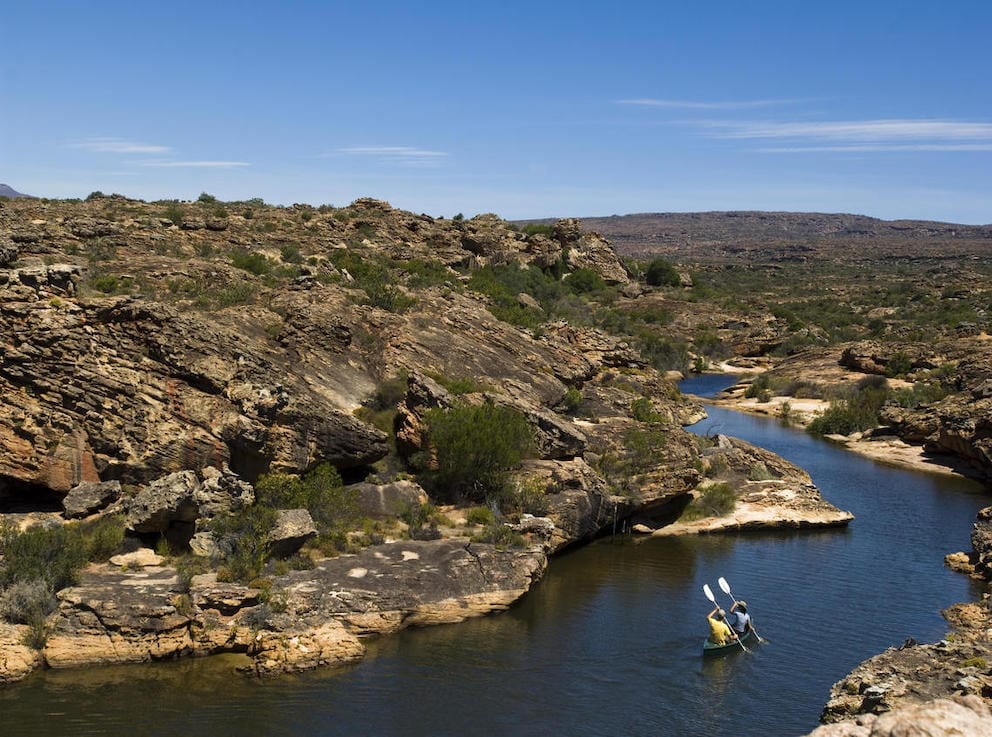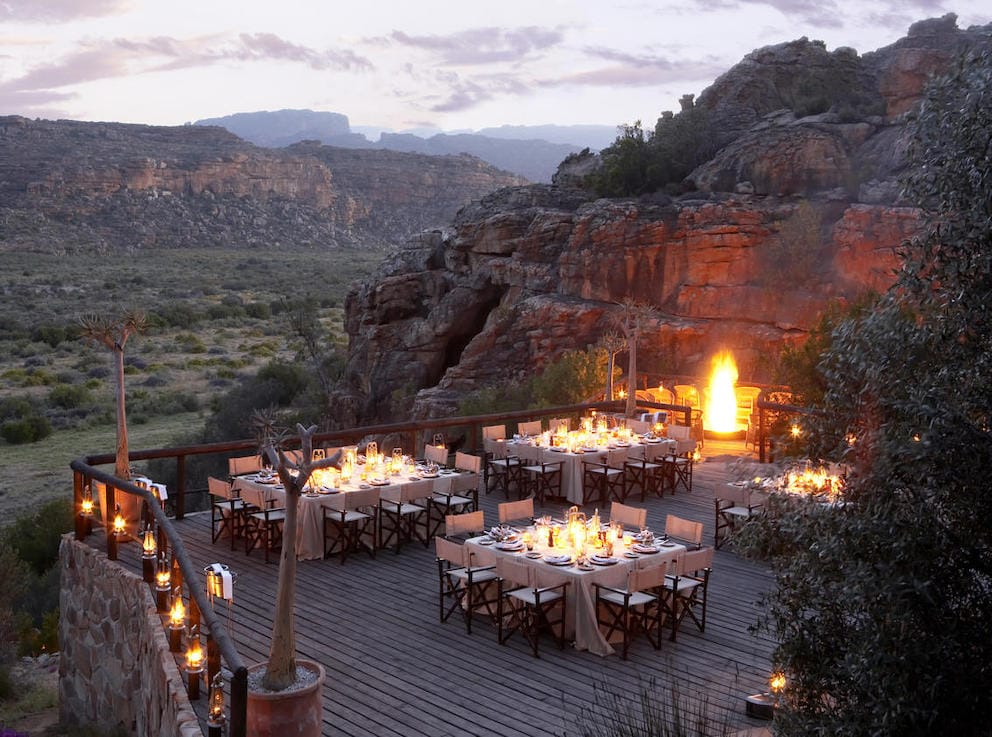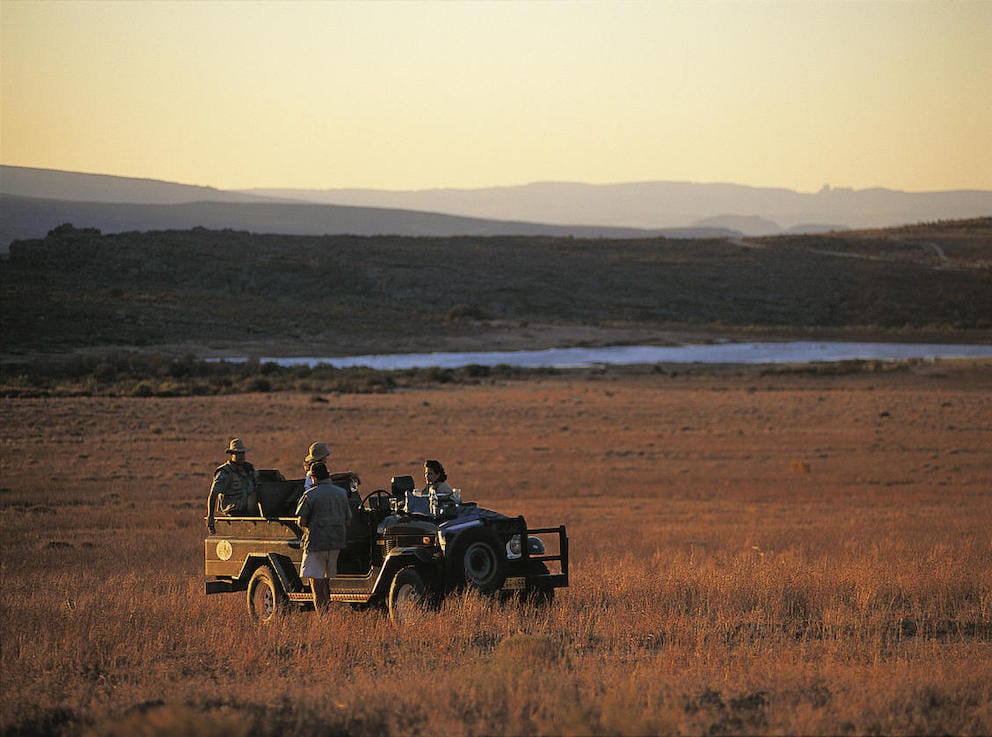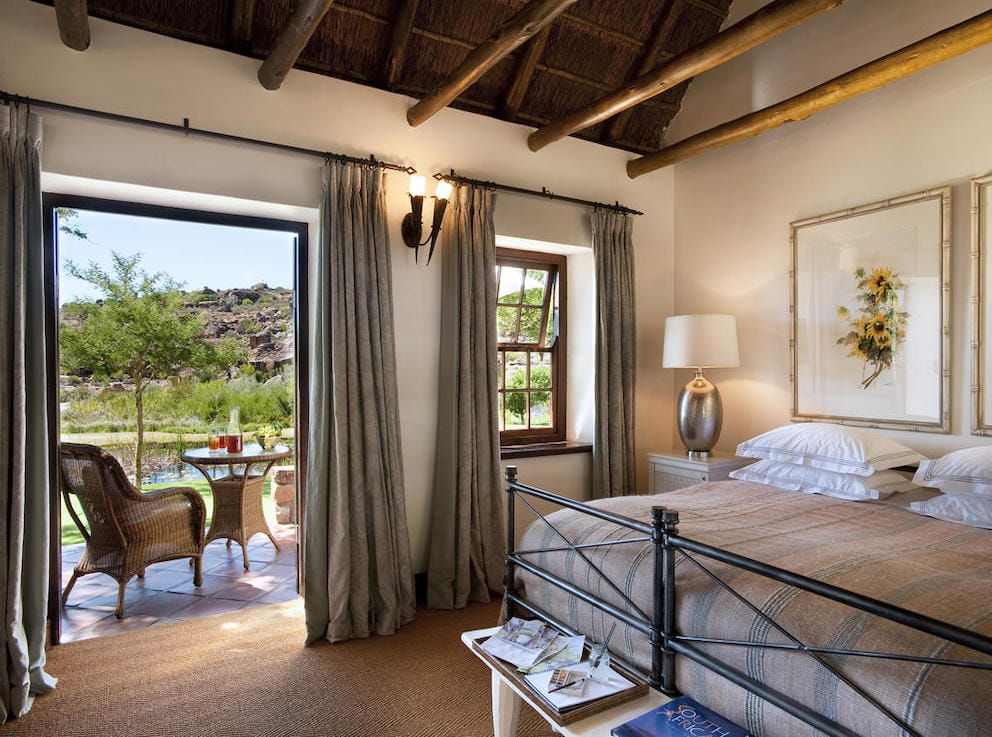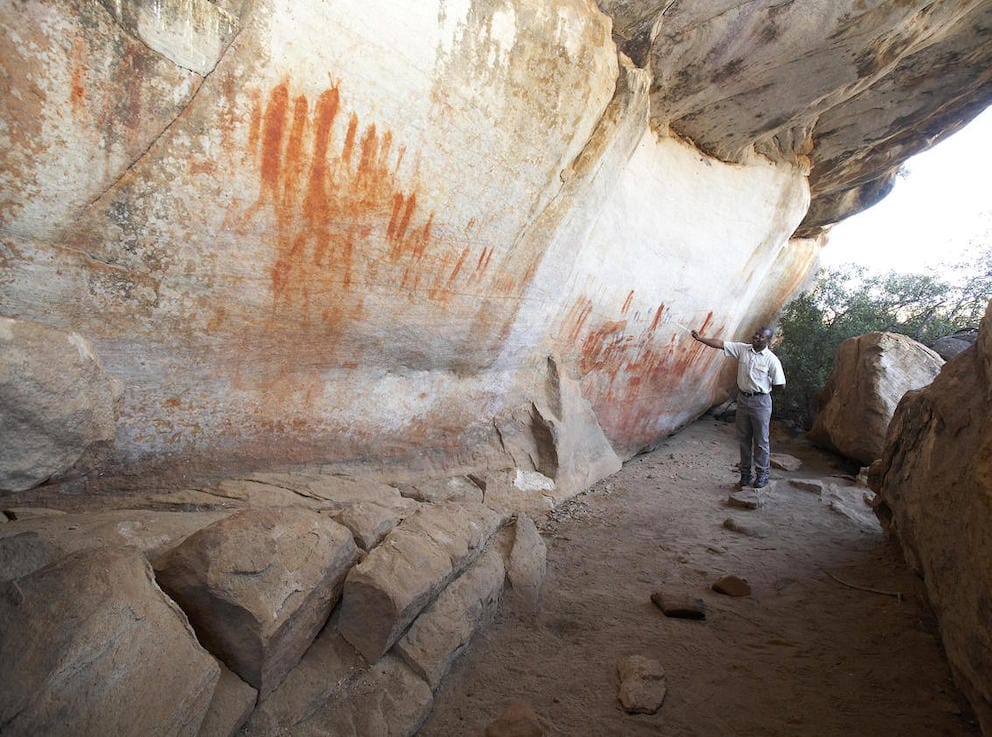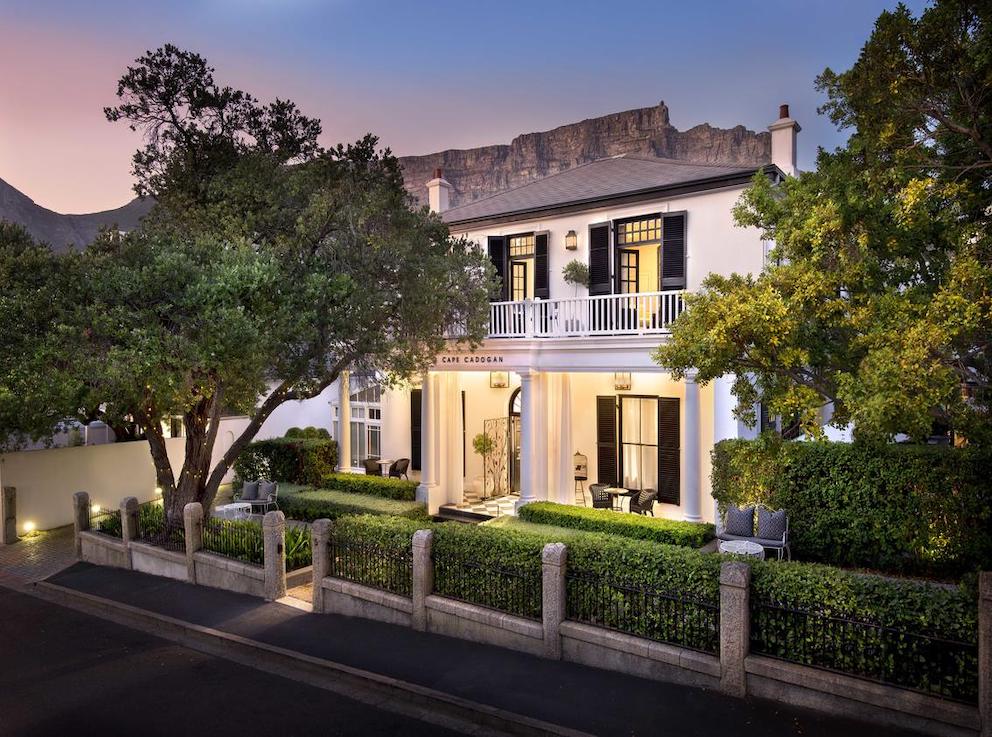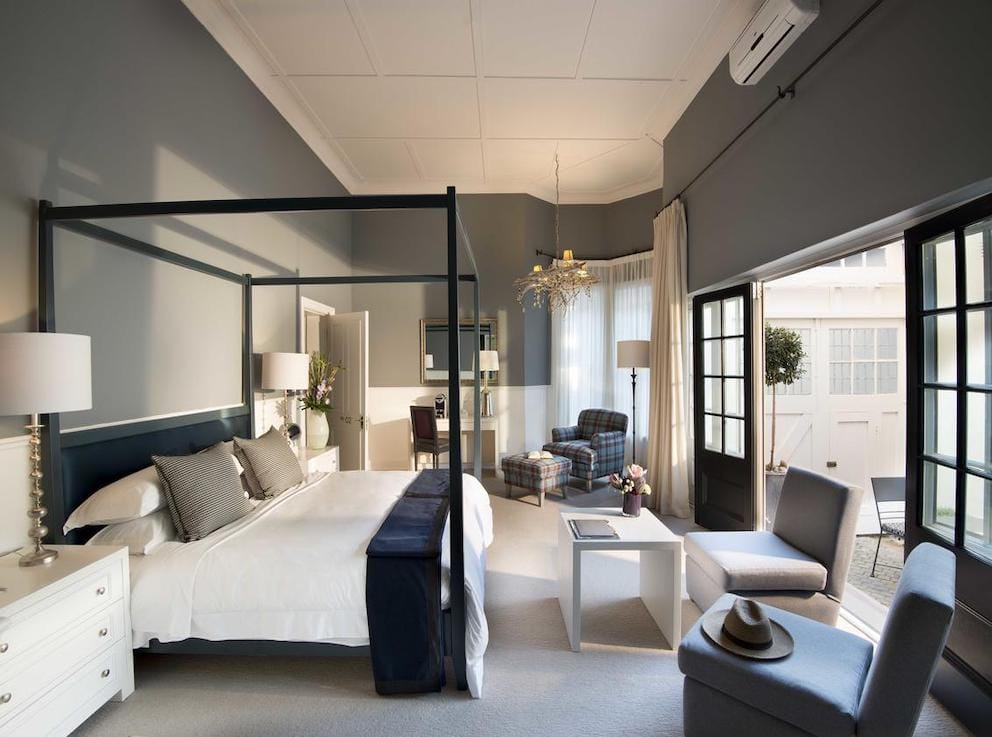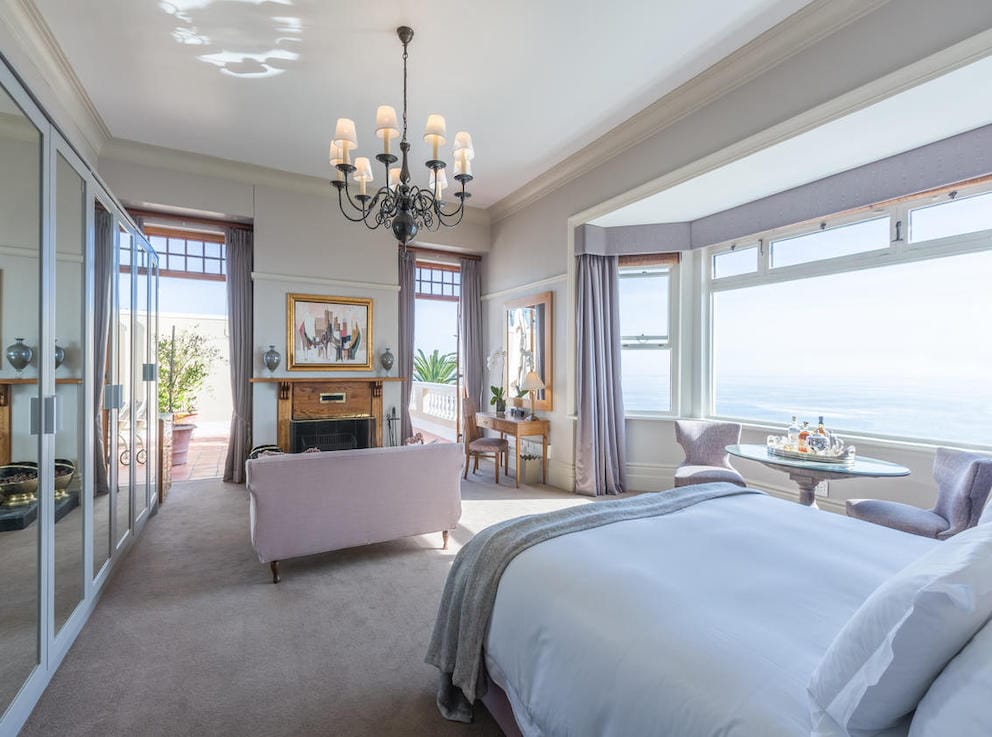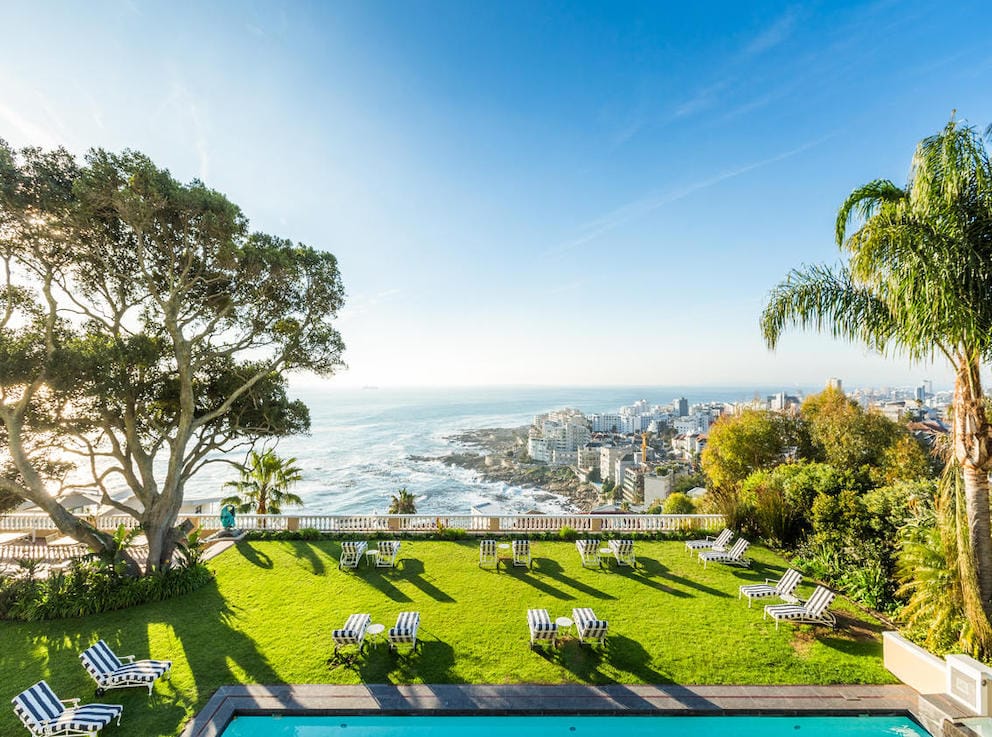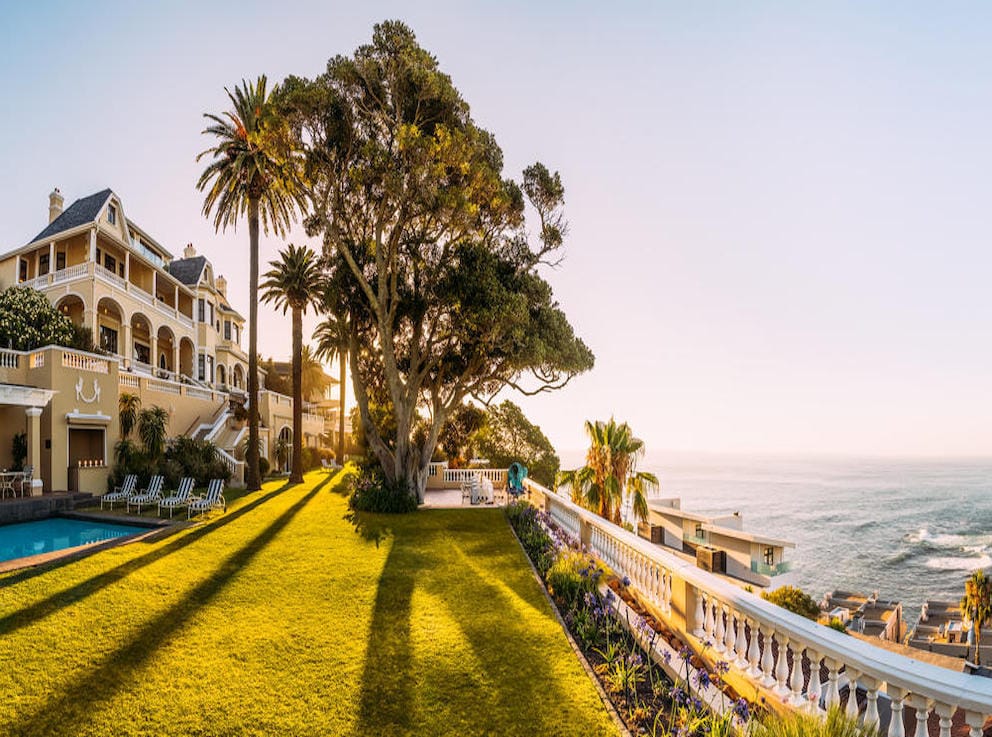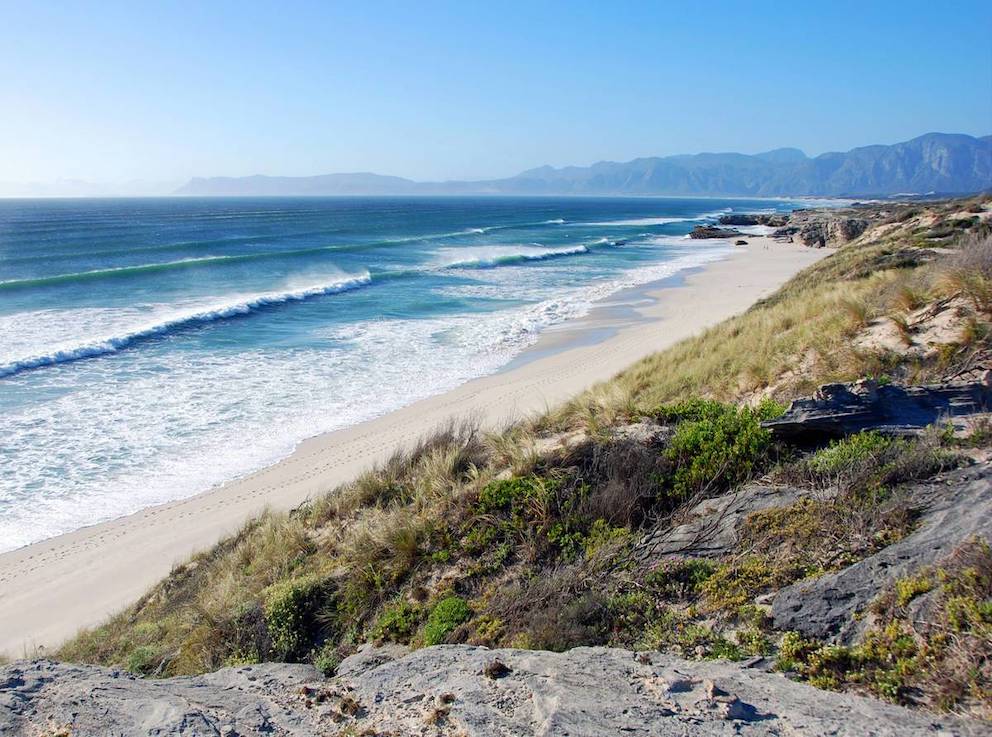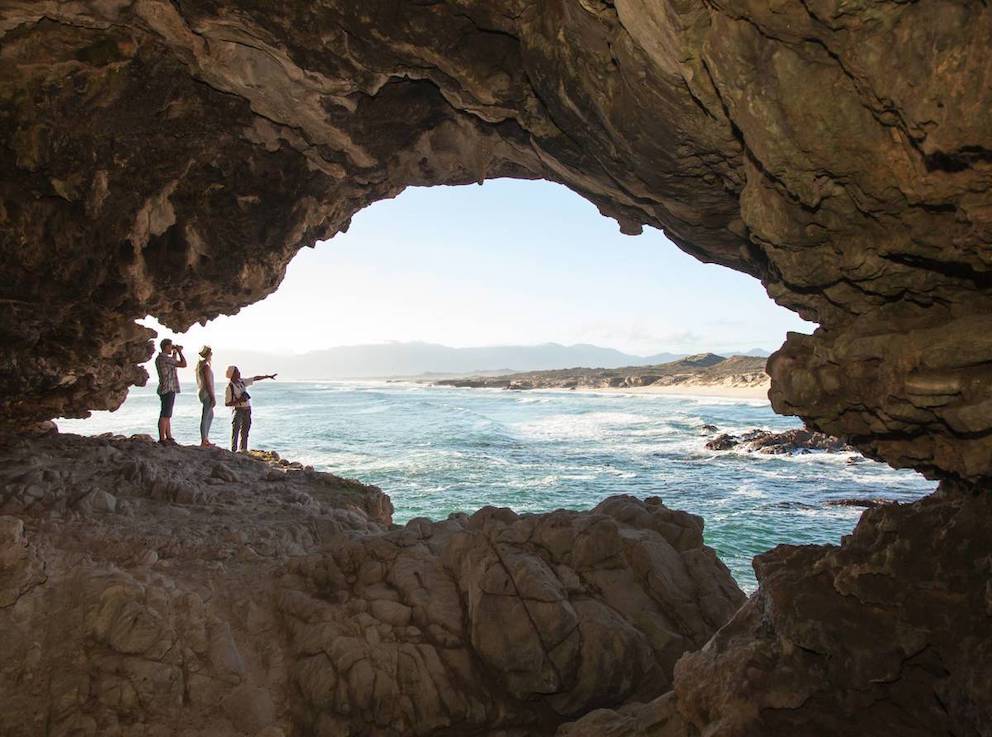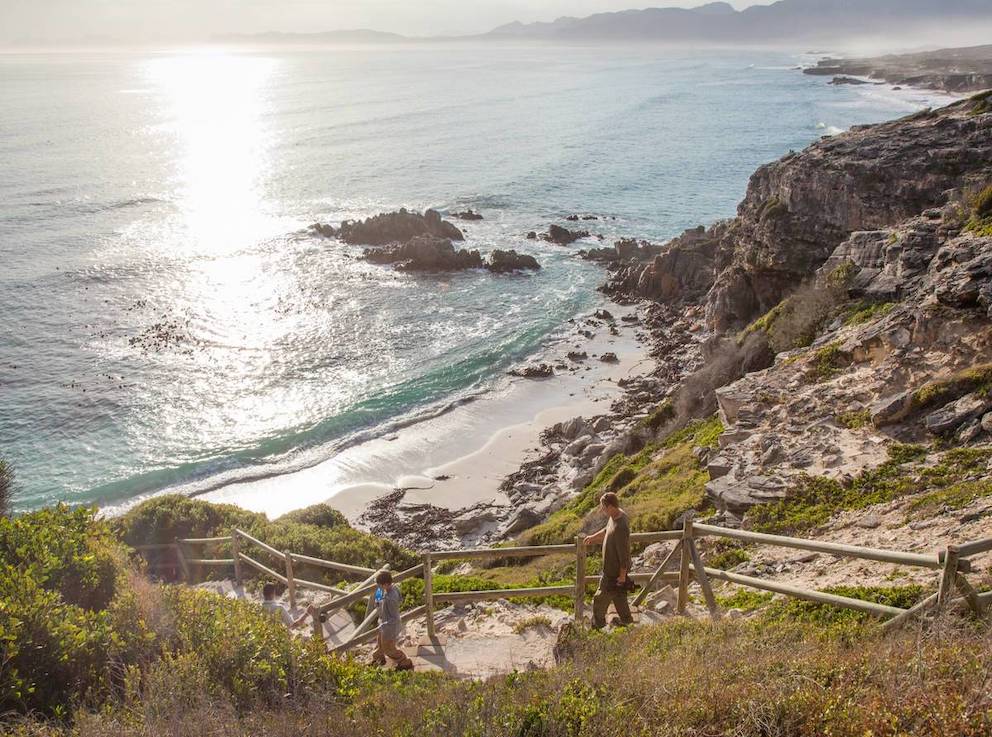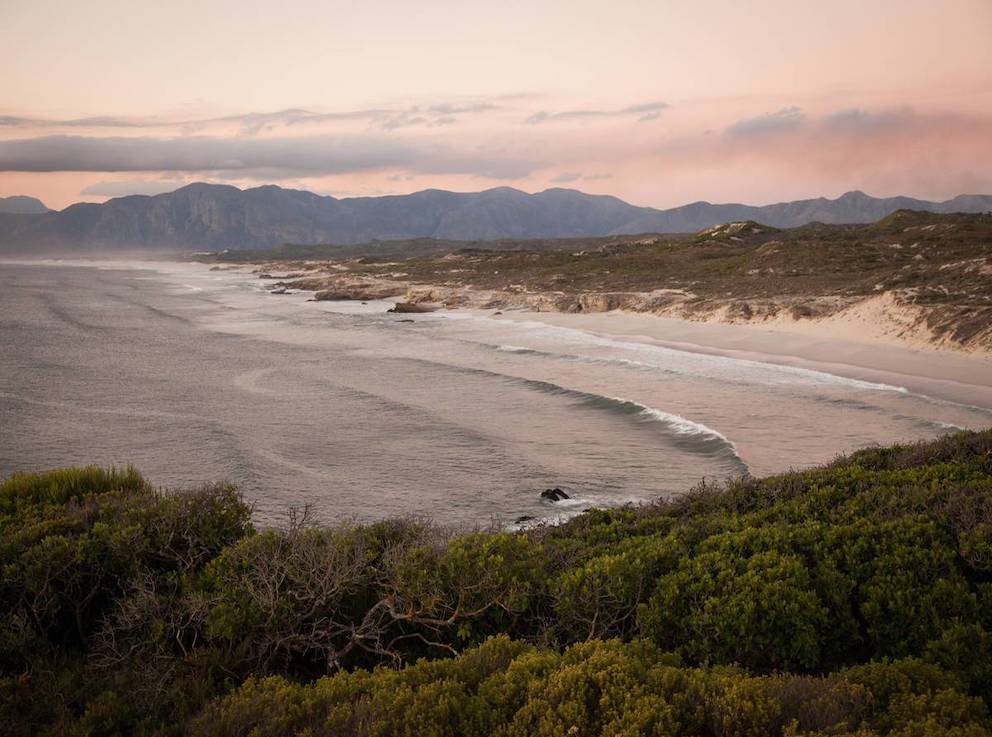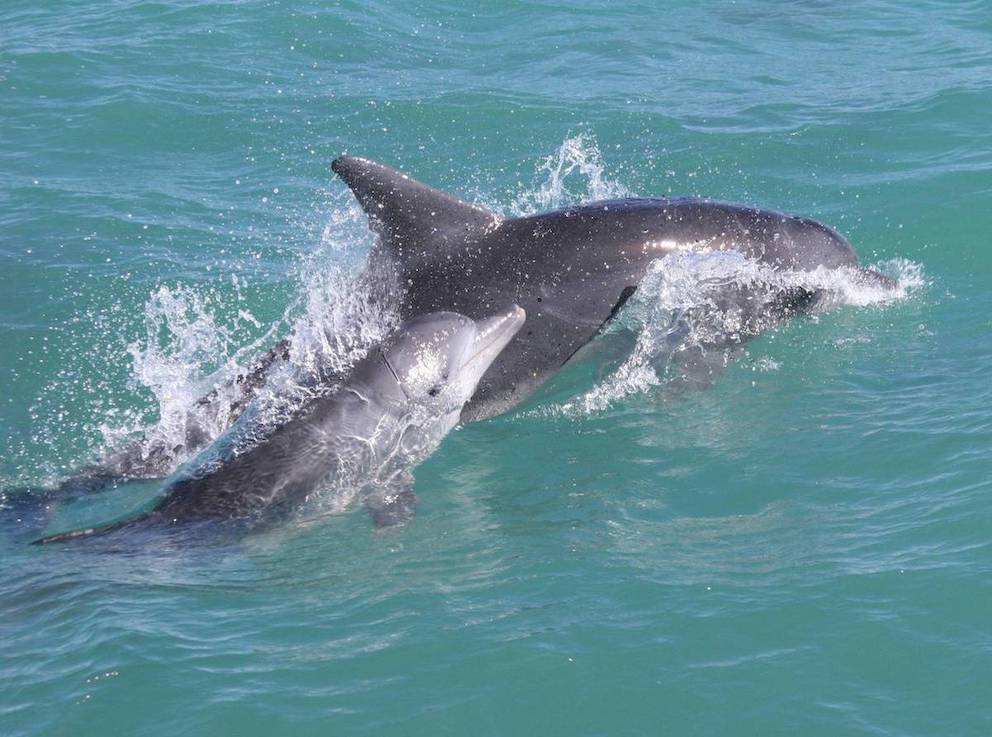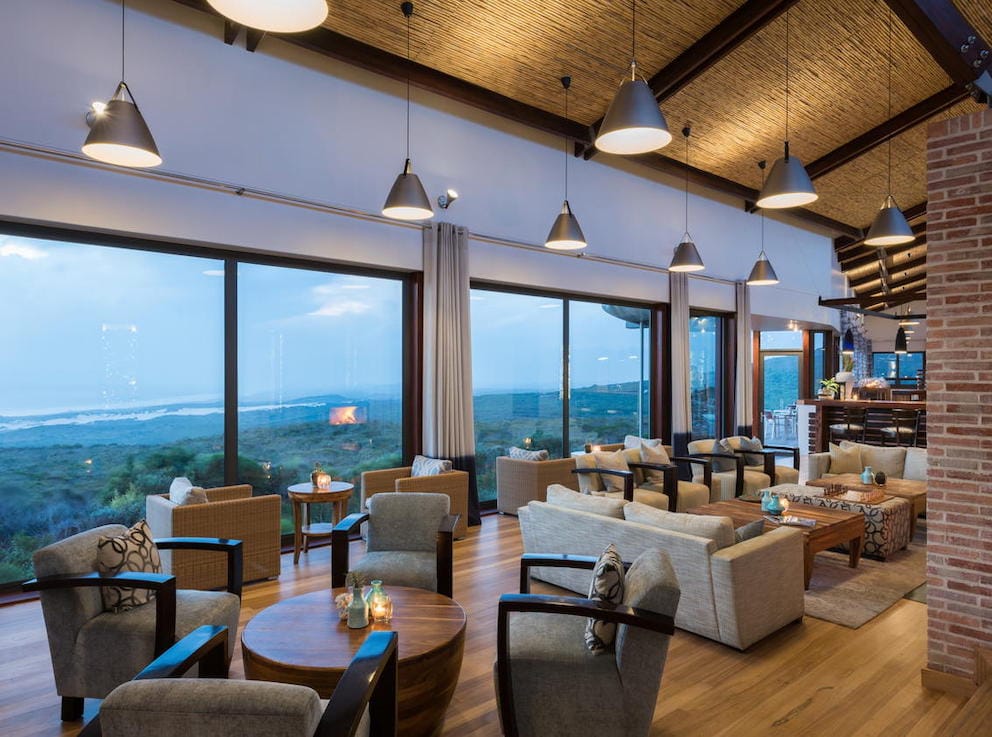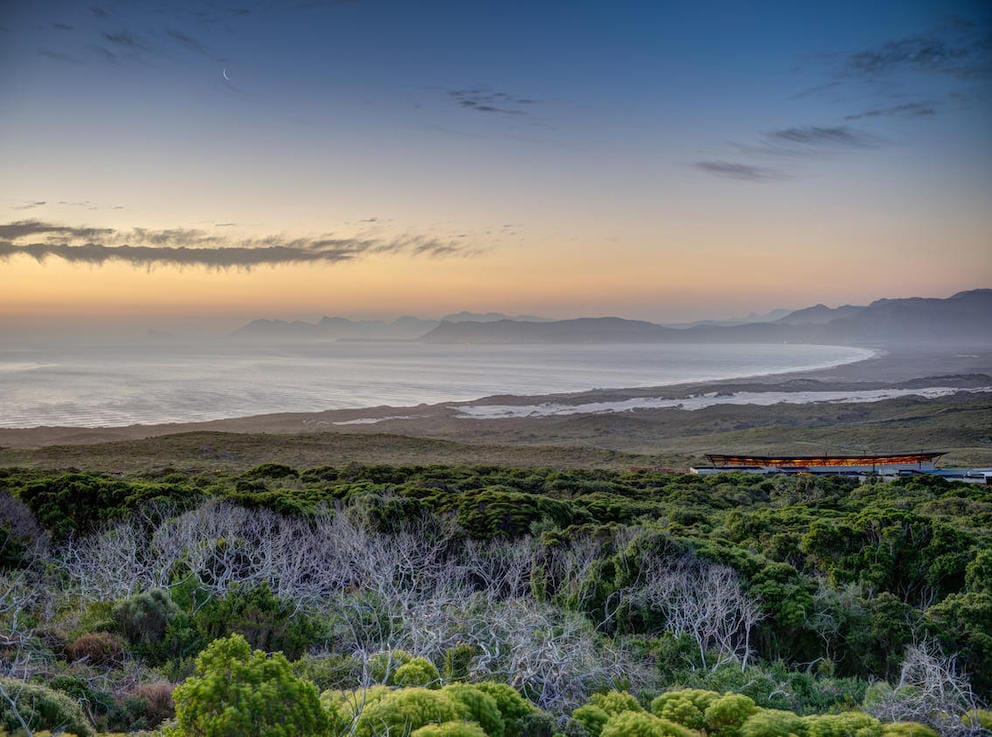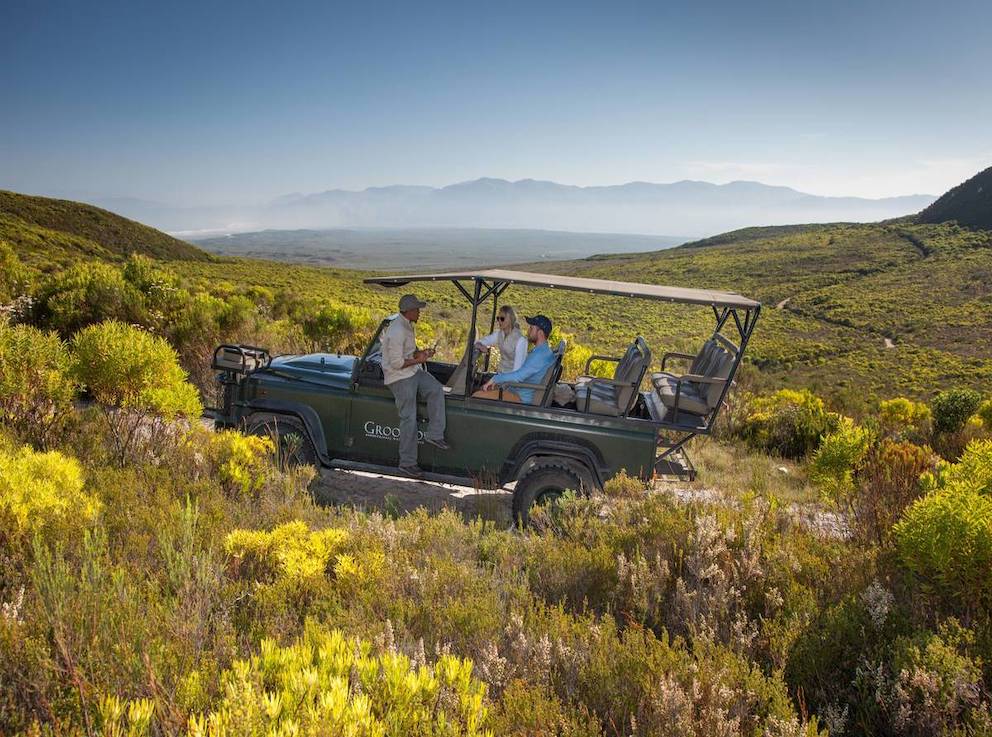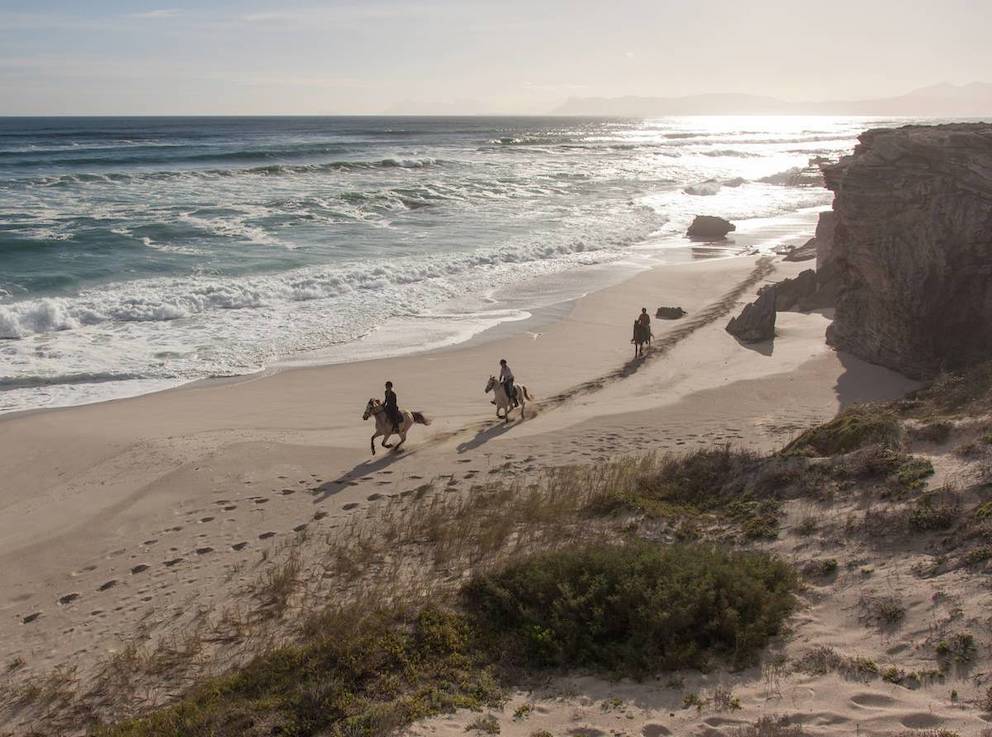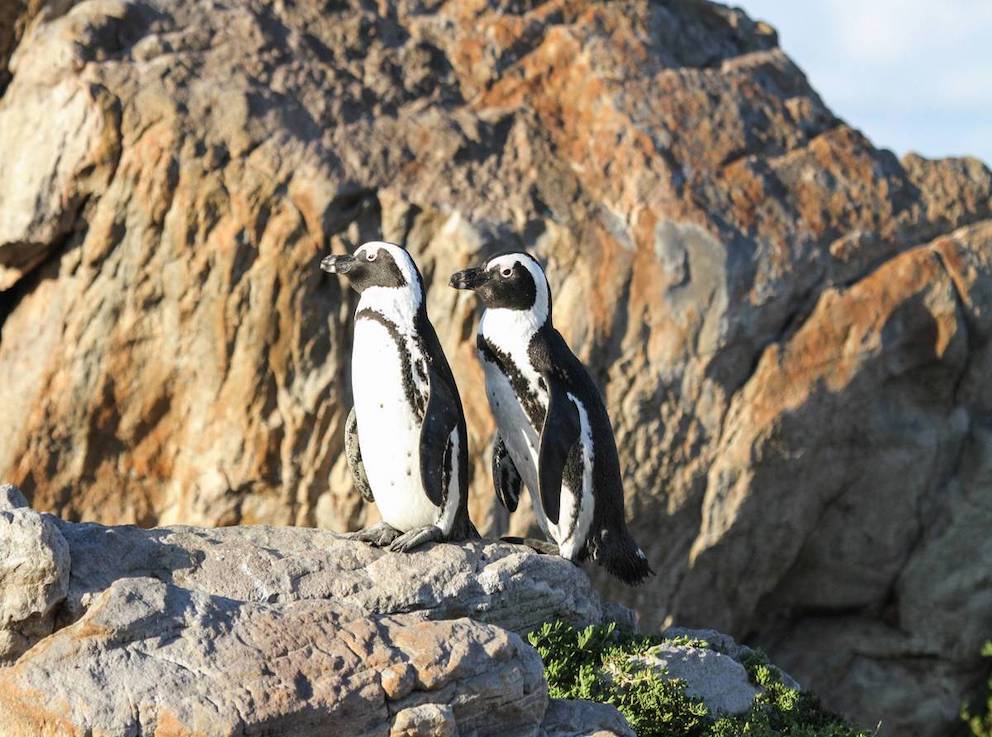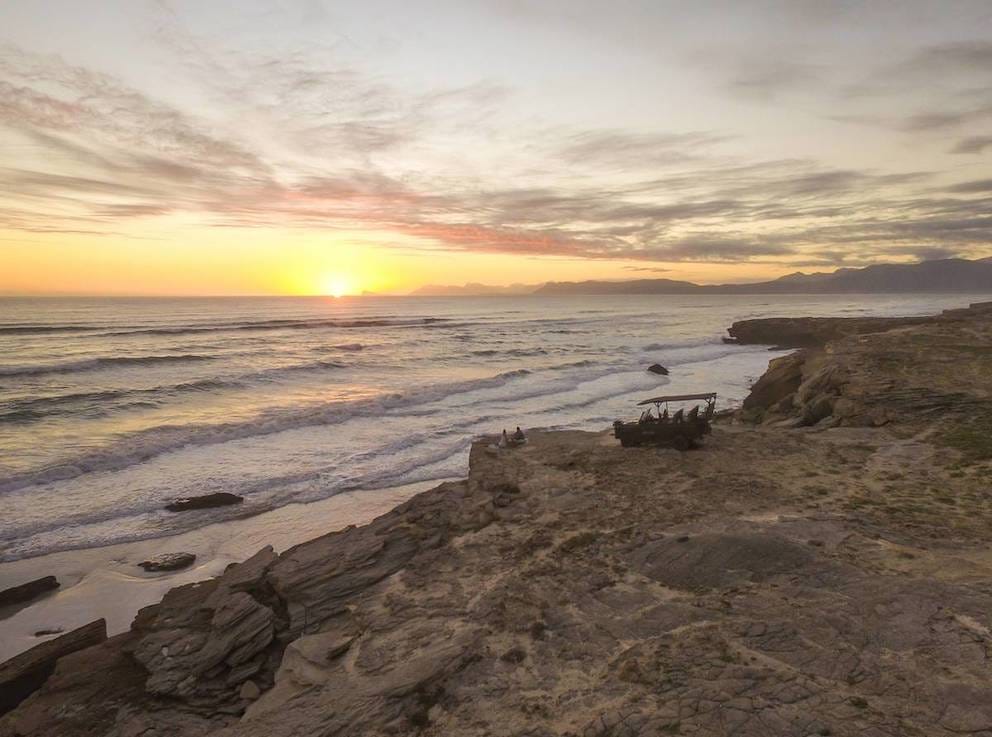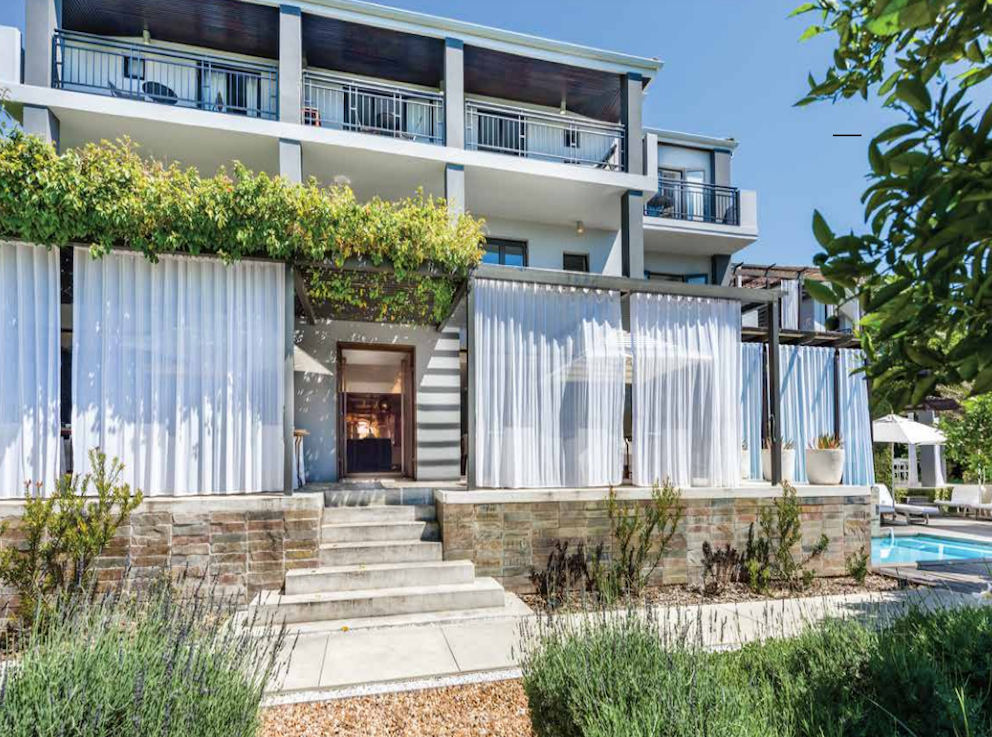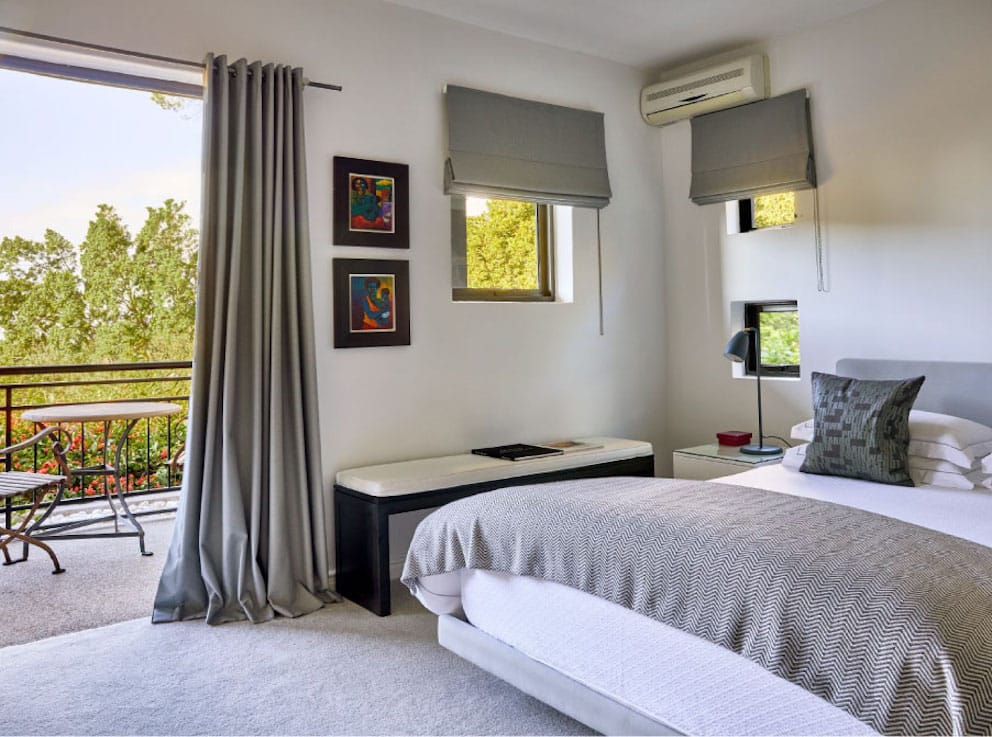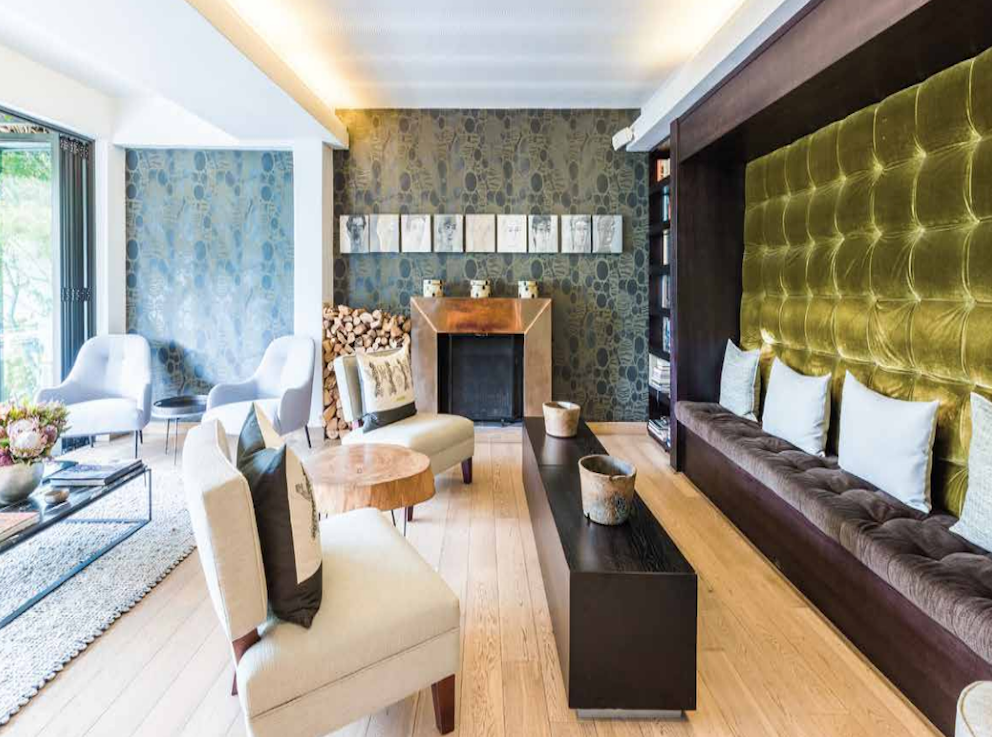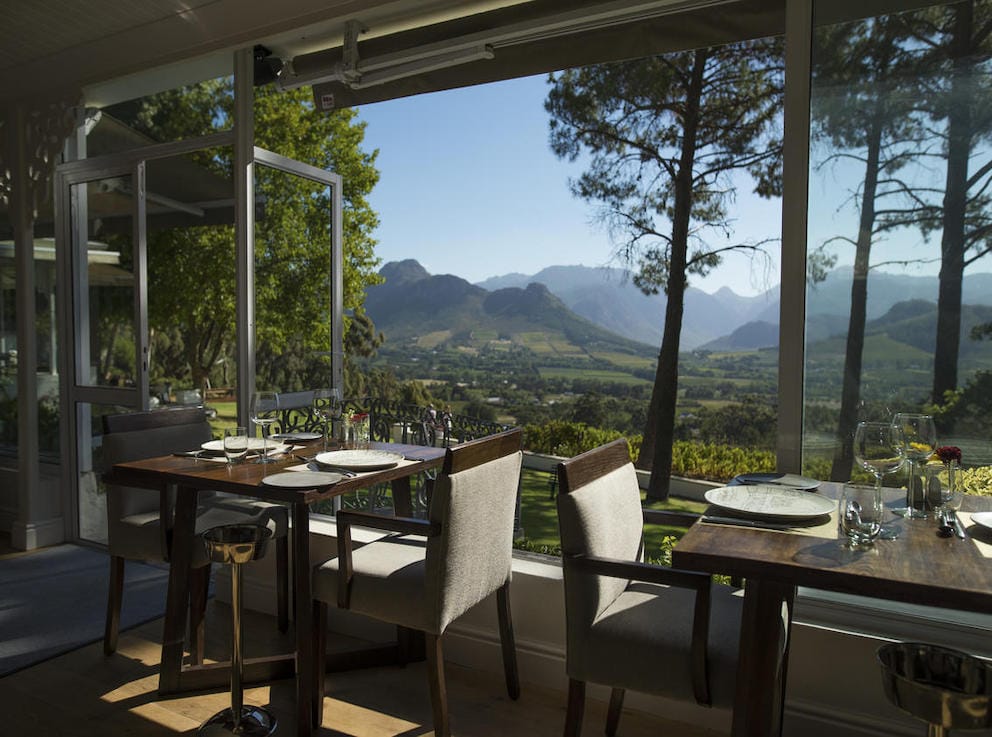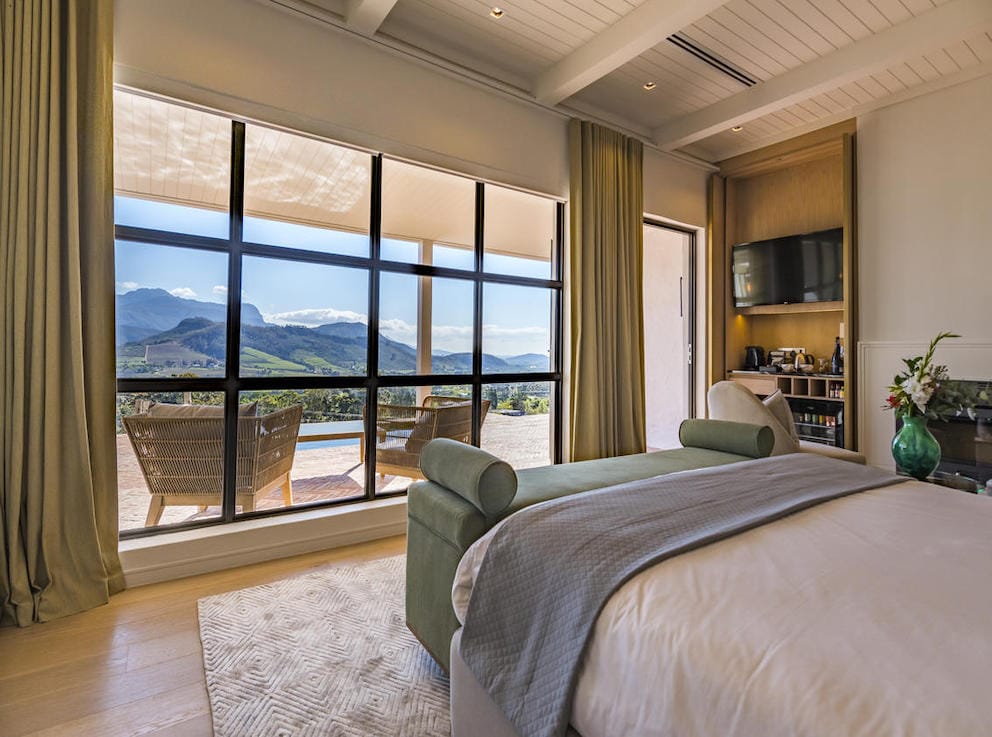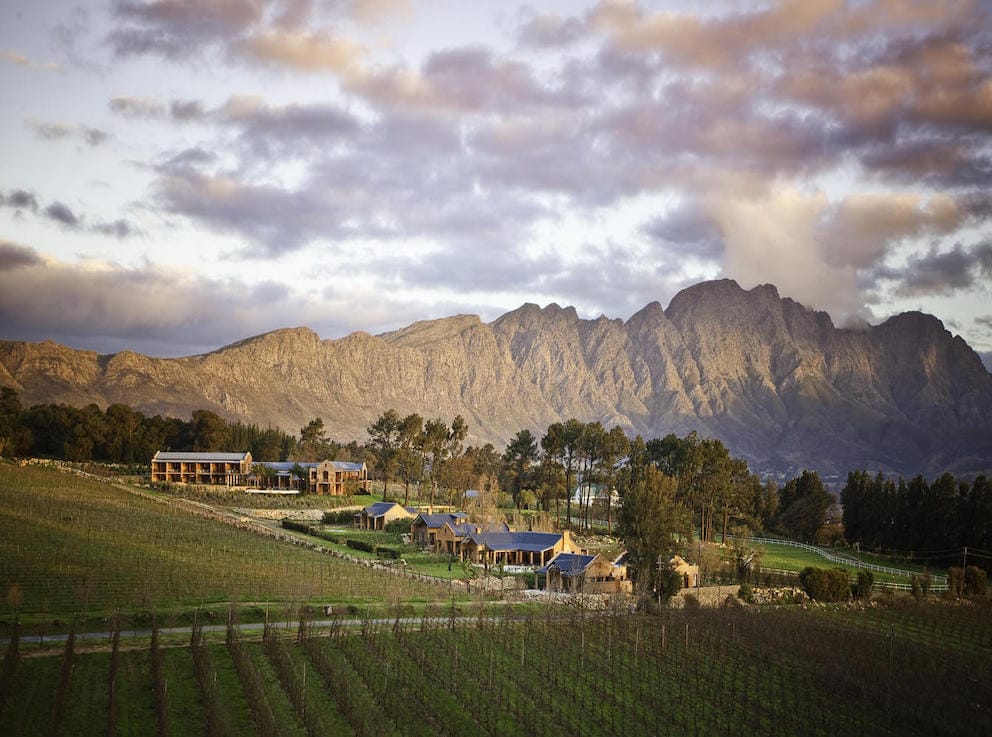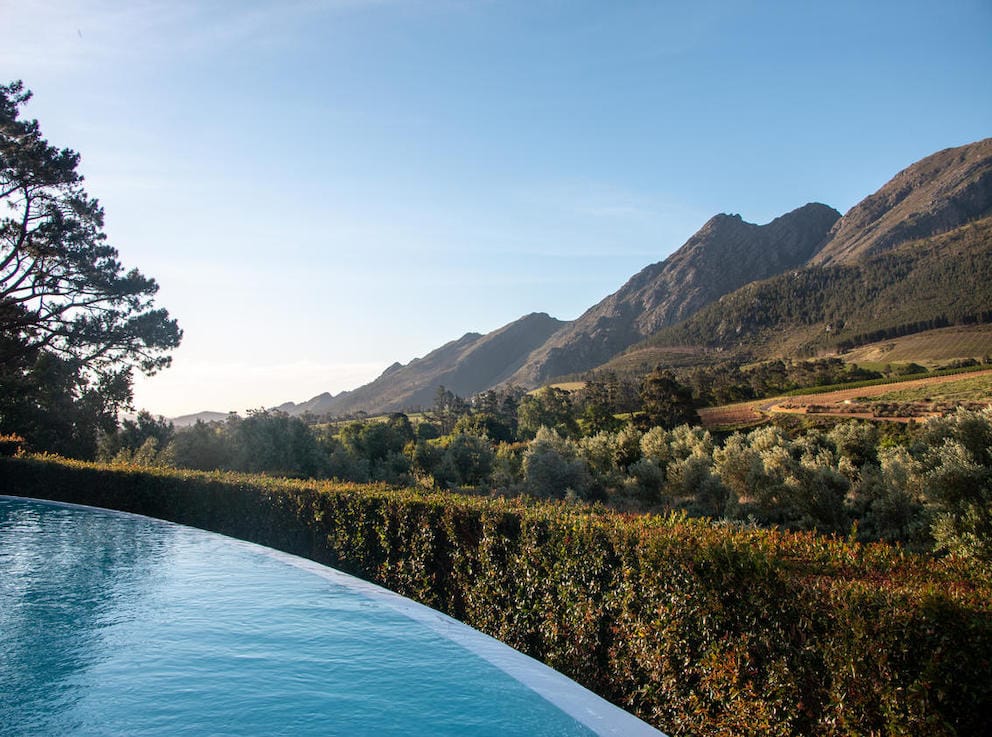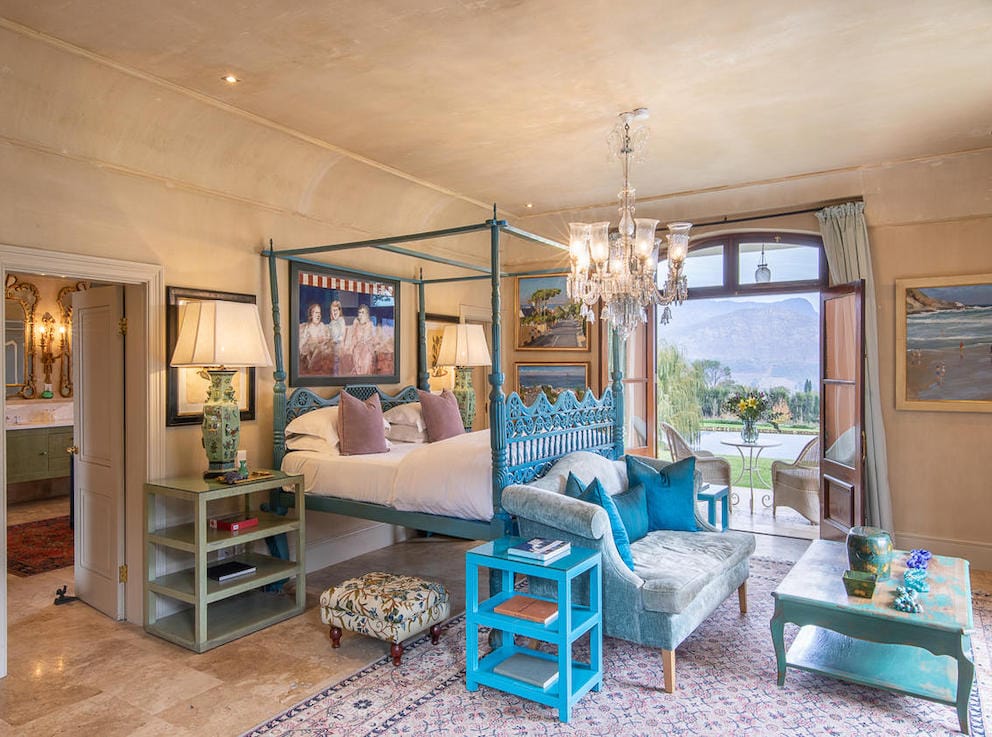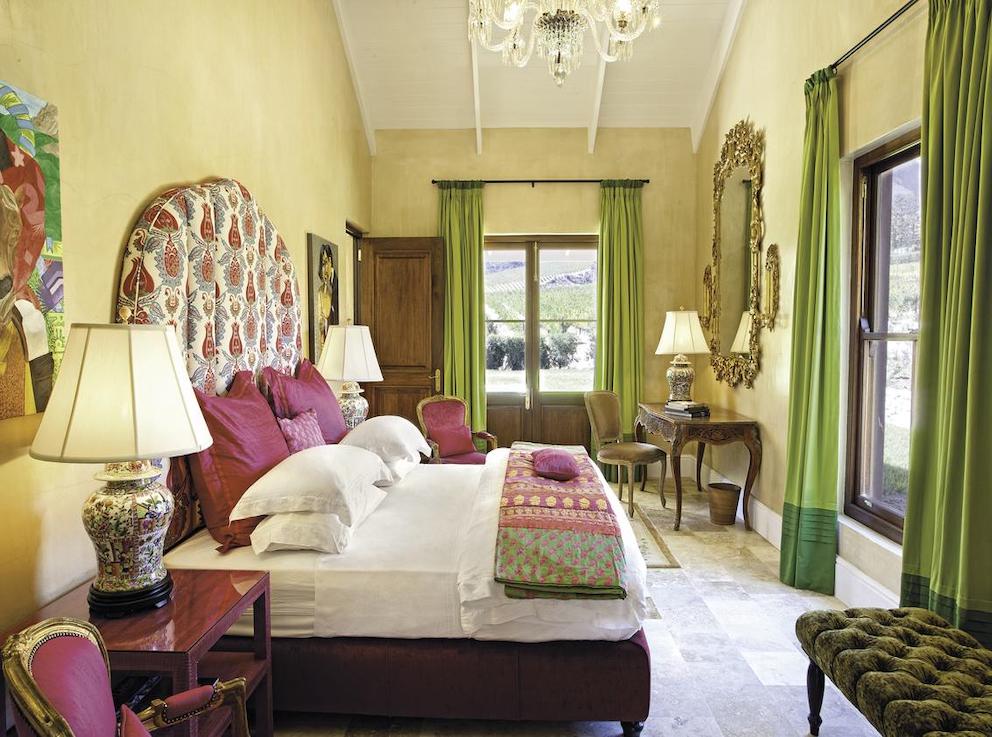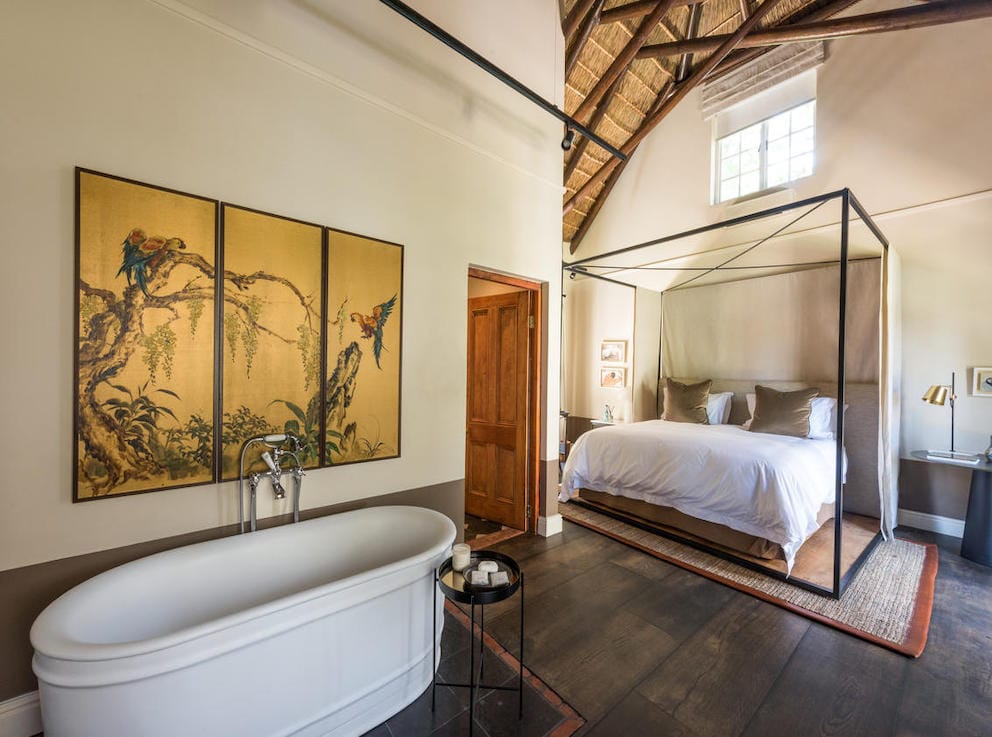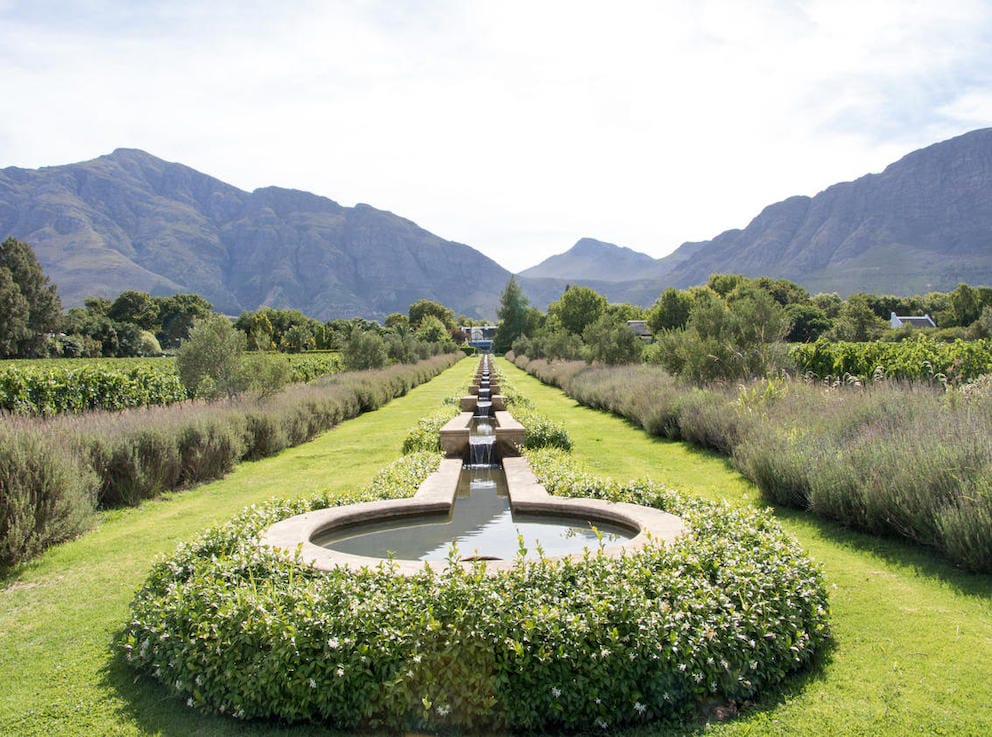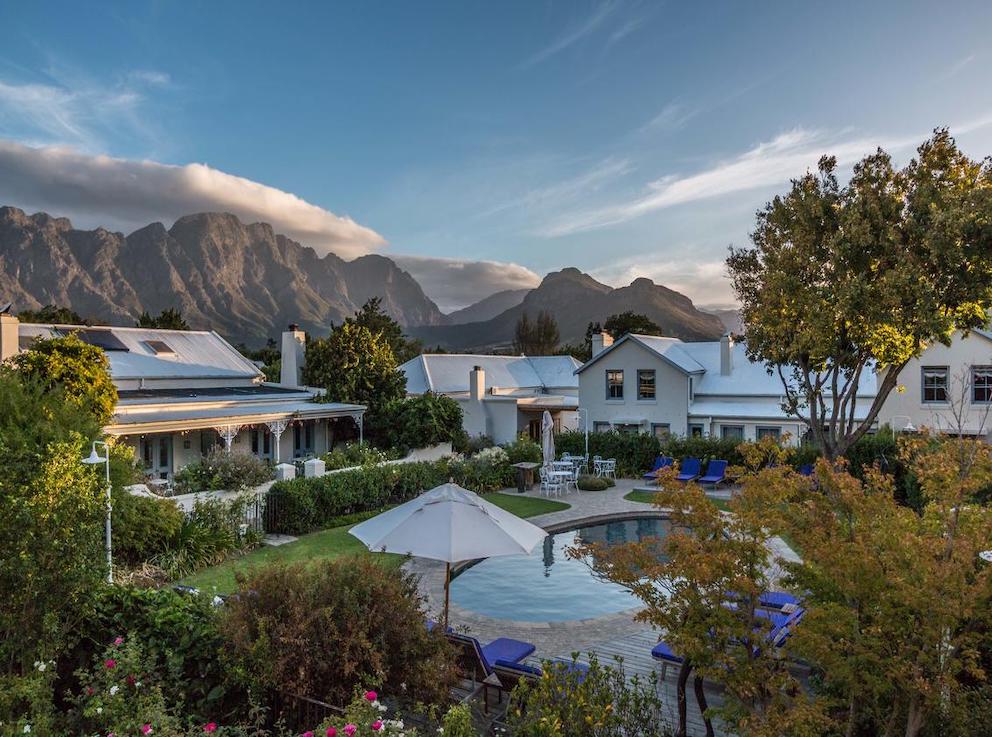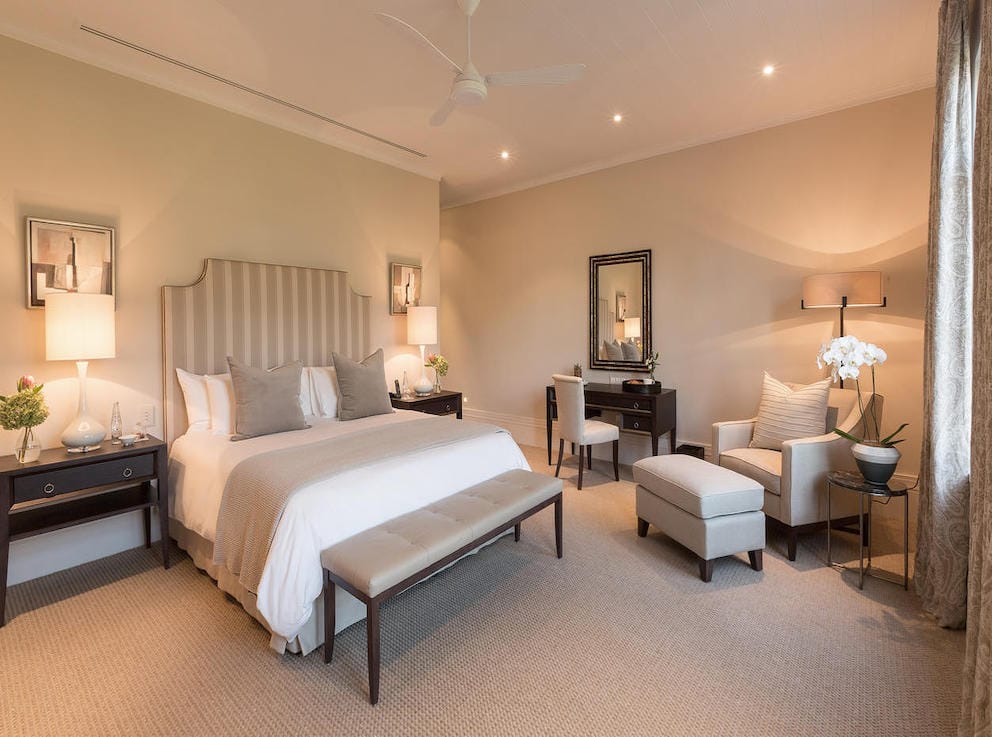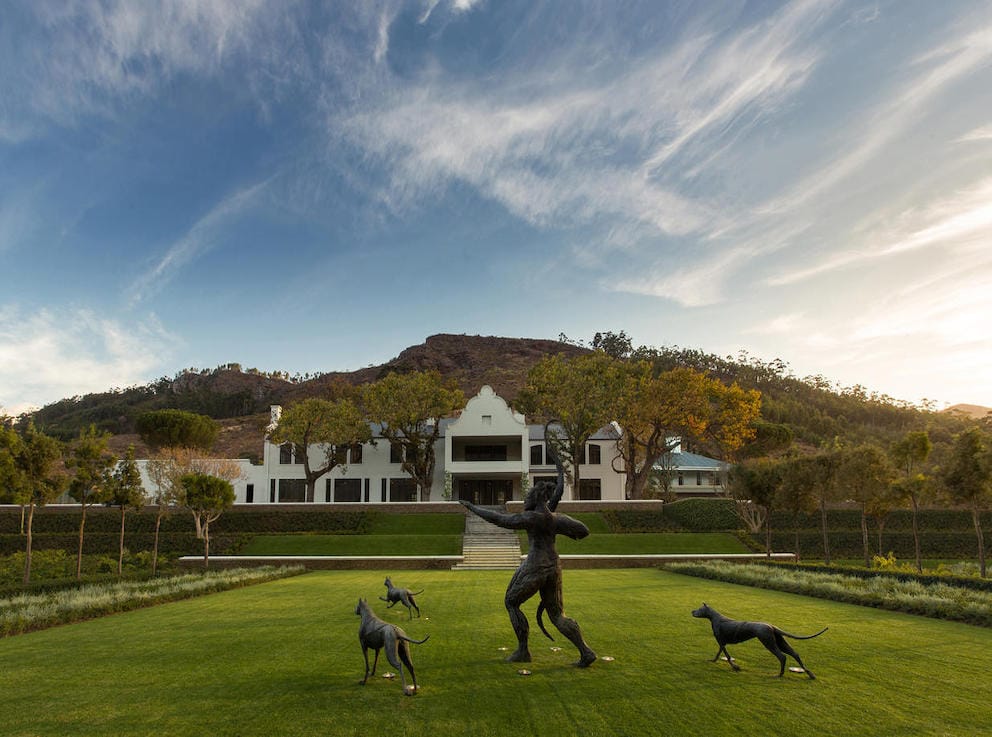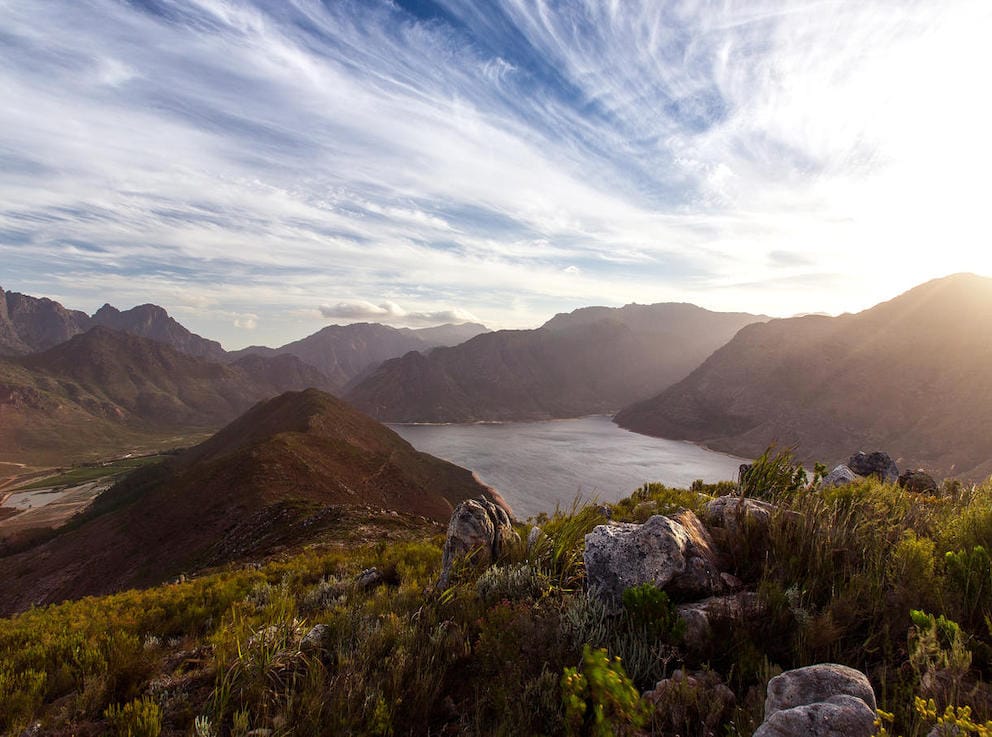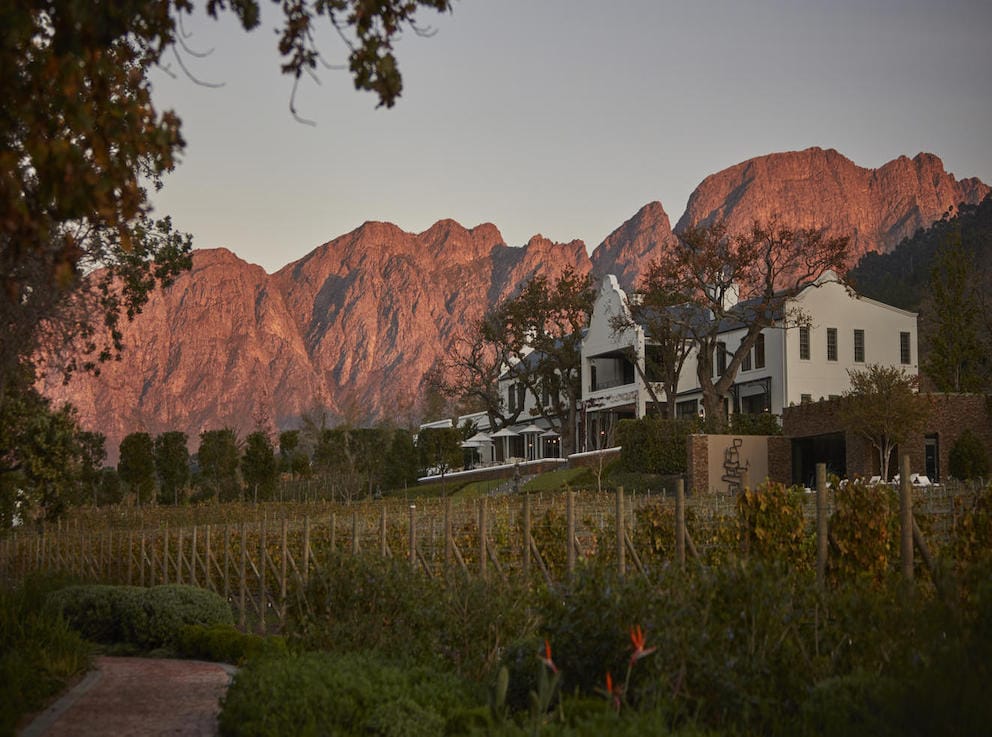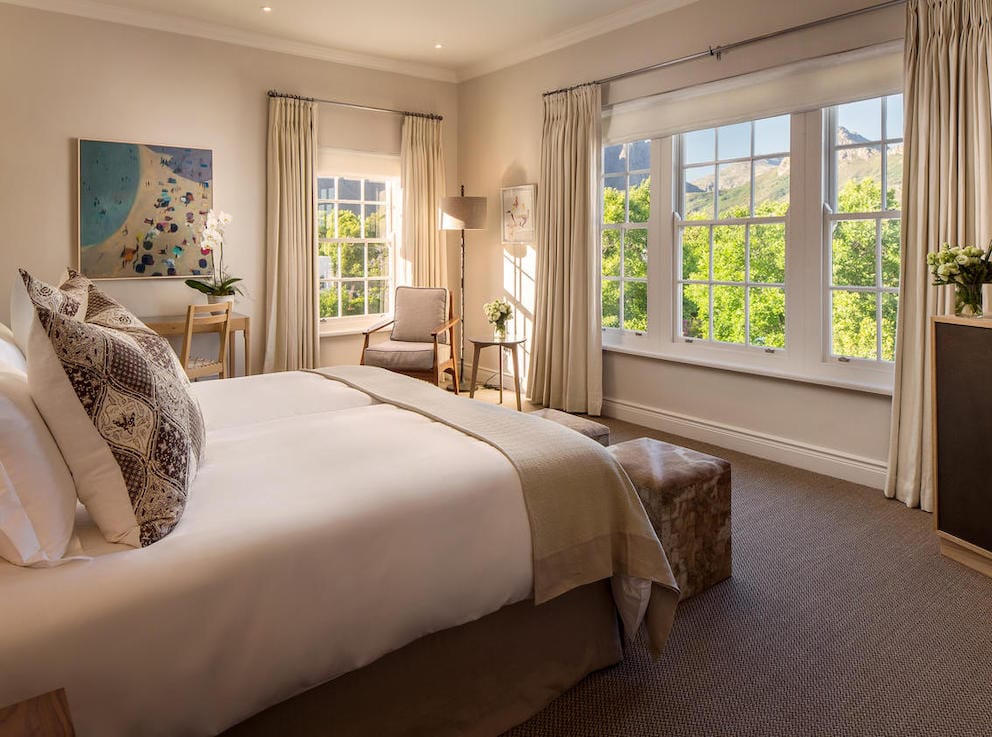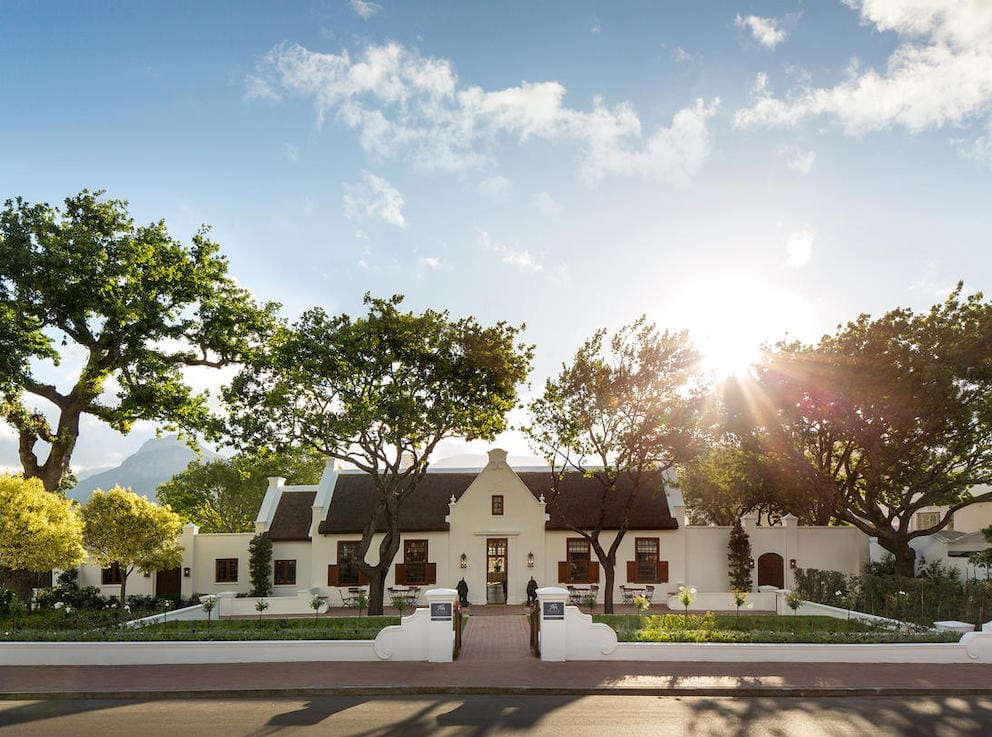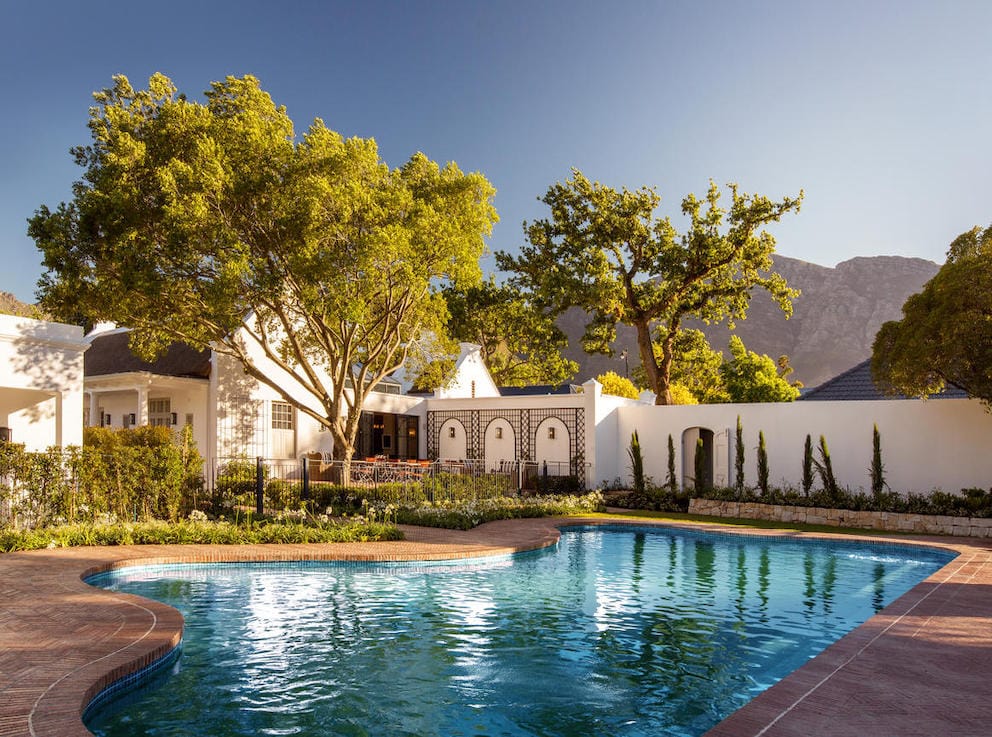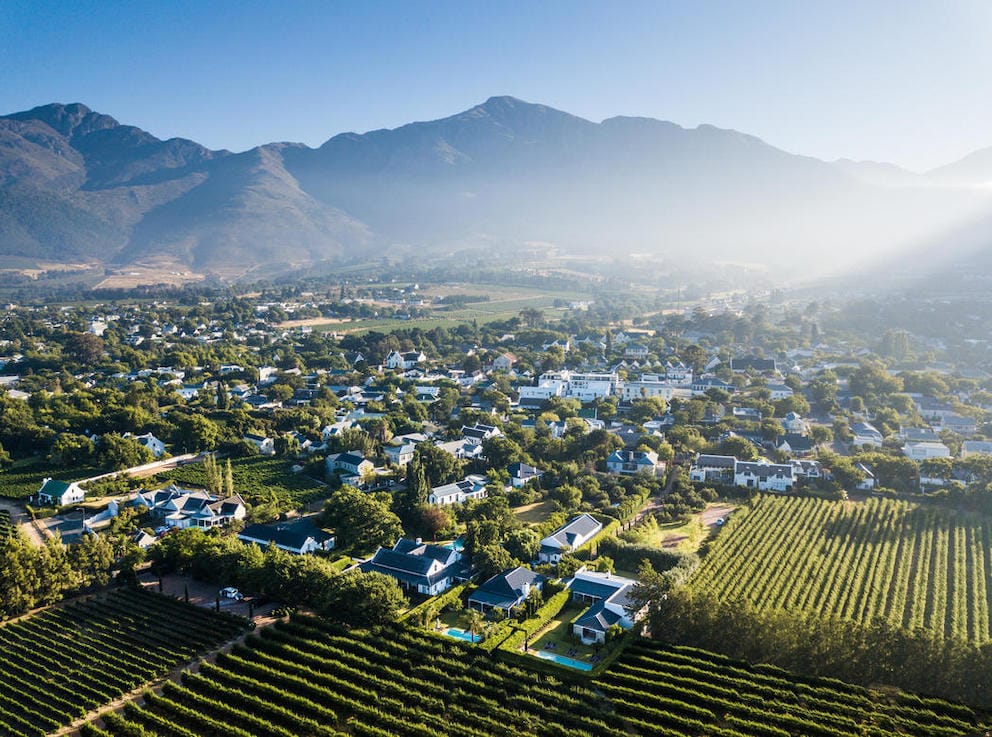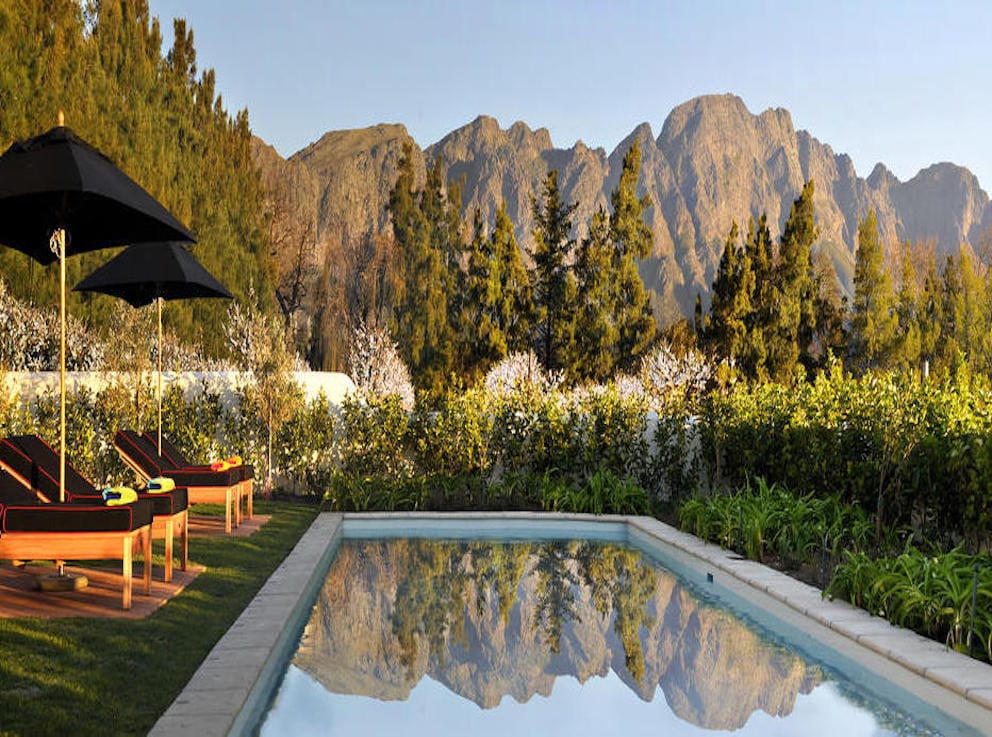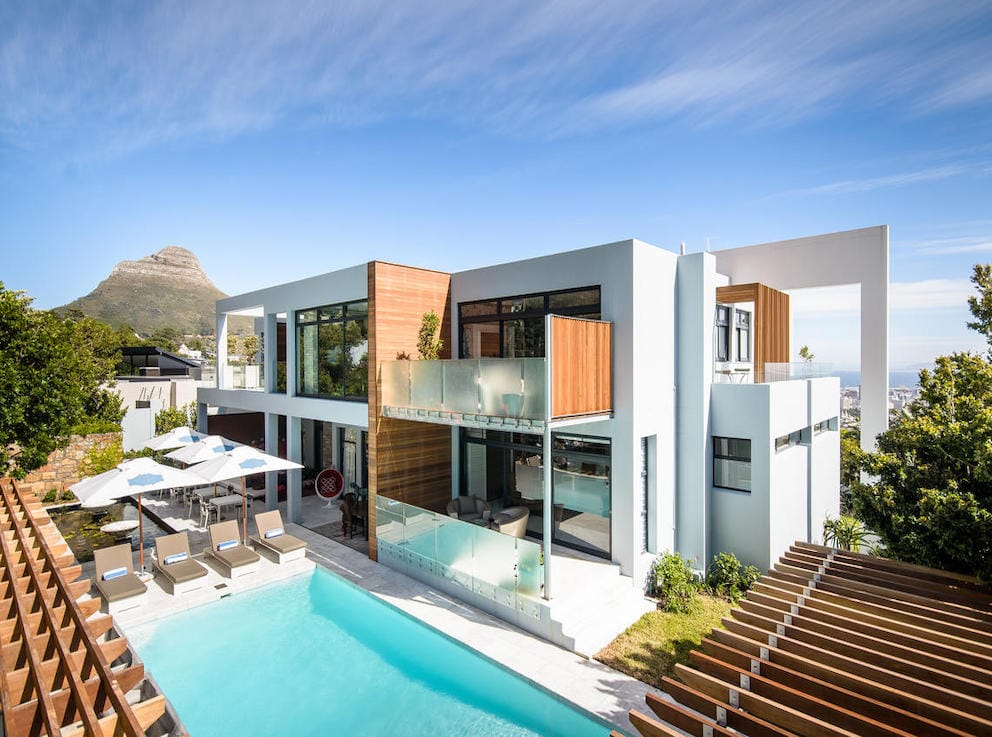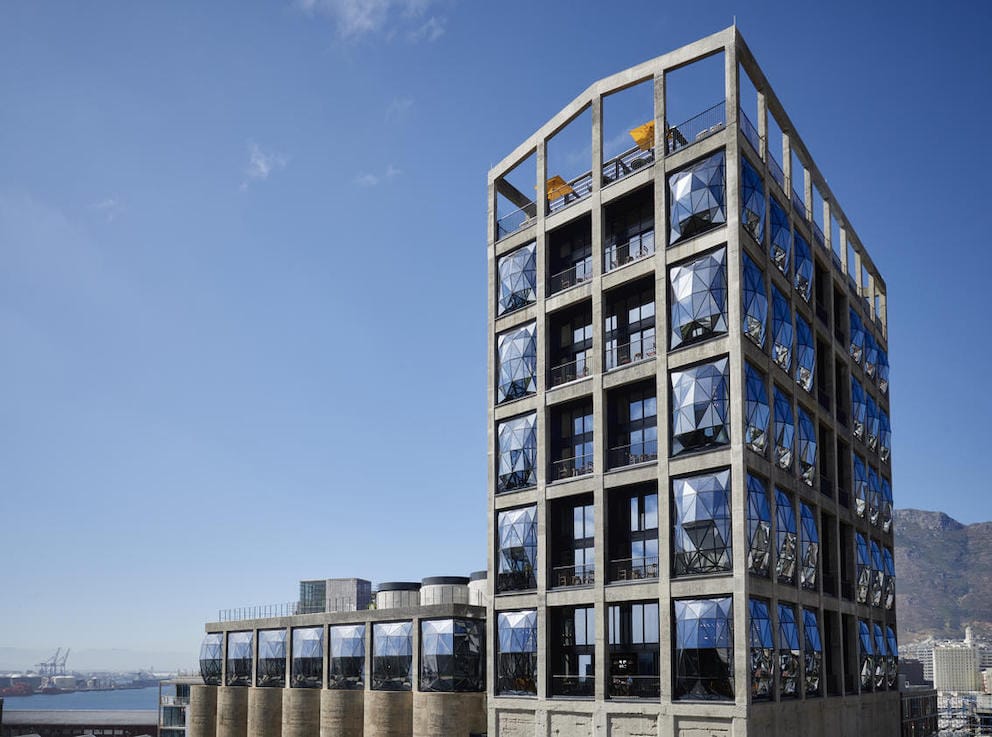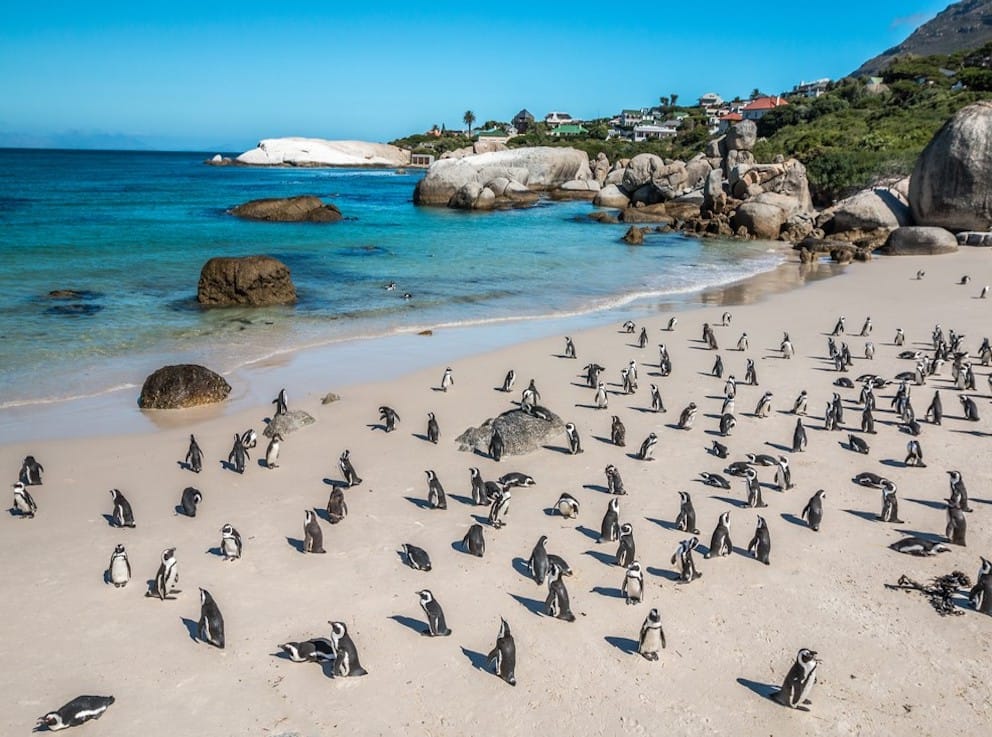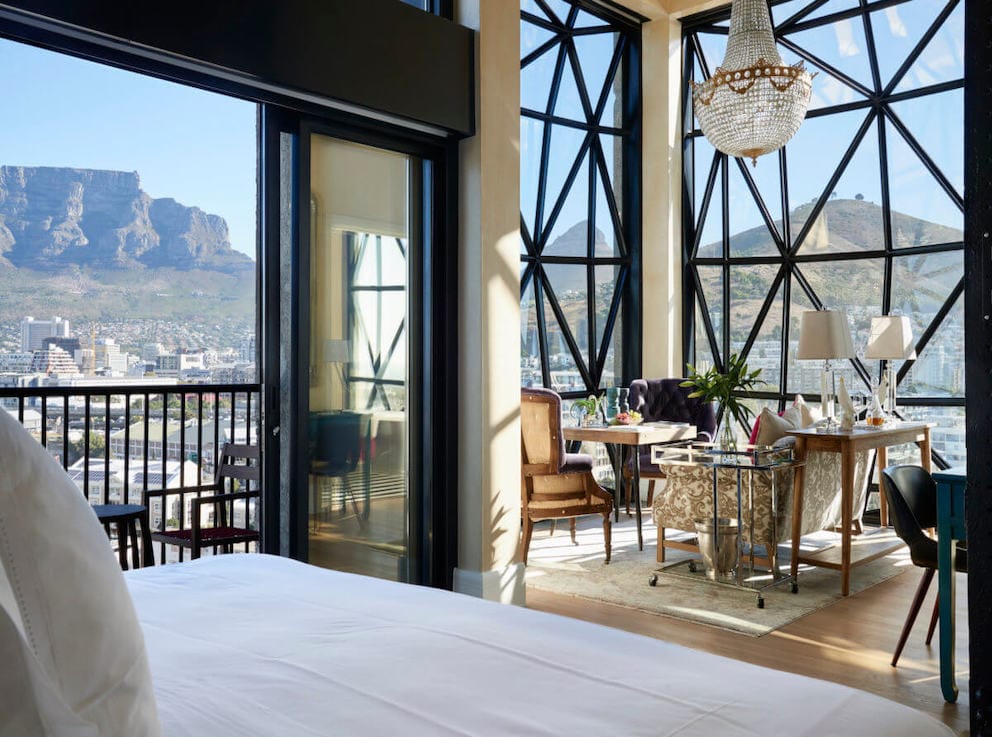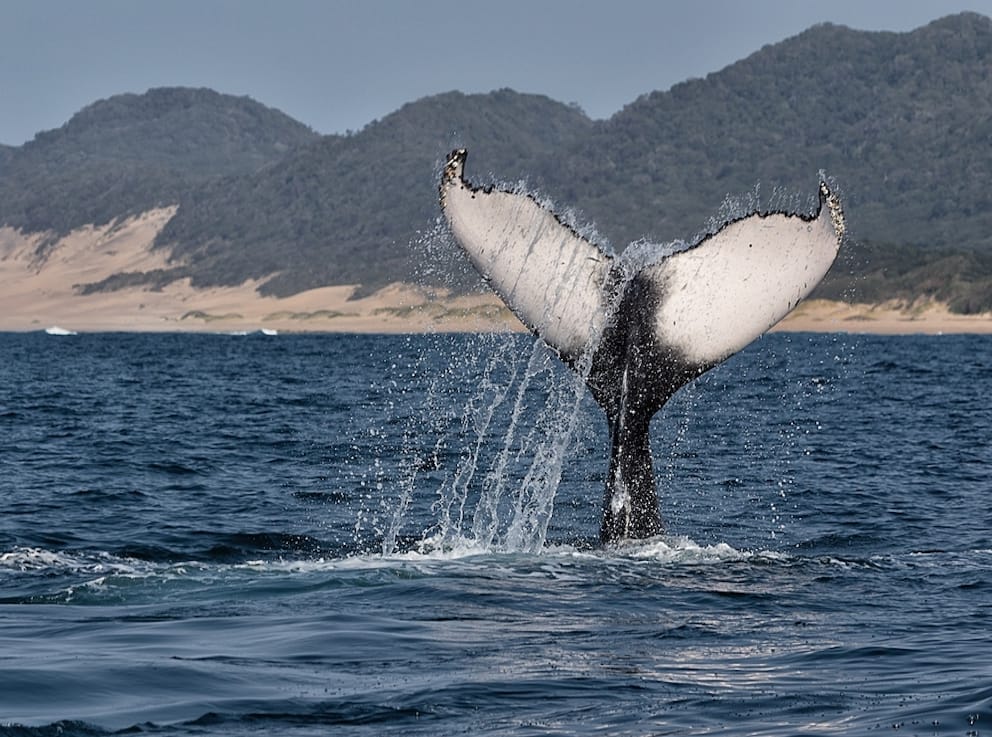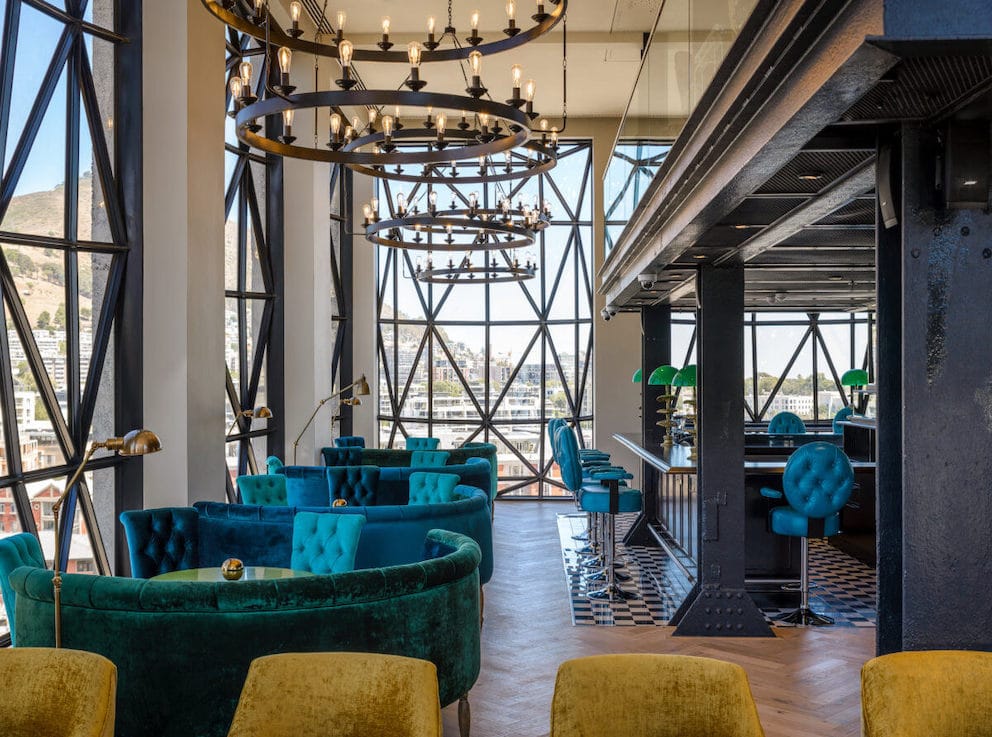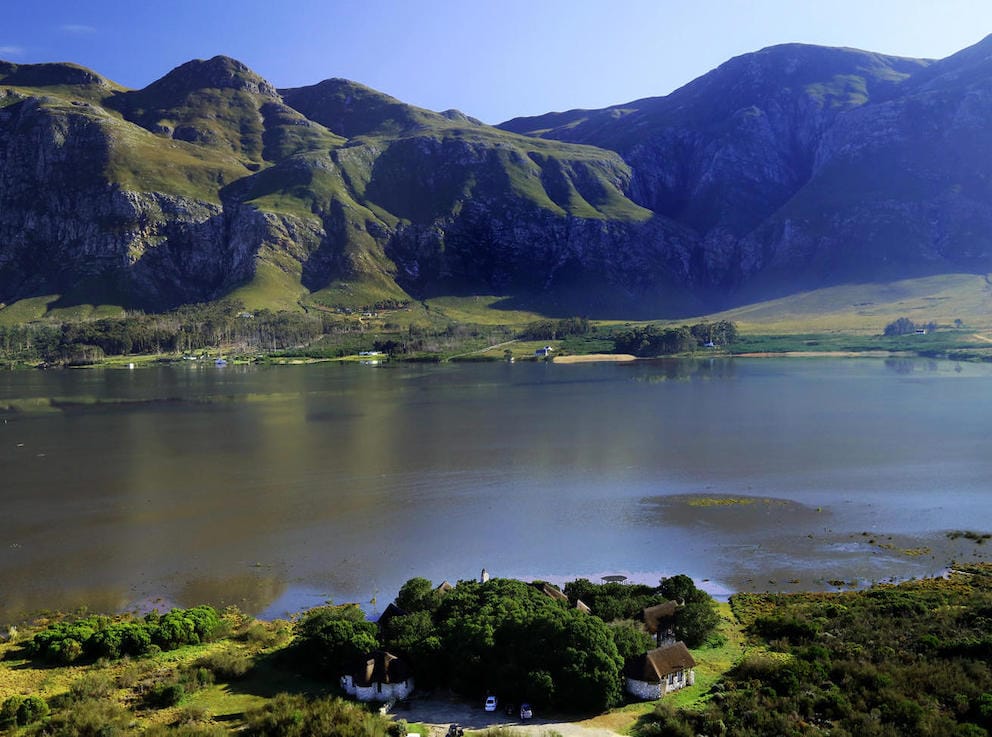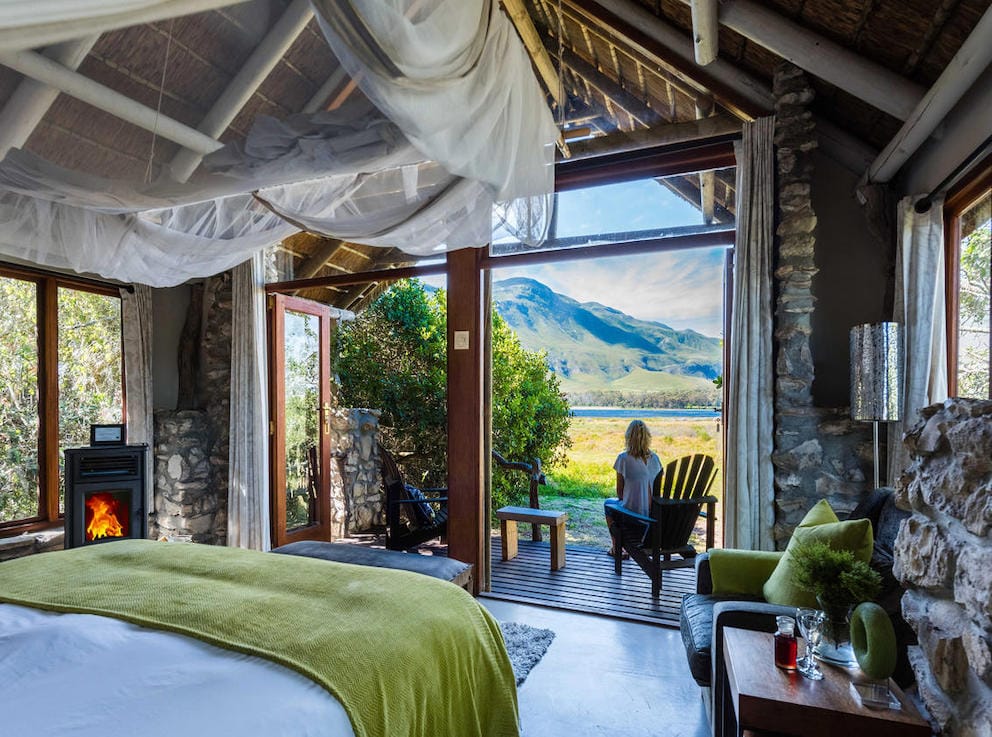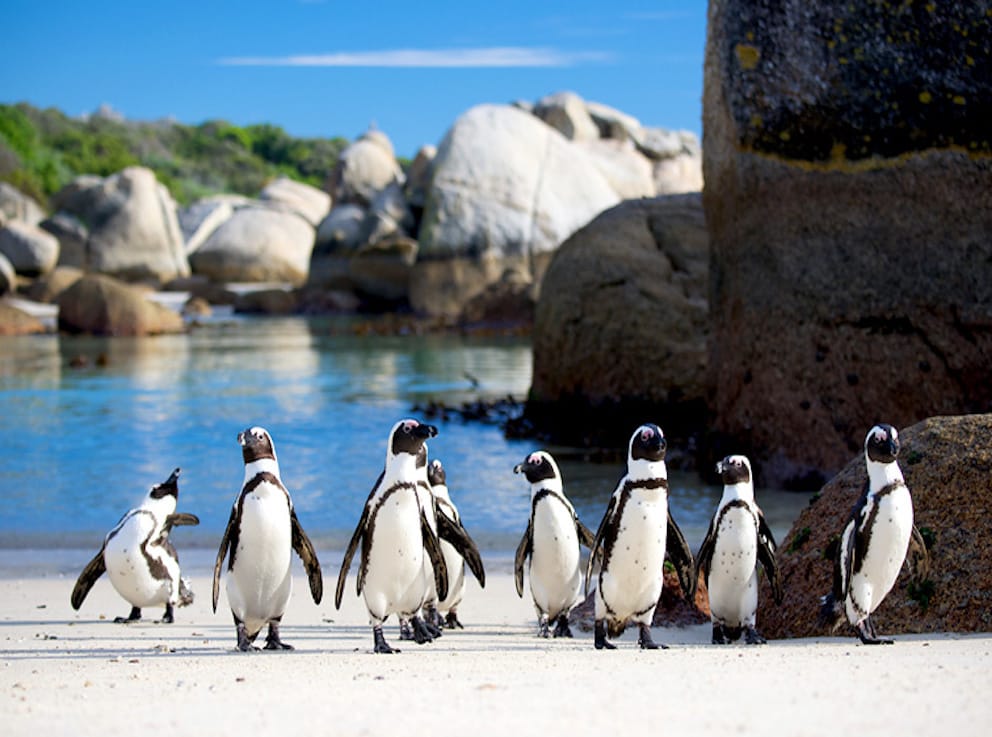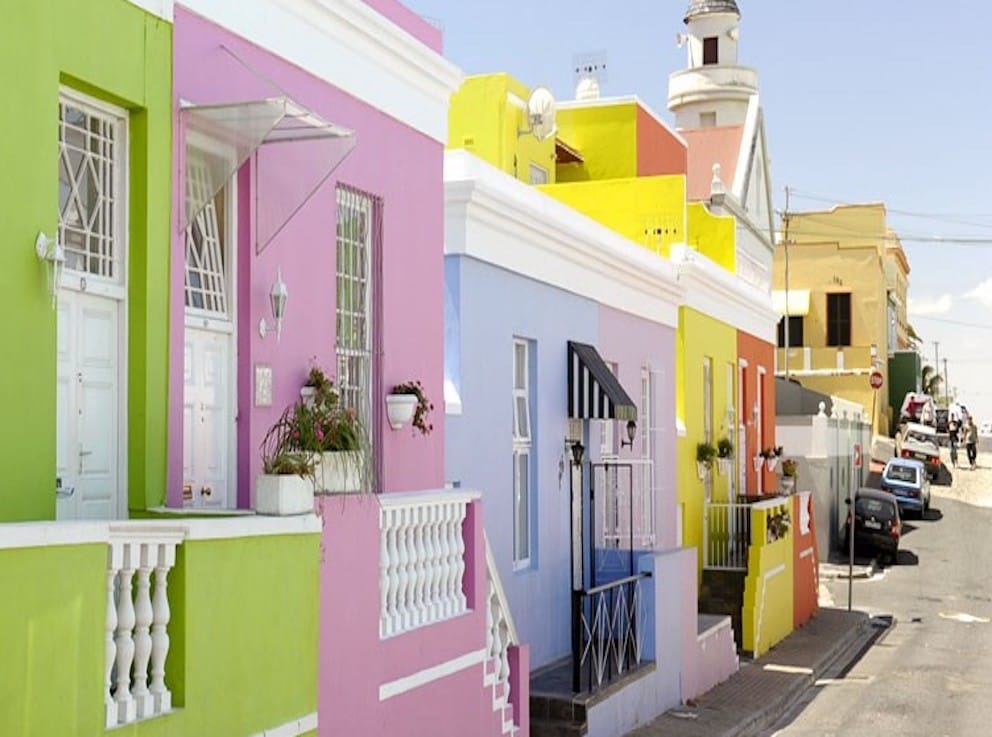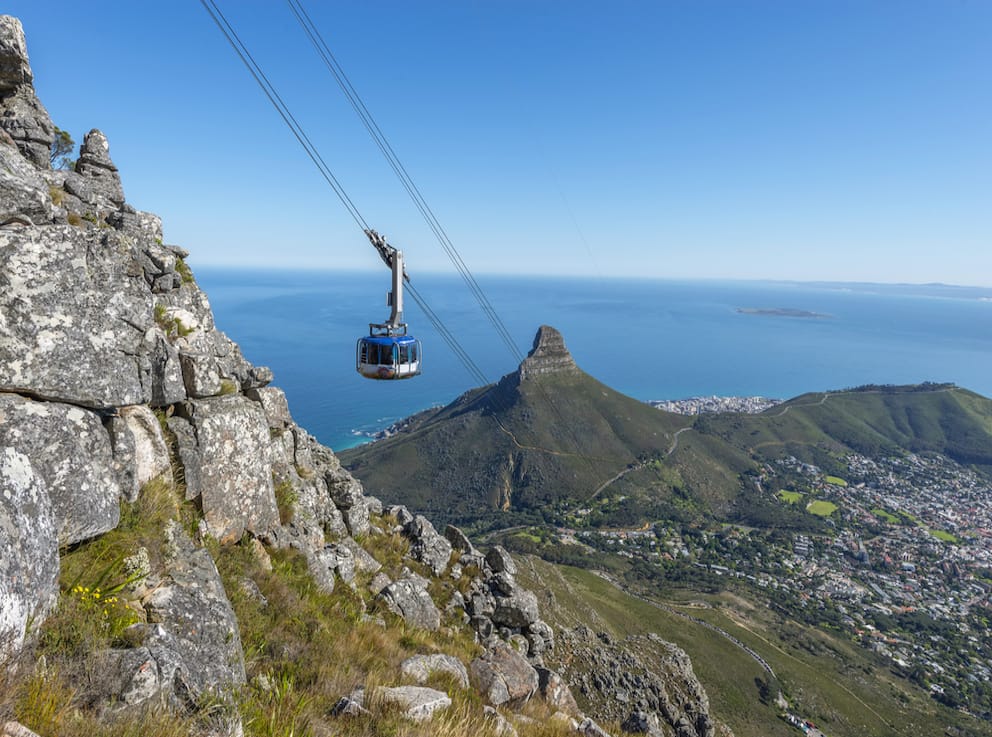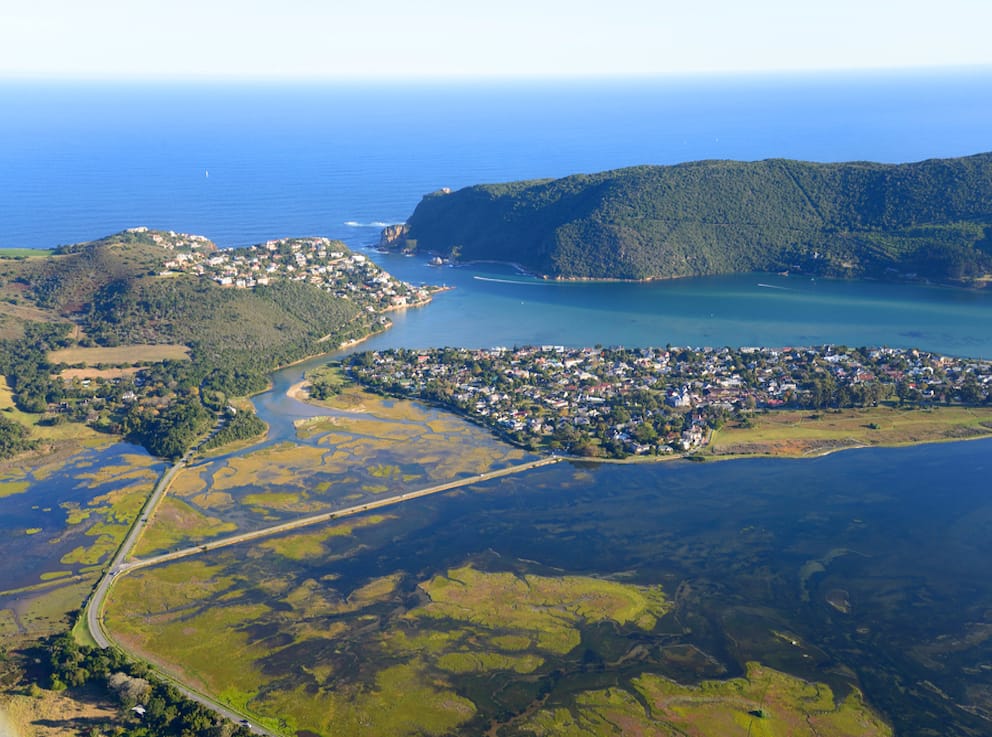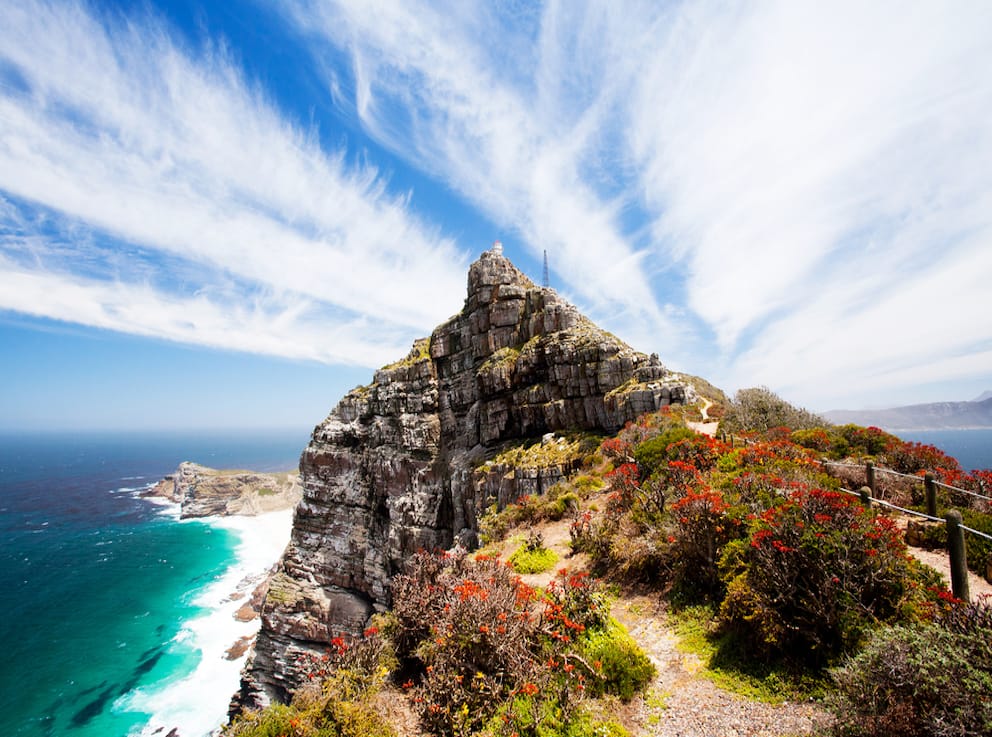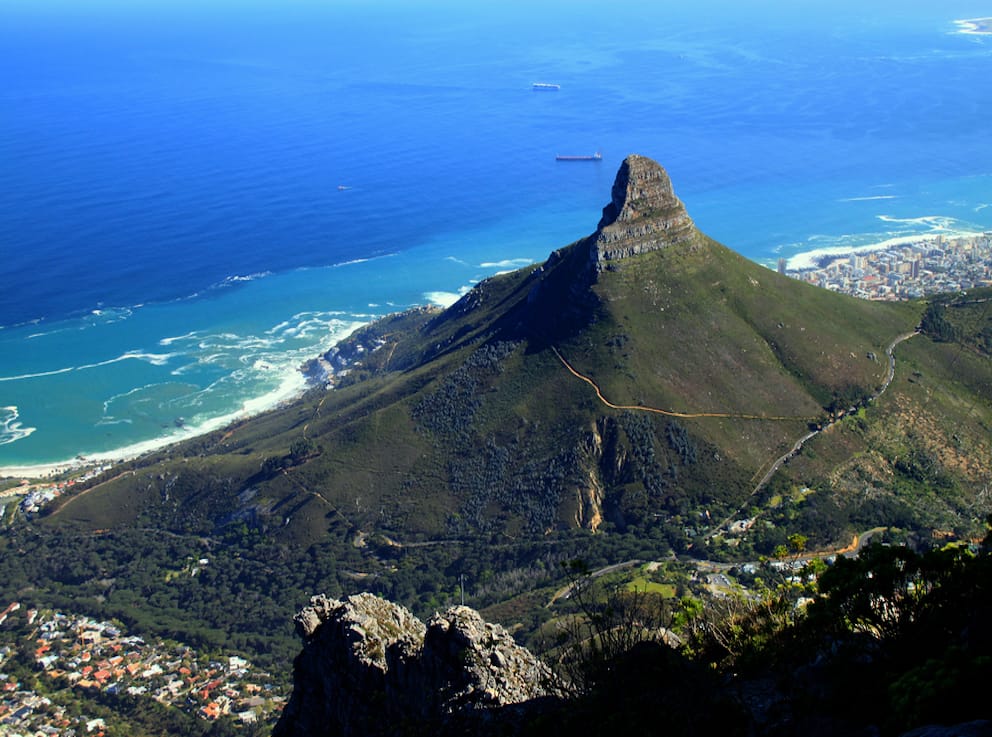Summary
South Africa sits on the tip of the continent bathed in sunshine and buffeted by productive currents. Its heart wrenching history is not forgotten but the country marches ever forward on its progressive walk to freedom.
- South Africa is the only country on earth that is home to both the terrestrial ‘Big Five’ – lion, leopard, buffalo, elephant and rhino – and the ‘Marine Big Five’ – whale, shark, seal, penguin and dolphin.
- An entire Floral Kingdom flourishes here and South Africa is home to 10% of all the plant species on earth. The swathes of endemic Fynbos are a botanist’s delight!
- The wine is world class, the restaurants exquisite and an army of young chefs is turning the gastronomic scene on its head. Home grown epicureanism is flourishing.
- With a blend of European and African culture, reliable infrastructure and plenty of stylish accommodation, South Africa is a fantastic option for nervous travellers and Africa first-timers.
- Politics is inescapable but the ‘Rainbow Nation’ moniker aptly describes the nation’s great diversity of races, creeds, tribes, religions and languages. It stands as a symbol of hope.
Areas
Cape Town
Snuggly cradled by sandy beaches and a shimmering coastline, with Table Mountain as a backdrop and a lovely Mediterranean climate, few can resist the charm of Cape Town.
- Ascending Table Mountain, either on foot or by cable car, affords stunning views of the city and coastline. The view from Lion’s Head (which must be climbed) is arguably even better.
- As illustrated by the fact that nearly half of its citizens are mixed race, Cape Town is a cultural melting pot. Every fascinating suburb has its own identity, customs and cuisines.
- The Bo-Kaap suburb, once the home of Muslim ‘Malay’ slaves, is the oldest surviving residential neighbourhood in Cape Town. It’s known for its colourful streets of painted houses.
- From the seafood restaurants of the V&A waterfront to the string of fine dining options, the trendy eateries of Bree Street, and the stalls of the ‘Neighbourgoods’ market, the food in Cape Town is outstanding.
- The beaches around Cape Town are legendary. Go to Camps Bay for stylish sun downers, Boulders Beach to see African penguins or Long Beach for surf waves.
- The history of the city is uncomfortable but important. Take a boat to Robben Island to see Nelson Mandela’s prison cell, visit the District 6 museum and hear the muezzin’s call echo over Signal Hill.
Take a look at: Cape Cadogan, Ellerman House, The Silo, Kensington Place, Belmond Mount Nelson, Mannabay, The Cellars Hohenort
The Cape - Winelands, Cederberg & Hermanus
The Western Cape is the most southerly province of South Africa, of which Cape Town is the capital. The region is disarmingly good looking with rolling winelands, ocean roads and swathes of flowering fynbos.
- Humpback and southern right whales migrate from Antarctica to mate and calve between May and December. Hermanus (2 hours south of Cape Town) is one of the best places to see them.
- The winelands lie to the east of Cape Town and are best known for the Cape Dutch settlements of Stellenbosch and Franschhoek. Rolling vineyards bask in the sunshine and well-priced fine dining experiences offer a taste of the good life.
- The Western Cape is home to an estimated 9,500 fynbos species of which 70% are endemic. The plant life here will excite even the most unlikely of botanists.
- Sculpted sandstone formations, stunning scenery and an extensive network of hiking trails draw visitors to the Cederberg Mountains, which blaze a brilliant ochre at sunset.
- Time is best spent in the great outdoors walking, horse riding, whale watching, wine drinking and plant-spotting with a botanist guide. Self-driving is easy and the accommodation along the way is stylish and luxurious.
Take a look at: Le Cles Lodge & Village, Birkenhead House, Leeu Collection, Babylonstoren, La Residence, La Petite Ferme, Bushmans Kloof, Grootbos Nature Reserve, Mosaic Lagoon Lodge, Morukuru Beach Lodge, Lekkerwater Beach Lodge
Kruger National Park and concessions
Paul Kruger was revolutionary when he established a park to protect South Africa’s wildlife in 1898. Today, Kruger remains the archetypal safari park in many a mind’s eye.
- Kruger sets the stage for all of Africa’s most iconic mammal species – elephant, lion, leopard, cheetah, rhino, buffalo, giraffe, hippo and zebra, plus a whole host of plains game, reptiles and birds.
- The park itself is accessible, interlaced with roads and jostling with tourists. Happily a number of neighbouring private reserves offer all of the wildlife with none of the crowds.
- The accommodation gives a whole new meaning to the term ‘bush luxe’. Some of the lodges are exquisite and amazingly well priced. With plenty to choose from, competition is fierce and this keeps standards impeccable.
- Wildlife viewing is reliably good year-round although sightings are best during the dry season (June to September) when vegetation affords less cover and animals are forced to crowd diminishing water supplies.
Take a look at: Tanda Tula, Savanna, Dulini, Londolozi, Singita, Garonga Safari Camp
Eastern Cape Reserves
The extraordinarily beautiful Eastern Cape is a province of green hills, great rivers, Xhosa settlements and some of the finest safari lodges in the country.
- The province is located on the south east coast of South Africa. Landscapes include the semi-desert Great Karoo, a collection of thriving safari parks and the rugged Indian Ocean coastline, known as the Wild Coast.
- Small Xhosa settlements pepper the countryside including Nelson Mandela’s birthplace, Mvezo.
- Many of the wildlife parks are home to the ‘Big Five’ and plenty of creatures beside. Most, like Addo Elephant Park, are easily navigated by car and self-drivers flock here.
- The region’s award-winning private concessions have just as much wildlife, if not more, but are highly exclusive with expert guides and luxurious lodges. The experience is far superior.
- Activities on safari revolve around 4×4 game drives, guided walks, birding and fishing on the rivers, plus a limited number of conservation-related tasks including darting and ear notching, as necessary.
- Safari aficionados may find the wildlife areas of the Eastern Cape more developed with more road signs and fences than expected. This is due to the careful management of wildlife.
- As a rare malaria-free safari destination, the Eastern Cape ideal for families.
Take a look at: Kwandwe Game Reserve, Samara Private Game Reserve, Shamwari Game Reserve
KwaZulu-Natal
A proud Zulu culture, a battle-blighted history, an abundance of ‘Big Five’ wildlife and a productive ocean brimming with life – the oft-overlooked KwaZulu-Natal is a rare find.
- Bordering Mozambique, which is renowned for its beaches, it’s no surprise that KwaZulu-Natal boasts a stunning coastline perfect for diving, fishing and surfing. Untouched by tourism, the northern tip is wild.
- Through the centuries British, Boer and Zulu armies clashed in a maelstrom of bloody battles. A guided tour brings the battlefields, still peppered with cairn graves, to life.
- The Drakensberg Mountains are superb for trekking, mountain biking and horse riding. Expect basalt slabs, forests, waterfalls and 2,000-year-old San Bushman rock art.
- Durban has seen heavy investment and now boasts a raft of trendy new waterfront developments. A large Indian-descendant population means great food and interesting markets.
- Every May to July the sardine run sees billions of ‘sardinops’ surge up the coast, hotly pursued by game fish, dolphins, sharks and dive-bombing birds. It’s a sight to behold.
- KwaZulu-Natal’s safari options are exclusive and unique, affording guests the opportunity to see both the ‘Big Five’ and dolphins, turtles, whales and coral reefs in one day!
Take a look at: Phinda Private Game Reserve, Fugitives Drift Lodge, The Oyster Box
Madikwe Game Reserve
Madikwe is a textbook example of tourism, government legislation and private philanthropy working in harmony to realise the value of local wildlife and protect Africa’s wild land.
- Located on the border of Botswana at the edge of the Kalahari, an hour’s flight or three hours’ drive from Johannesburg, Madikwe offers a lesser known, quieter Kruger alternative.
- The land on which Madikwe stands was once a huge farm. Crumbling buildings, machinery and miles of fencing were removed, alien species were cleared and the land was restored.
- Today the landscape is a blend of rocky hills, seasonal wetlands, open savannahs and plateaus. The Limpopo River winds through the eastern reaches supporting a rich birdlife.
- During the 1990s, 8000 animals were translocated here. Visitors today can spot elephant, buffalo, lion, rhino, leopard and the highly endangered African wild dog, which is flourishing.
- The reserve is malaria-free.
- The best time to visit is between March and November, when temperatures are lower and conditions are dry.
Take a look at: Madikwe Hills, Madikwe Safari Lodge, Jamala Madikwe Lodge, Makanyane Safari Lodge
Marakele & Pilansberg
Easily accessible yet ecologically rich, the Marakele and the Pilansberg National Parks sit in a biological transition zone between the dry Kalahari and the wet lowveld regions. The region is a veritable Noah’s Ark.
- Located in the north west of the country, Marakele & Pilansberg National Parks sit close to the border of Botswana yet can be reached from Johannesburg by road in just over 3 hours.
- The overlapping ecological Kalahari/lowveld conditions support an astonishing array of wildlife. Almost all of South Africa’s native animal species can be found here.
- The mountainous Marakele sits at the southwest end of the UNESCO listed Waterberg Biosphere Reserve, without which the region would be semi-desert.
- The Pilansberg was once farmland but was designated a national park and restocked with wildlife in the 1970s to provide a city escape. It remains busy with city dwellers and daytrippers today.
- Lion, leopard, rhino, elephant, and buffalo are all present in both parks, the birding is excellent and Marakele supports 800 breeding pairs endangered Cape vulture – one of the largest colonies globally.
Take a look at: Marataba Safari Lodge
Garden Route
Somewhat of a misnomer, the ‘Garden Route’ is actually a national park, but the name has become synonymous with the N2 road which snakes down the coastline, taking in some of the Cape’s most beautiful scenery.
- The Garden Route National Park is sandwiched between the Tsitsikamma Mountains and the Indian Ocean, 200km west of Port Elizabeth. It’s known for its indigenous forests, fybos and dramatic coastline.
- The Otter Trail, named after the Cape clawless otter found in these parts, follows the coast for 44km through the park. It’s one of the world’s most iconic and beautiful hikes.
- The ‘Garden Route’ follows the N2 road for 200km from Storms River in the Eastern Cape to Mossel Bay in the Western Cape. With time to deviate and explore, it is a joy to self-drive, taking in coastal villages and stunning scenery.
- The well-known beach towns of Mossel Bay, Knysna Lagoon and Plettenberg Bay offer focal points en route but there are plenty of secret coves to discover besides.
- The accommodation along the way is generally superb and ranges from private villas to boutique guesthouses and glamorous beach hotels.
Take a look at: The Old Rectory
Access
International:
Fly to Johannesburg, Cape Town or Durban either direct or via the Middle East.
Internal:
Self driving in the Cape is easy and enjoyable. Elsewhere road transfers, commercial domestic flights or light aircraft all work well.

